

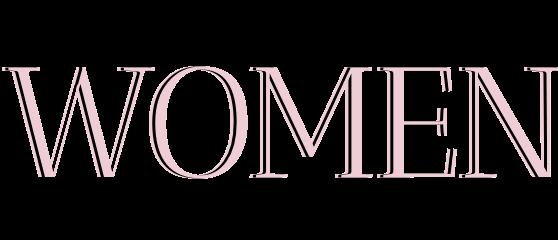




The story behind Little Rock Women Magazine and Website has always been to empower, inspire and support women in our local communities and the workplace.
We believe in diversity and gender equality, equal pay for equal work and believe that no woman should have to be in fear of harassment or assault in her community or workplace.
Women have made unquestionable advances — from American boardrooms and courts of law, to political and sports arenas — but inequality remains, especially in poor or rural areas. By simply being inclusive of an equitable number of women in an organization, it has availed itself of a larger talent pool, increased its attractiveness to potential talent, increased its ability to retain talent and has brought an insightful eye to market to potential users and clients of the organization’s products or services.
While outcomes of equality in the workplace should be achievable equally among genders, these outcomes may not necessarily be the same for all. Still, it’s essential to advance the trend of acceptance and advancement in gender equality to ensure that access and enjoyment of the same rewards, resources and opportunities are available to all. This includes freedom from gender discrimination and its stereotypes, pregnancy and parenting, freedom from discrimination in fields of employment where women have traditionally been excluded or discouraged and the systemic undervaluing of work traditionally performed by women.
Workplaces need to provide equal opportunities and pay for equal work; there is no justifiable reason based on gender not to do so. There should never be limits to the equal participation of women in the workforce. All should have access to all positions and industries; including leadership roles regardless of gender.
Women represent nearly half of the U.S. workforce and the number of women in politics is increasing rapidly. At some point in their career, one in four women has been subjected to harassment at work. Management has a responsibility to ensure they act early to both identify and stop harassment, but unfortunately, in many companies, occurrences are often ignored. If there are signs of harassment taking place within the workplace– no matter how big or small – it should be rectified immediately, and preventative processes reevaluated to avert such occurrences from happening again. Organizations have a responsibility to maintain an environment that is free of sexual harassment.
Today we are asking that our communities’most prominent workplaces and community organizations take a step to join Little Rock Women Magazine and its website to advocate for respectful, fair and dignified treatment of women.
Thank You
Rich Borell Founder & Publisher

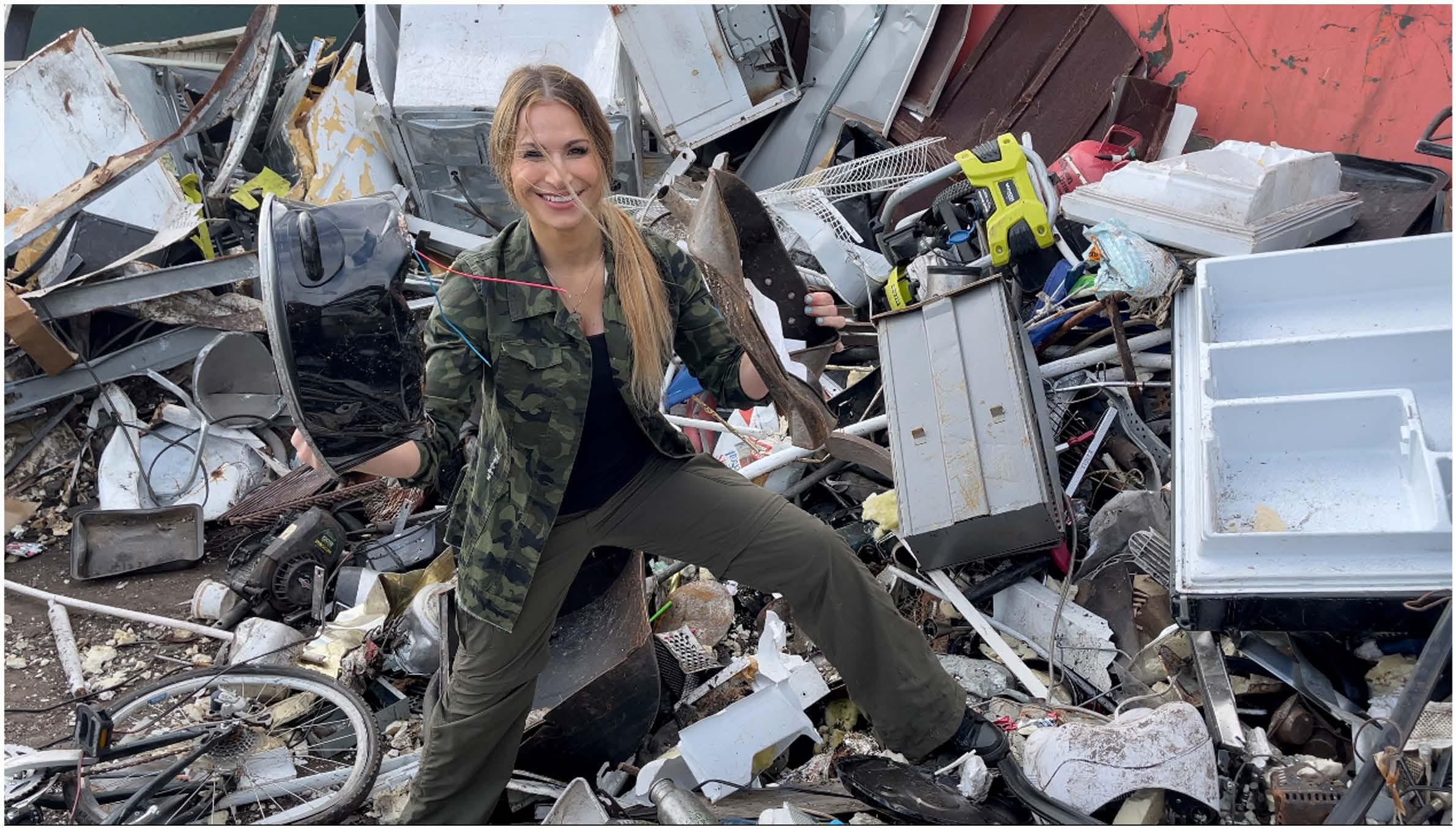

DR. TRACY FANARA
From The Weather Channel to Mythbusters-lnsights, Adventures, and the Science That's Changing Our World!
Meet Pamela H. Richards, Newly Elected Presidentof Federally Employed Women
Championing Women Educators
Americas Women Magazine LLCpublishescityeditions in selectcitiesthroughoutthe UnitedStates. Reproduction in whole or in part of anytextorphotographs withoutthe writtenpermission fromthe Publisher isstrictlyprohibited.The Americas Women MagazineLLCCity Editionsare not responsible forunsolicitedmanuscripts, artwork, or photographs.The opinionsexpressed in Americas Women Magazine LLCCity Editions areof the authorsanddo notnecessarilyreflect the viewsof Managementor Owners.The Americas Women Magazine LLCCity Editions assumesno responsibility orliabilityforclaims madebyadvertisers in anycityedition magazine.All rightsreserved. Publishersand/or Advertiser shall beheldblameless foranyandallpricing errors, along withanyexpireddates, typingerrorsor trademark infringements.If anyerrorsare found, we will correctthem whenbrought along withanyexpireddates, typingerrorsor trademark infringements. If anyerrors are found, we will correctthem whenbrought to our attention within 72 hours. For advertisingandeditorialinquires, contactusat info@americaswomenmagazine.

Hello Everyone,
I’m excited to announce the launch of my travel blog titled … TravelDestinations.Me
For those of you who know me, you’re already aware that, along with my bucket list, there are experiences in life that are especially important to me. These are things my wife and I enjoy doing together, like our weekly volunteer work, trying different fine dining restaurants, attending concerts, and checking out headliner comedians.
Personally, as a lifelong musician, I have always enjoyed doing benefit performances. During the holidays, I’m honored and privileged to perform for the elderly and young children who cannot be home for the holidays.
One bucket list item that my wife and I just can’t get enough of is travel. After many years of traveling, I thought it was time to start a blog. Our goal is to visit a minimum of 50 countries (we’re almost there). We’ve had some awesome experiences in countries like Australia, New Zealand, Ireland, Russia, India, Israel, Jordan, Egypt, Cuba, and many others.
Our other travel goal is to tour the USA twice! Our first tour of the US that we have finished has included famous attractions in each state along with Hall of Fames (Football, Baseball, Basketball, Rock n Roll, etc.), attending a Supreme Court session, glacier landing in Alaska, and visiting presidential libraries. In our second go around, we look forward to seeing more of the USA.
So, I thought it would be appropriate to share a series of blogs of my past experiences I have had over the years with you, titled Best Travel Memories
Rich Borell Founder & Publisher


Women have played a significant role in the field of artificial intelligence (AI), although their representation has been historically limited. Over the years, efforts have been made to encourage more women to pursue careers in AI, and their contributions have become increasingly recognized and valued.
In the early days of AI, women made notable contributions, such as Ada Lovelace, who is considered the world’s first programmer. However, as the field developed and gained prominence, the number of women involved declined. This decline can be attributed to numerous factors, including societal norms, gender biases, and limited opportunities for women in STEM fields.
In recent years, there has been a growing recognition of the importance of diversity and inclusion in AI. Research has shown that diverse teams lead to more innovative solutions and better outcomes. Consequently, there has been a concerted effort to increase the representation of women in AI.
Organizations and initiatives have been established to support and empower women in AI. These include conferences, workshops, and mentorship programs specifically designed for women. They provide platforms for networking, skill development, and knowledge sharing, helping to bridge the gender gap in the field. Women have excelled in various domains within AI. They have contributed to machine
learning, natural language processing, computer vision, and robotics, among others. Their expertise has led to advancements in areas such as healthcare, finance, and social sciences.
Additionally, women have been influential in addressing bias and ethics in AI. They have raised awareness about the potential dangers of biased algorithms and have advocated for the responsible development and deployment of AI systems. Their perspectives have been instrumental in shaping policies and guidelines to ensure AI technologies are fair, transparent, and accountable.
Despite progress, gender disparities still exist in AI. Women continue to be underrepresented in leadership positions and face challenges such as implicit biases, gender stereotypes, and worklife balance issues. Ongoing efforts are needed to create an inclusive environment where women can thrive and contribute fully to the field.
In conclusion, women have made significant contributions to AI throughout its history, from Ada Lovelace to present-day experts. Efforts to increase gender diversity in the field have resulted in more women pursuing careers in AI, and their contributions have proven invaluable. However, continued efforts are required to promote inclusivity, address gender disparities, and ensure that women have equal opportunities to shape the future of AI.
Raquel is a dynamic communications leader who understands the importance of being bold and taking risks. She is a high demand speaker for keynote events and executive coaching.
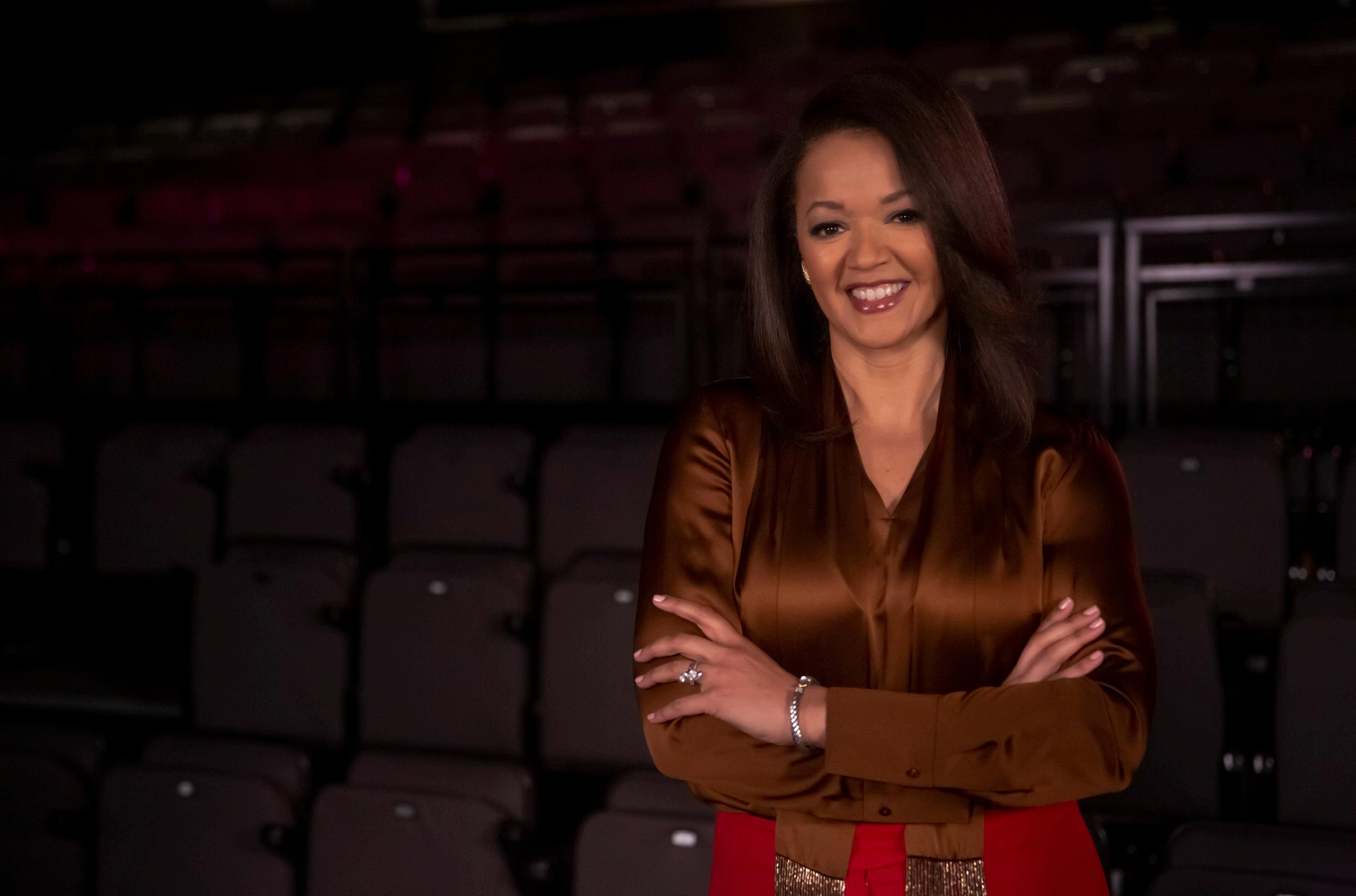
Raquel Eatmon is a restauranteur, CEO of Rising Media LLC (a communications company), author of two books, founder of the Woman of Power Conference, and a national keynote speaker.
Starting out with a promising career in television news, she quickly climbed the ranks as an anchor/reporter in top markets such as CBS in Dallas, Texas. She longed to create deeper connections with viewers. Over time, she grew disillusioned with the broadcast news business and left her high-profile position in search of a deeper purpose.
Raquel is a serial entrepreneur. She started a communications company, Rising Media LLC, and built a portfolio for women’s empowerment and social change. Today, she owns and runs a boutique restaurant right in
the heart of downtown Cleveland, Ohio, called Osteria Italian.
Q: What was the support system that you had in the back of your mind when you left the TV news industry?
RE: When I decided to leave my post as a television news anchor, I didn’t have a support system. Just about everyone in my family and social circle advised me against it. People considered the job a major position, one that is difficult to achieve, and one that would likely set me up for greater success in the international news media circuit. So, no, there wasn’t a support system, but there was a belief system.
I believed that I could do more good elsewhere. I believed that I could contribute to a greater cause. I want-

ed to assist others as well as help myself. I desired a different life, and I believed I could do it.
Q: As a former news anchor, what are your thoughts regarding the current integrity in the media?
RE: I don’t watch any local news. I cringe at the storytelling, or lack thereof. This isn’t the reporters’ fault though. Often, in today’s newsrooms, reporters don’t have much opportunity to slow down and hone their skills. They are on a constant grind to research, gather the story, and often shoot the video. Then there is a run to edit, to go live, and to craft a copy of the story for social media.
I enjoy some national news shows. Integrity in the industry really starts and ends in the morning and afternoon meetings. It starts at the top. If the leaders aren’t asking the right questions, the whole shop is off track. Although I’m not privy to the discussions behind the doors of those meetings, I can tell a lot about what’s being discussed based on the delivery of the newscast.
Q: What sort of challenges has WoPC faced since the pandemic?
RE: The Woman of Power Conference (a leadership forum for high potential women) had a marvelous run for eleven years. In 2019, a gentle nudge told me to sit 2020 out. Everyone suggested I move forward because the production had gained tremendous momentum. There was a lot of pride around WoPC. Many women (and men) supported the initiative. But I listened to my inner voice. We didn’t produce
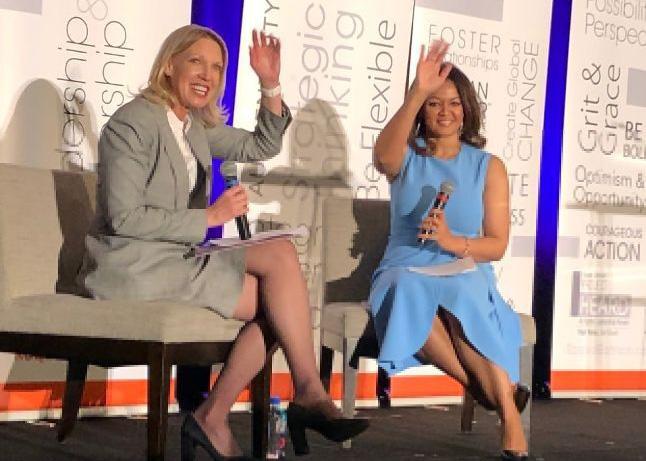
another event in 2020. I made an executive decision to close the chapter on that book.
Q: What other high-achieving women do you point to at your conference?
RE: There were so many great high-achieving women and men involved in the conference. There are too many to name, but they hold a wide range of titles at companies like KeyBank, Sherwin Williams, VitaMix, and Moen just to name a few.
Q: When you’re offline, what sort of activities do you engage in to re-charge your batteries?
RE: I surround myself with as much love as I can find. Family and friends are important. I absolutely find joy in being with my dog. When I need time alone, I hike in the mountains. I enjoy reading NY Times newspaper—the actual paper, the one when you turn the page, a little ink might be on your fingertips. Whatever I’m doing, there is always a cup of tea nearby.
Q: How hard is it to deliver a message of the Path of Grace and Kindness (from your blog) and outdo the notion that success is defined by massive wealth?
RE: Health outweighs wealth. Practicing meditation and gratitude can have a major impact in and on our lives.
Today, I am a restauranteur. I am, along with my partners, operating a boutique-style Italian restaurant in the heart of downtown Cleveland, Osteria Italian. It’s a popular place, and for the those of us behind the scenes, it can be quite stressful. Stress is damaging; it interferes with our ability to think clearly.
Those are the moments when it’s urgent to go within. People treat gratitude as an always sunny side up. When things are going good, give thanks! I have learned the power in this: Give thanks when things aren’t going good; that’s where we really strengthen ourselves.
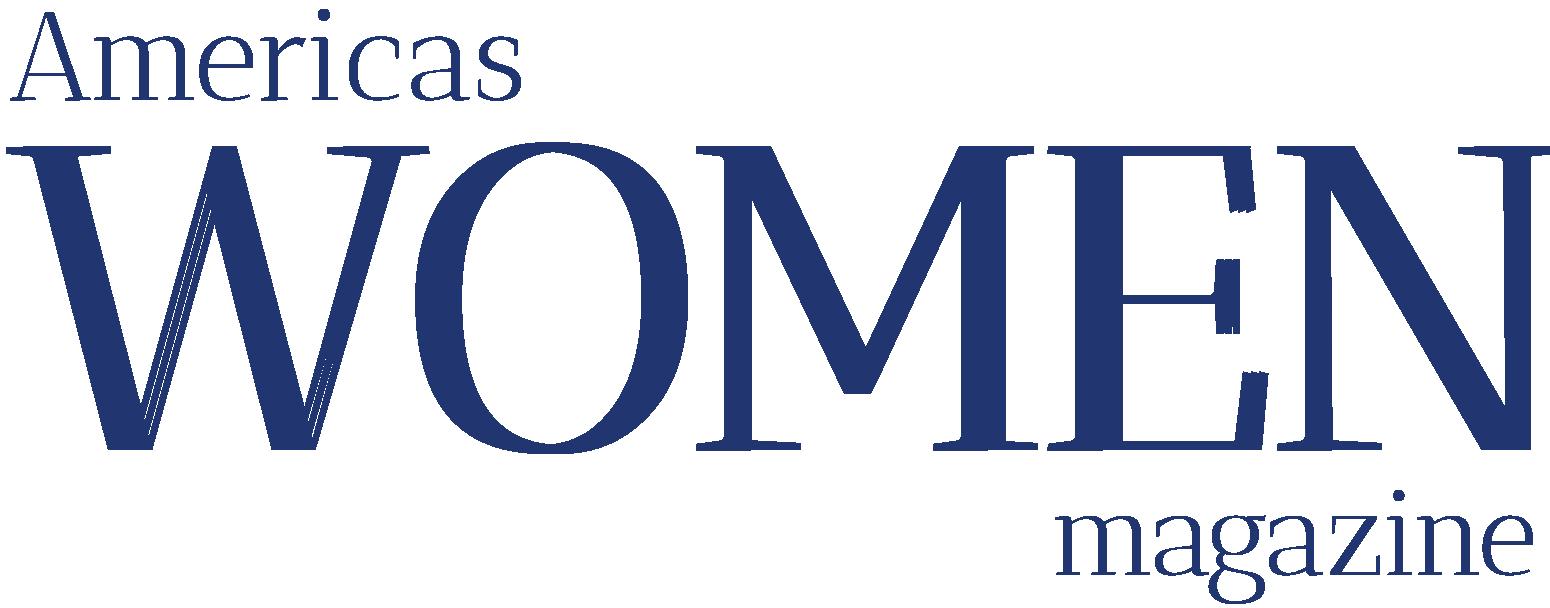
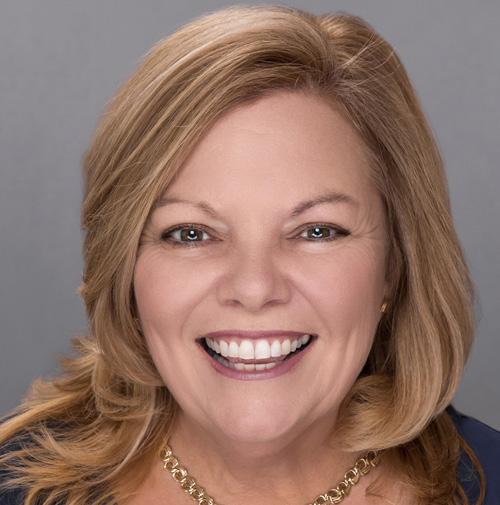
Kate is a speaker, author, and Emmy Award winning talk show host. Kate’s interviewed over 16,000 people, including U.S. Presidents, Fortune 500 CEOs, and Hall of Fame athletes.
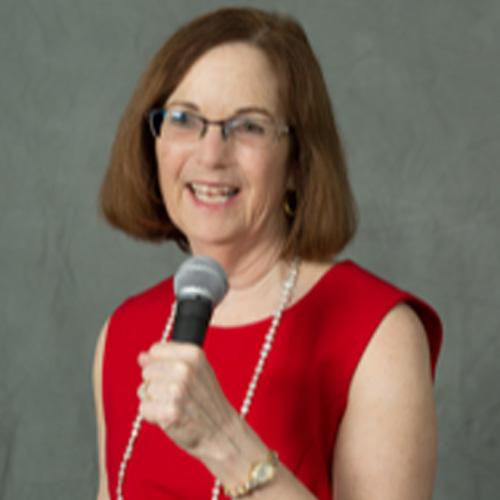
Elinor is the CEO of Smooth Sale. She’s also an International Best-Selling and Evergreen Author, Top 1% Influencer, Inspirational Speaker.
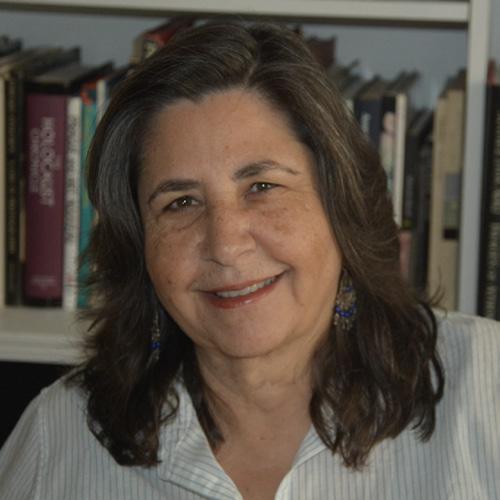
Andrea Simon is a writer and photographer based in New York City. She has worked as an editor, writer, and manager on diverse projects, and was the co-owner of an editorial/production company that specialized in health-related educational materials.
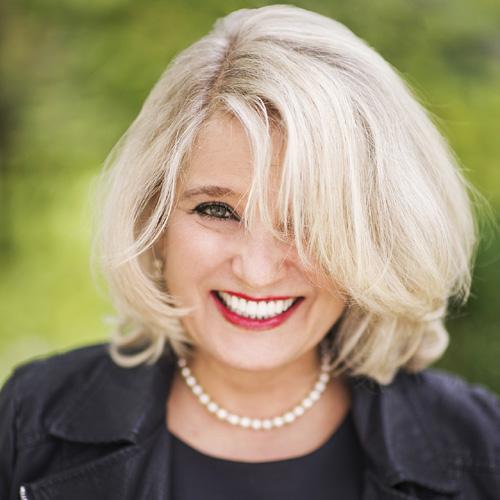
MILLEN LIVIS is International Holistic Financial Independence mentor, International best-selling author, investor, and entrepreneur.
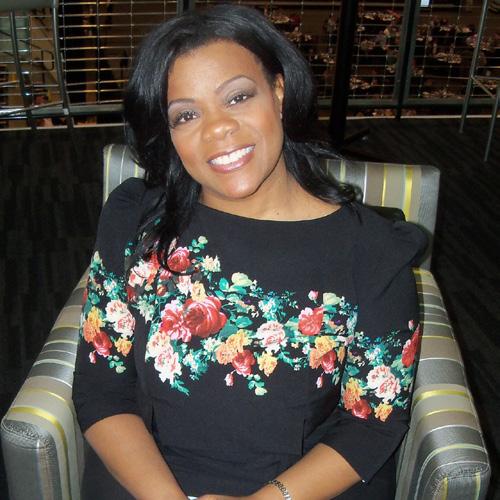
Dr. Janice McLean DeLoatch is a passionate advocate for entrepreneurs and women in the entertainment industry. She created the Women Songwriters Hall of Fame to honor women whose work represents the heritage and legacy of the world’s music songbook. She serves as the Founder, Chief Executive Officer, and Chairman. Janice is also a Tv Host, Radio Personality, Entrepreneur and Author.

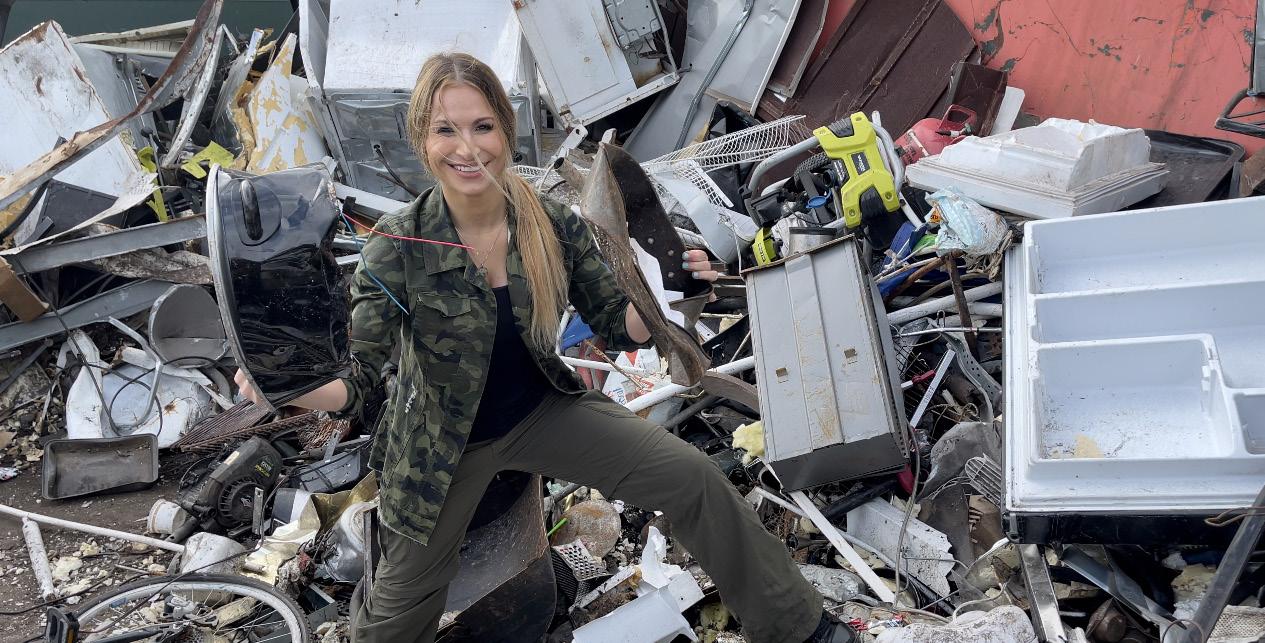
You May Have Seen Her on The Weather Channel as an Expert or on the Show Weird Earth or on the Science Channel’s Mythbusters and What On Earth? An Exclusive Interview with
Dr. Tracy
Q: When did you know you wanted to become an environmental engineer and research scientist?
TF: From the time I was a little girl, I loved animals. After it would rain, I would go to the abandoned train tracks behind my house to catch tadpoles. I was amazed that these creatures could find life in a temporary pool of water, and I was obsessed with watching them grow into frogs. I would have a number of blue cups on my dresser next to my bed, filled with a couple tadpoles each. My mom didn’t love the fact that I was always bringing random animals inside, but she let me do it anyway. One
night while I was sleeping, she came into my dark room to clean while drinking a glass of water. She put the water down on my dresser, picked up my clothes on the floor, then grabbed her water from my dresser and drank it. She walked out of the room, to the hallway, looked down, and saw the blue cup. She started screaming. I started crying because she had eaten my pets. After that, my mom started to go to the doctor a lot, and I felt horrible because I was sure it was from drinking tadpoles, but it wasn’t. I didn’t understand what was going on, so a teacher told me a story to give me some insight. She told me how, before I was born, there was an abandoned ca-

nal that a chemical company used as a hazardous waste dump site for decades located near where I lived. Once full, they covered it up with soil and sold it to the county for a dollar. The toxic chemicals traveled through the soil and groundwater after every rainfall and snowmelt. There was toxic sludge seeping through basement walls. There were birth defects and a myriad of other illnesses. To protect the local economy that was tied to the chemical company, the people were told by the county that everything was fine while problems escalated. The relentless efforts of one woman led to one of the most important federal programs that exists. The incident at Love Canal inspired the US Environmental Protection Agency’s Superfund Program (a program to clean up hazardous waste sites), and it led to my understanding of how everything is connected. What we put into the environment always comes back to affect our health. My mom’s cancer diagnosis in her twen-
ties may or may not have been connected to environmental disaster, but I quickly realized that there were incidents like this all over the world and many more right in my hometown. The more I learned, the more I focused on the compound that dictates the health and safety of wildlife and humans; I focused on water.
How I became an engineer is a strange story. It started with a cold day at Hobart and William Smith Colleges and a voice message from my parents who had moved to Florida. I was so sick of walking uphill through the snow to get to lacrosse practice that I applied to the University of Florida. That summer, I was a camp counselor in Maine when I got a message from my mother that I had received a rejection letter from the University of Florida. I took my transcripts down to UF and knocked on every door that sounded sciencey, and the one person who was there was the chair of the Environmental Engineering Department. I had never heard of the major and engineering sounded boring, but the chair, Dr. Paul Chadik, explained that environmental engineers were responsible for protecting and providing water to humans and wildlife, they protected people from natural disasters, and they designed and built solutions to the world’s most pressing issues. Everything came full circle, Dr. Chadik admitted me, and I signed up to be a superhero. I would be rejected by UF two more times. I received all three of my degrees from UF, ranked third in the world at the time I graduated.
Q: Can you share with our audience what you’re currently working on at the National Oceanic and Atmospheric Administration?
TF: After years of water and stormwater design, pollutant transport and stormwater research, and running a research program at Mote Marine Laboratory, my full-time job is working for the United States National Oceanic and Atmospheric Agency (NOAA) as the manager for coastal and ocean models. Let me tell you a little bit about why I took this job, which will help explain what I do. I was the program manager of environmental health at Mote Marine Laboratory researching a toxic microalgae, commonly called Florida red tide, and developing technology for detection of the species. The species is unique because the blooms start offshore at the ocean bottom and can release a toxin that causes wildlife fatalities, but the toxin can also aerosolize (meaning that it can attach to salt particles in the air and travel onshore). We get a bloom every year, and the blooms are normally patchy and impact an area for a few weeks at a time. These blooms can be exacerbated (or intensified) nearshore with nutrients from natural and human activity (biogenic material like leaves, wastewater overflows, fertilizer, development, etc.). In late 2017, Hurricane Irma caused an upwelling event that likely was the cause of a bloom, which we saw about three weeks later. That bloom persisted all winter, as a toxic freshwater al-
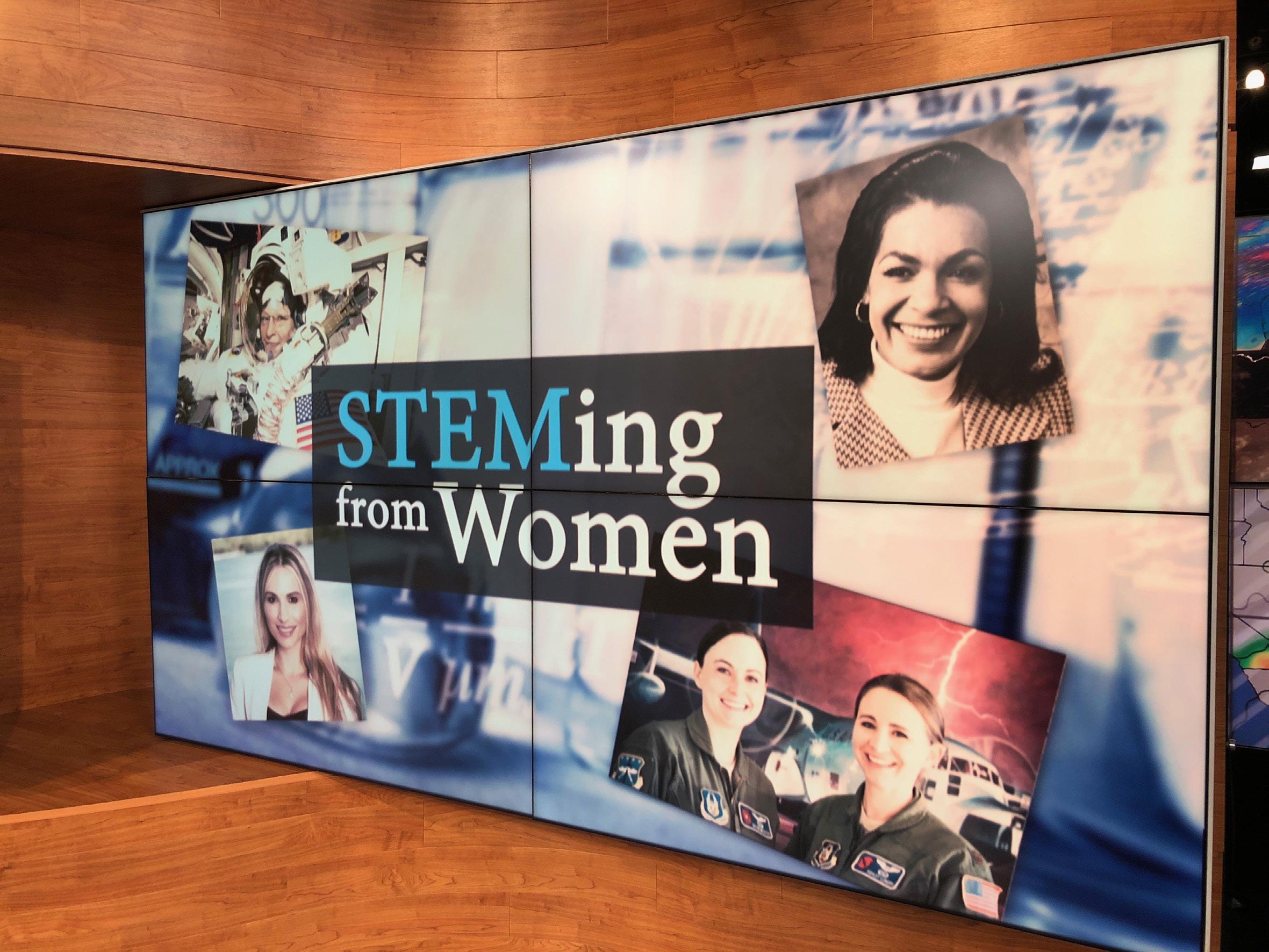
gae that had bloomed on a big lake in the middle of the state continued to grow. This persisted into the summer of 2018 during an El Nino year where we got a lot of rainfall, causing the lake to be released, and in addition to other sources of nutrients, fueled the existing Florida red tide bloom. There were mass wildlife fatalities and toxic aerosols traveling at least twenty miles inland, and the economy crumbled in the state, which was dependent on tourism and water recreation. Florida declared a state of emergency. The public wanted answers we didn’t have. After seventy years of research, we still had so many questions, and I realized that it was because we were trying to understand a microscopic algae through a microscope. Nothing exists in nature alone; everything is connected. Blooms were impacted by hurricanes, currents, perhaps even ancient sink holes (blue holes) bringing nutrients from land, and even Saharan dust coming over from Africa into the Gulf of Mexico and feeding a precursor species offshore that, when they die, feed red tide. I jumped at the chance to work with NOAA to
“connect the dots” of earth systems through modeling efforts to better predict threats to lives and livelihoods. At NOAA, my portfolio at the National Ocean Service includes all our United States operational models from the bottom of the ocean to storm surge, including models for ecologic systems and incidents like oil spills and other hazardous threats. These models are coupled with or influenced by output from weather and hydrology models and are also informed by observations.
Q: Tell us about your position with the Weather Channel.
TF: In 2012, my cousin was obsessed with the Kardashians and their Instagram account. I didn’t have Instagram at the time but told her to also check out some cool women on TV making discoveries and inventing things. She asked for an example, and I realized that I couldn’t give her one. So, I decided that I would be that example. I started filming myself every day in order to be a better communicator and presenter. I was awful
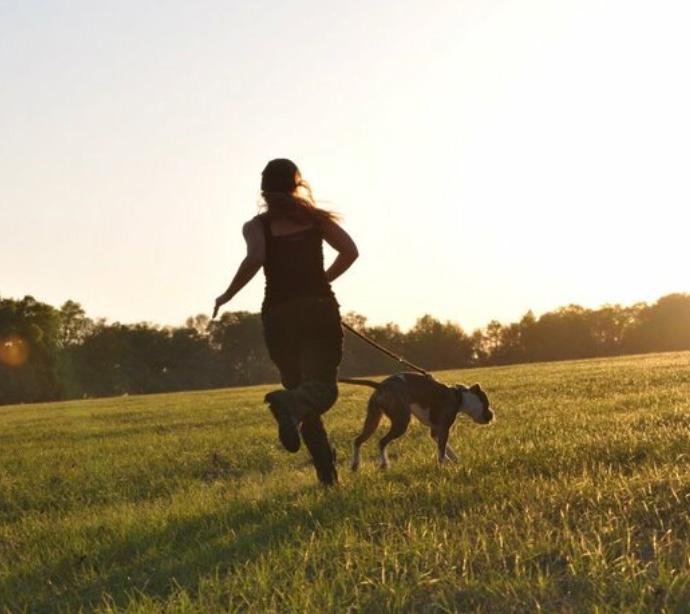
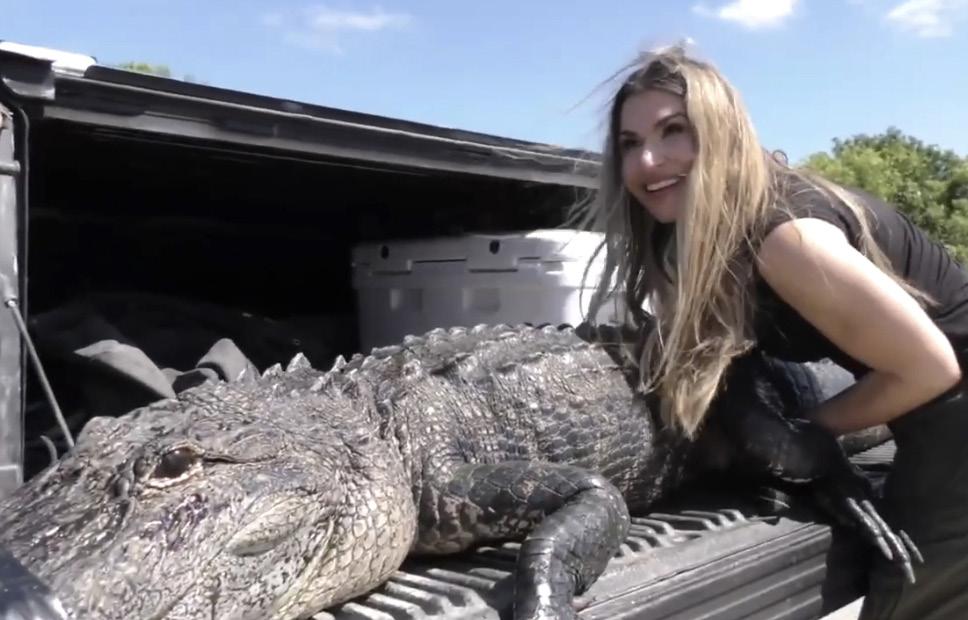
when I started; I was even awful for years. But then I started to get better. I made a video about my Ph.D. research and put it on YouTube where Discovery Channel found it. I began developing potential shows with them until I was picked up for the reboot of the series MythBusters, which aired in 2017. In 2018, Florida declared a state of emergency as the west coast of the state was plagued by two toxic algae blooms causing mass wildlife fatalities, threats to public health, and the economy to crumble. As an expert on the event, I was asked to interview with The Weather Channel. I was a huge fan of The Weather Channel—they have the best science communicators on the planet. I figured it was an interview with some local affiliate for the network, but I was excited anyway. Then I connected into the virtual video interview and the producer said, “You’ll be on with Steph and Jim today,” I was trying to stay calm as I was freaking out. He was talking about Jim Cantore, the most iconic personality on TV, and Stephanie Abrams, a legendary University of Florida graduate. I

remember making fun of the Alabama mascot wanting to be named after this toxic algae when really they were elephants, and that began a chain of interviews about everything from algae blooms to birds flying in a V, including one interview highlighting inspirational women in science. I started doing a show called Weird Earth with the network. Hopefully, I’ll be doing more longform shows with them.
I work with many other networks including National Geographic, ABC, CBS, and HBO. I also went on to do more shows with Discovery and Science Channels, eventually leading to an opportunity to co-host a show during Shark Week.
Representation matters, and a young girl seeing a practicing female scientist may inspire them to be a scientist (which we need many more of). That was the reason I started doing TV, but it also turns out that I love it. I get to investigate something exciting enough to grab the
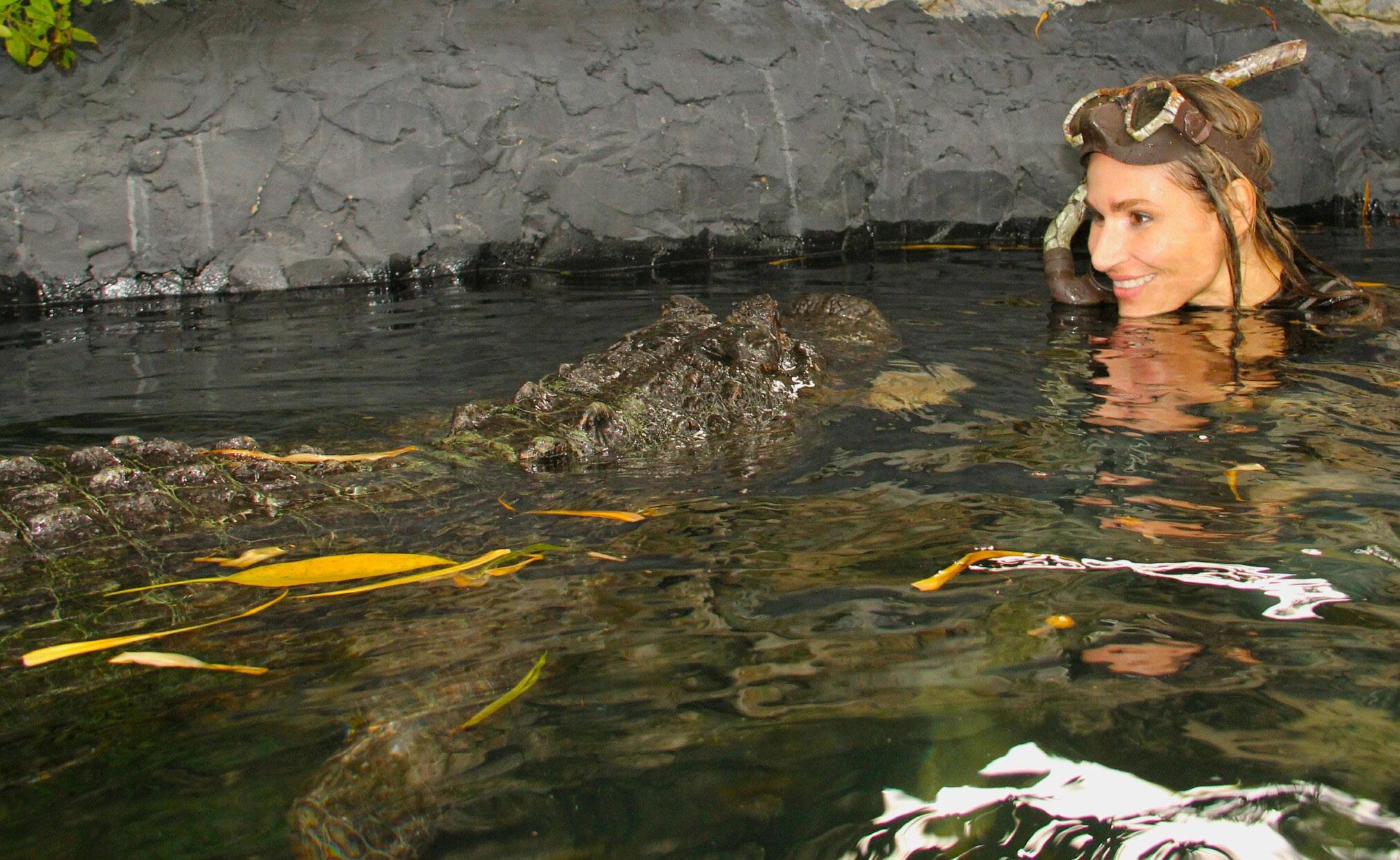
attention of the general public then figure out how to tell a story to subtly educate while entertaining. While I’m filming, I forget about everything else in the world. It’s just me and the scientific mystery at hand.
Q: How did you get the nickname Inspector Planet?
TF: “Dr. Earth” was taken, and I was a poor Ph.D. student that couldn’t afford the 5K that the owner of “Dr. Earth” demanded. Then I went to everyone I knew and explained to them what I was doing and asked for suggestions. I wanted to create a mission that inspires curiosity and action by bringing together innovation and sustainability. The more I talked about it, the more it started to sound like earth protecting Captain Planet with the innovative tools of Inspector Gadget. Inspector Planet was born… and it was available.
Q: What kind of information is available to us on InspectorPlanet.com?
TF: Every platform I use has different information, but I will admit that I need to do better with prioritizing the online presence of the Inspector Planet mission. On the website you can find some
information on weather and water, some educational videos, and links to other platforms where information on camps that I run, public speaking events, workshops, Science Fairs and Festivals I am involved with and Inspector Planet beach cleanups, are posted. Each platform has different information: Facebook is where environmental news is posted daily, Instagram is where environmental phenomena are explained and events are socialized, my YouTube page has some educational videos and also my first and only rap single called “Polar Ice Ice Baby”, and Twitter ... which I mainly just use to retweet warnings and information from the National Weather Service and The Weather Channel.
Q: Which woman inspires you and why?
TF: There are so many women that inspire me in different ways. Stephanie Abrams and Jenn Carfagno at The Weather Channel, Dr. Dana Wetzel at Mote Marine Laboratory, Marie Colton, Marian Westley and Rachael Dempsy at NOAA, Kandis Boyd at the EPA, my friends that have kids and work full time, and any adversaries/ competitors I’ve had along the way that have pushed me to do and be better. The woman that
inspired me most was my mom. She had me very young, didn’t get to go to college after high school and dominated every field she randomly entered from being an incredible artist and hairdresser to leading events for the National Cancer Society, then convincing a newspaper to hire her as the Publisher at a newspaper where she turned the paper into a success story. Her expectations of me were high because she truly thought I was brilliant. I wanted to be brilliant because of it, I made sure to work as hard as possible to prove her right. She ended up getting her college degree in her 40s and starting a non-profit after my father passed to provide instruments to kids in underserved communities.
Q: Can you tell us how you manage your work life balance?
TF: Having a routine is key for me, and running after work, outside, before dark, breaks up the day between work and life. Running in areas with a lot of trees and having non-science friends are key pieces to staying mentally healthy for me. Although some of my best ideas have come from my runs and the best lessons in science communication have come from explaining scientific topics to my friends, running and being around people that make me laugh give me the balance I need. Sometimes I manage work life balance better than other times. For example, right now it’s 11:30 on a Monday night and I’m writing this paragraph because this weekend was packed with running a beach cleanup, editing the next comic book issue in the series that I co-produce, and editing documents for my work at NOAA. When things get out of control, like they are
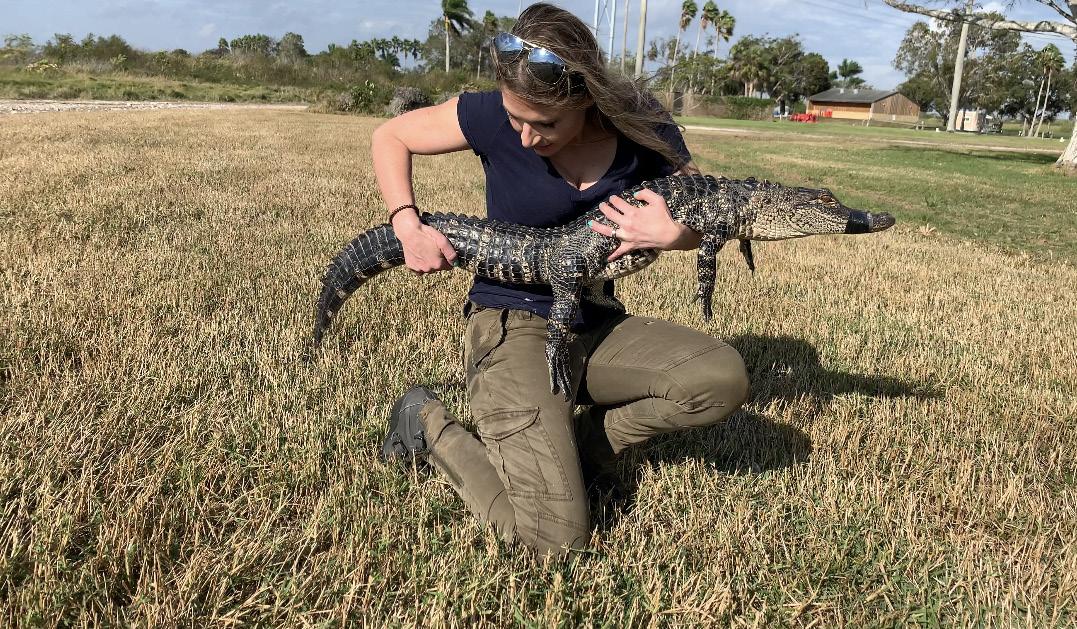
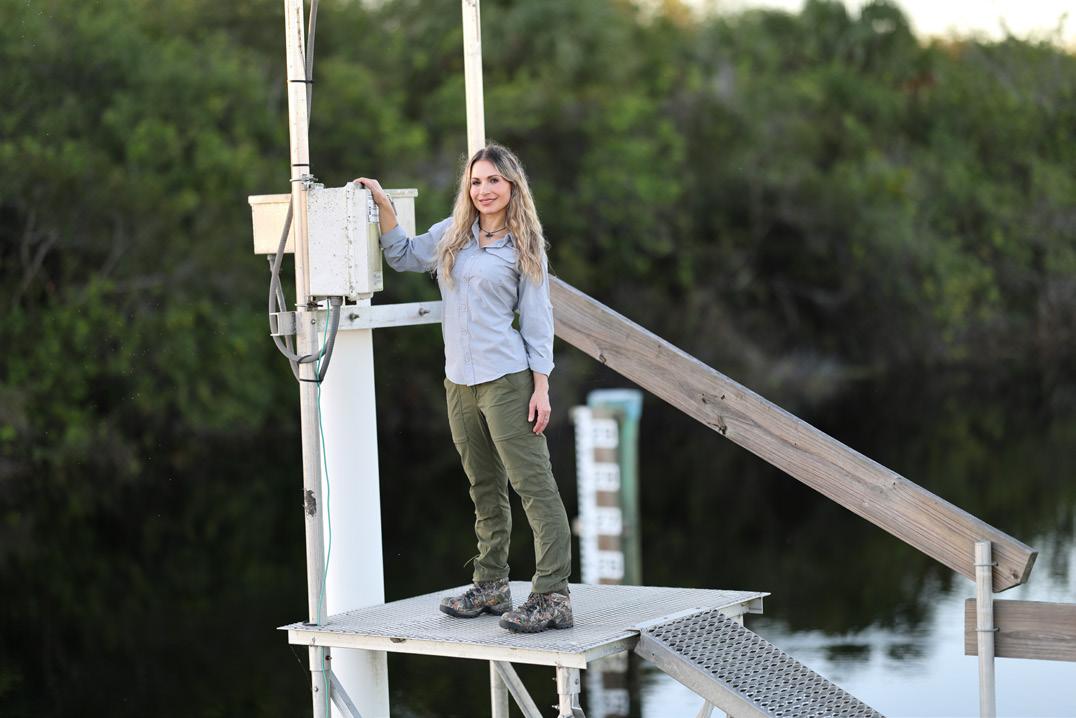
now, I need to reset. I go somewhere where there is no internet or phone service, and I live like it’s 1999. It does wonders.
Q: What is your advice for women in male-dominated fields? `
TF: Unfortunately, in some places you will have to work twice as hard as your male counterparts to be respected and heard. You may voice an idea that is shot down, only for that exact same idea to be praised five minutes later when it’s presented by a man. You may be ignored at meetings or told your design won’t work just because your male coworker would do it differently. You may not be invited to baseball games that all the guys in the office are going to with clients… maybe I’m getting a little too specific. Here is my ad-

vice- you can’t change people. You can work harder and harder and maybe it eventually works, but if it doesn’t, go somewhere where you are valued. You bring unique skills that will be praised and seen as an asset in the right place. The most important thing that women can do in the workplace is mentor and bring other women up with them… like men have done throughout history. I’ve heard so many people say “it was hard for me, it should be hard for them”; when it comes to equal opportunity, this mindset needs to be abolished. Our professional legacy is stronger with every student we mentor and every early career colleague we help. Especially in science- if those you coach, teach or supervise end up going farther than you, you did it right.
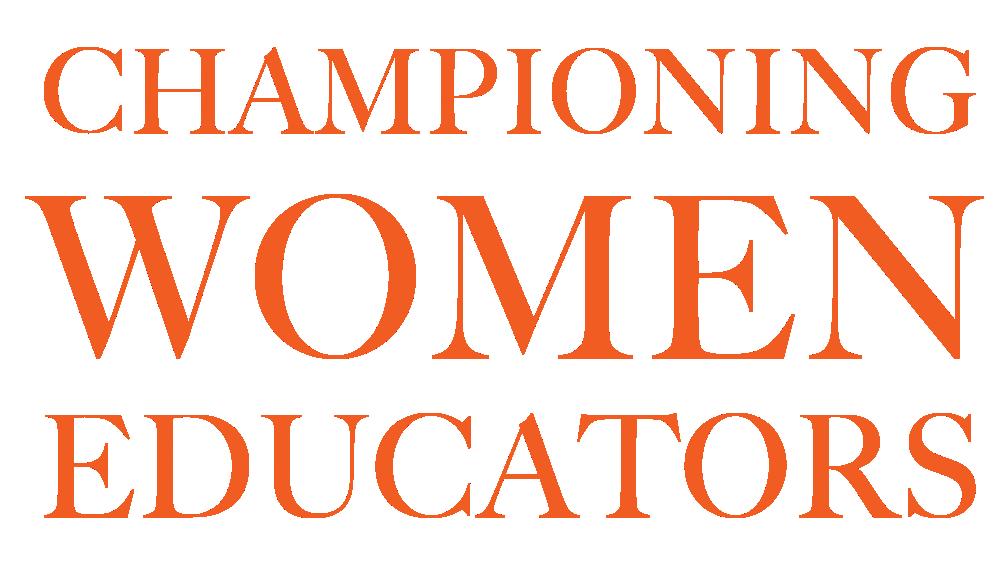
Sponsored by


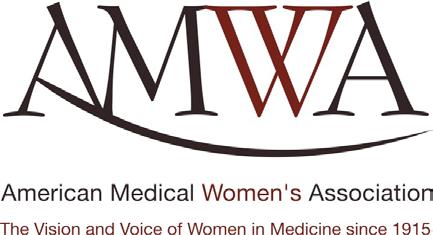



Education is the cornerstone of progress and development in any society, and the role of educators cannot be overstated. Among these dedicated professionals, women have played a pivotal yet often underappreciated role. Throughout history, women educators have faced numerous challenges, from limited access to education themselves to gender bias and discrimination within the profession. However, their resilience, innovation, and passion for education have propelled them forward, inspiring generations of learners. In this essay, we will explore the vital contributions of women educators, the challenges they have overcome, and the significance of championing their role in the field of education.
The role of teachers is one of immense importance. They are the architects of the future, shaping young minds, nurturing talents, and igniting a passion for learning. In the pursuit of educational excellence, it is crucial to recognize and support women teachers who, despite their tireless dedication, often face unique challenges. This article delves into the vital contributions of women teachers, explores the obstacles they encounter, and highlights strategies to foster an environment that empowers and uplifts them.
Women educators have consistently demonstrated innovation in teaching methodologies and curriculum development. Maria Montessori revolutionized early childhood education with her groundbreaking Montessori method, emphasizing child-centered learning and individualized instruction. Eleanor Duckworth’s work in cognitive development challenged conventional teaching practices, advocating for a deeper understanding of how students learn. These women, among countless others, have left an indelible mark on the field of education through their creative and transformative approaches.
Women teachers have been a driving force in the educational sphere for centuries. They provide not only academic guidance, but they also serve as mentors, counselors, and role models for students. Their impact extends beyond textbooks, often imparting values, empathy, and life skills. Women teachers play a pivotal role in instilling confidence, self-worth, and ambition in the young minds they nurture.
The journey of women educators has been marked by formidable challenges. In many societ-
ies, women were either denied formal education or access was severely restricted. However, this did not deter trailblazers. Women like Malala Yousafzai, who defied the Taliban’s edicts to advocate for girls’ education, demonstrated remarkable courage in the face of adversity. Even in more developed societies, women educators faced unequal pay, limited opportunities for career advancement, and institutionalized biases. Their determination and persistence ultimately led to significant strides towards gender equality in education. Some of their greater challenges are highlighted below.
Equal Pay and Benefits: Ensuring that women teachers receive equal pay for equal work is fundamental. Additionally, offering benefits like paid parental leave and flexible work arrangements can help address the work-life balance challenges they may face.
Gender Bias: Gender stereotypes persist within the teaching profession, with the misconception that it is primarily a “woman’s job.” As a result, women teachers may encounter lower pay scales, fewer opportunities for career advancement, and diminished recognition for their accomplishments.
Work-Life Balance: Teaching is a demanding profession that often requires long hours, extensive lesson planning, and extracurricular responsibilities. Balancing these demands with family responsibilities can be challenging, leading to stress and burnout for women teachers.
Professional Development and Training: Providing accessible and relevant professional development opportunities is crucial. Offering workshops, seminars, and conferences that cater to the specific needs and interests of women teachers can enhance their skills and confidence in the classroom.
Access to professional development opportunities is essential for teachers to stay updated with evolving teaching methodologies and technologies. Women teachers may face obstacles in accessing these opportunities due to financial constraints or a lack of available resources.
Advancement to Leadership Roles: Women are underrepresented in leadership positions within educational institutions. This imbalance limits their influence on policy decisions and organizational culture.
The future of women teachers in the United States is influenced by a combination of societal shifts, policy changes, and evolving educational practices. Ensuring that women teachers receive

Women educators have been at the forefront of advocating for inclusive and diverse educational environments. They recognize the importance of representing different perspectives and experiences in the classroom. By championing diversity, women educators contribute to the creation of more equitable educational spaces where all students feel valued and empowered to learn. Their efforts have paved the way for greater inclusivity in curriculum design, cultural awareness, and representation within educational materials.
The contributions of women educators extend far beyond the classroom. Educated women have been shown to have a positive impact on their families, communities, and societies at large. Studies consistently demonstrate that when women have access to education, there are lower birth rates, improved child health and nutrition, and increased economic stability within families. Furthermore, educated women are more likely to engage in civic and community activities, leading to stronger, more vibrant societies.
In summary, the future of women teachers in the United States holds great promise as they continue to lead and influence the education sector. Their role extends beyond the classroom, impacting policy, technology integration, and advocacy for gender equality and inclusivity. By actively shaping the education landscape, women teachers will ensure that the next generation receives a well-rounded and equitable education.
Women are slowly but steadily moving into leadership roles within education. The future will likely see more women in positions of authority, such as principals, superintendents, and educational policymakers, where they can influence educational practices and policies on a broader scale.
Supporting women teachers is a pivotal step in nurturing a fair, inclusive, and high-quality education system. By acknowledging the unique challenges they face and actively implementing strategies to empower them, we can create an environment where women teachers thrive and make an even greater impact on the lives of their students and the communities they serve. In doing so, we recognize the immeasurable value they bring to education, securing a brighter future for all.
Championing women educators is not only a matter of justice and equality, but it is also a strategic imperative for advancing education worldwide. Through their tenacity, innovation, and dedication, women educators have transformed the field of education, leaving an enduring legacy. By recognizing and supporting their vital role, we not only honor their contributions, but we also pave the way for a more inclusive, diverse, and prosperous future for all. It is incumbent upon us to continue breaking down barriers, advocating for equal opportunities, and celebrating the remarkable women who shape the minds and hearts of future leaders.
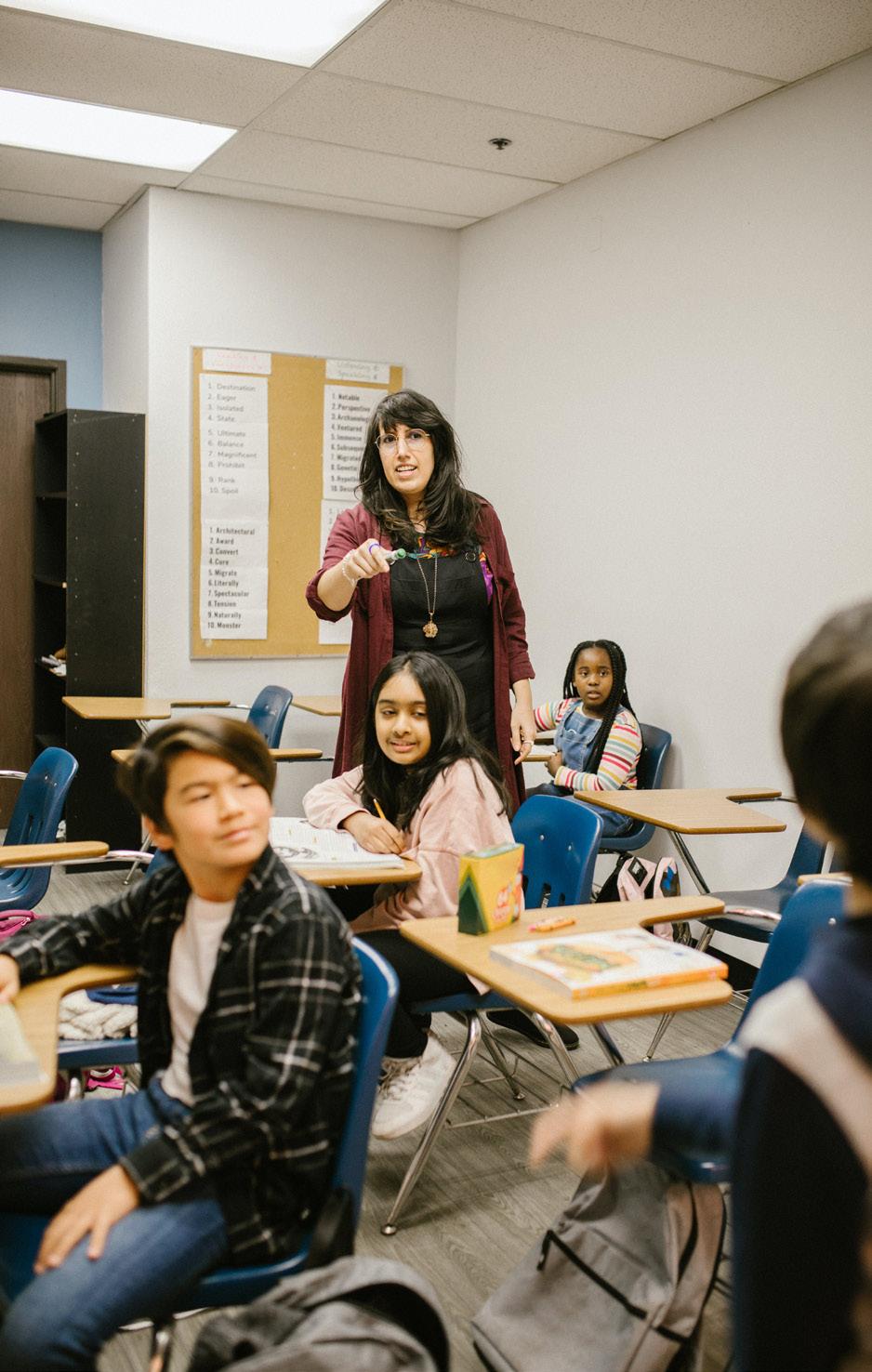
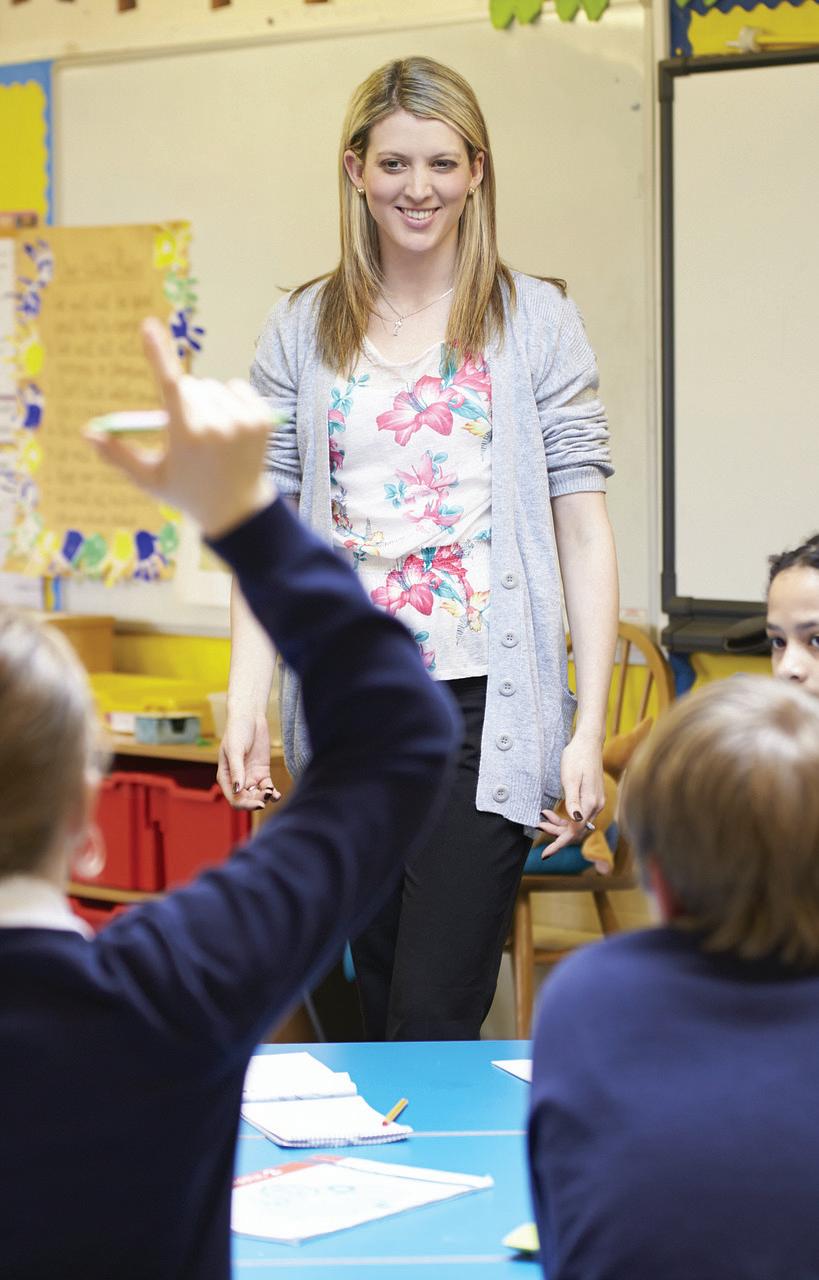
equal pay for equal work is fundamental. Additionally, offering benefits such as paid parental leave and flexible work arrangements can help address the work-life balance challenges they may face.
Educational Technology Integration: As technology continues to play an integral role in education, women teachers will adapt and play a crucial role in shaping the use of technology in the classroom. Their expertise will be sought in designing and implementing technology-based teaching strategies and online learning environments.
Advocacy for Inclusive Education: Women teachers are at the forefront of advocating for inclusive and diverse educational environments. They will continue to push for inclusive curricula, cultural sensitivity, and equitable access to educational resources for all students.
Work-Life Balance Initiatives: Future women teachers will advocate for improved work-life balance, especially as younger generations place a premium on flexibility and well-being. Policies like paid family leave, flexible work arrangements, and professional development opportunities will be prioritized.
Teaching is a demanding profession that often requires long hours, extensive lesson planning, and extracurricular responsibilities. Balancing these demands with family responsibilities can be challenging, leading to stress and burnout for women teachers.
Advocacy for Gender Equality: Women teachers will continue to work towards greater gender equality within and outside the education sector. Their influence will extend to advocating for women’s rights, equal pay, and opportunities in all professions.
Specialized Fields: Women teachers will make inroads into traditionally male-dominated fields, such as STEM and vocational education. They will serve as advocates and mentors, helping to bridge the gender gap in these areas.
Community Engagement: Women teachers will continue to play an active role in community engagement and outreach. Their involvement in initiatives that strengthen the connection between educational institutions and their communities will be instrumental in fostering a culture of lifelong learning.
Challenges and Advocacy: Despite progress, women teachers will continue to face challenges, such as gender bias, wage disparities, and addressing the needs of diverse student populations. They will remain vocal advocates for addressing these challenges to create a more equitable education system.
One of the most powerful impacts of women educators is the inspiration they provide to future generations. Their presence in classrooms and in leadership positions serves as a beacon of possibility for young girls and boys. When students witness women educators excelling in their roles, it challenges stereotypes and encourages them to pursue their own educational aspirations. Additionally, women educators often serve as mentors, providing invaluable guidance and support to aspiring teachers, particularly those from underrepresented backgrounds.
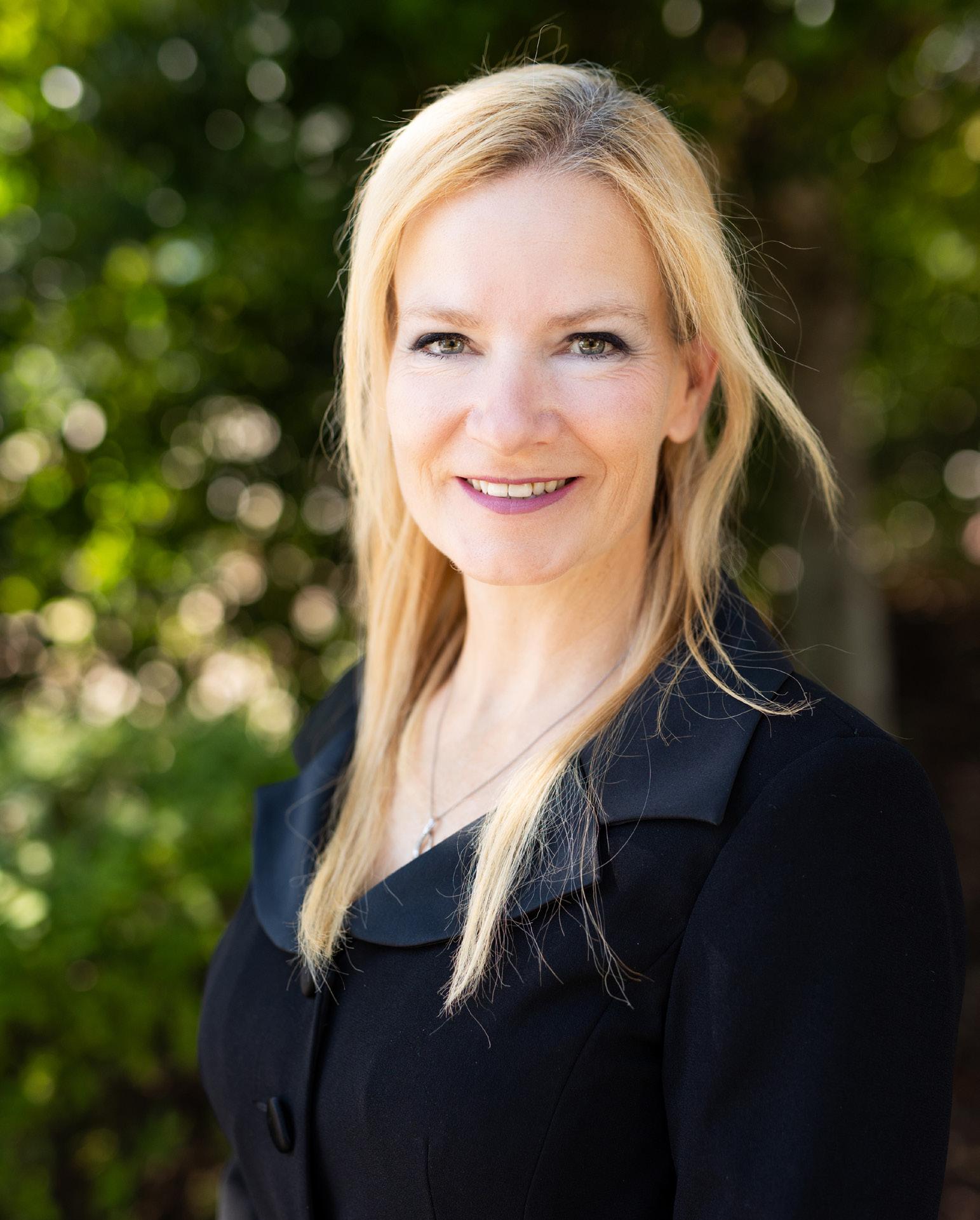
Easing Family Legal Stress with a Personal Touch and Empowering You to Move Forward
Q: When did you know you would pursue a career as an Attorney?
BR: When I was three years old, I told my mother I wanted to be a judge, so I could “make all the decisions.” Obviously, I don’t remember that, and I have no idea where I got that notion. However, I’ve always loved debate, “gray” areas, formulating arguments, and social activism. I
knew for sure that law was right for me when I took a “gap year” after college. At that time, my job as a social worker, while rewarding, made it clear that I wanted to have more control over my career, my income, and to make a more global impact.
Q: Can you share with our audience, the types of law you specialize in?
BR: Although I started out doing minor criminal defense and family law, my career has consisted primarily of family law practice. This includes anything from divorces, child custody, child support, to adoption, guardianship and more. I’ve more recently begun to dabble in using my law degree and connections to begin a sort of lobbying/ social activism arm of my practice. Law enforcement and prison reform seem to be a calling I’m exploring.
Q: What aspects of the daily job of being a lawyer interest you the most?
BR: From a legal perspective, it’s rewarding to help people fight for their place in their kids’ lives, post-divorce, or post-breakup. This has included litigating parental rights of LGBTQ people (pre-2015, when gay marriage was finally affirmed nationwide), father’s rights, and generally helping to formulate the new normal for a family in which the parents are no longer a couple. That might sound obnoxious, but it’s true. I have a philosophy that if a person is not (1) nosey and slightly judgmental, and (2) passionate about helping these families heal, that person should not practice family law. From a perspective
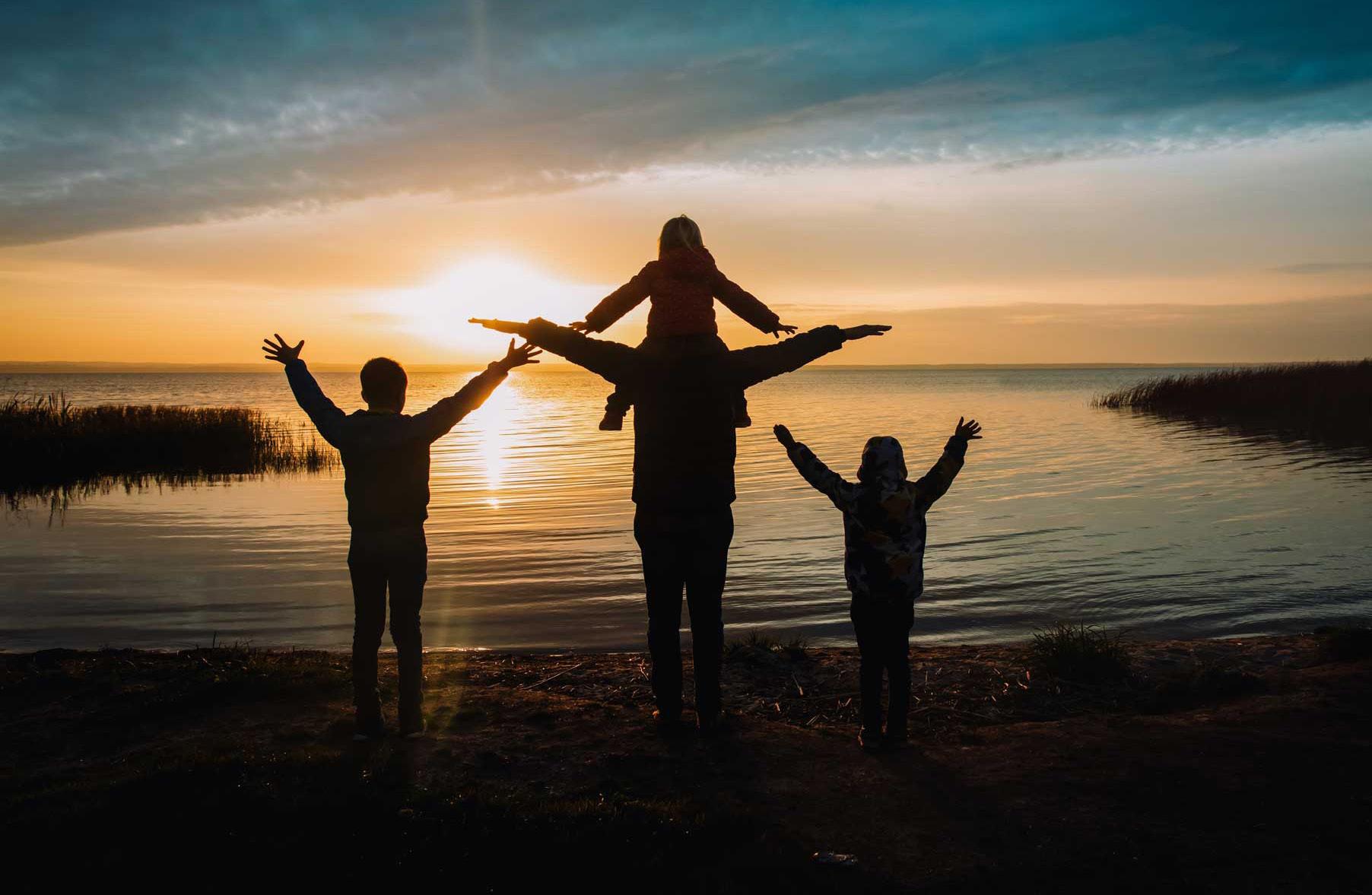
in my own life, the flexibility I have in working for myself and building my firm has been priceless.
Q: What is your approach or philosophy to winning or representing a case?
BR: I strive to find the balance between being appropriately aggressive in advocating for what my client wants (or thinks he/she wants) and in counseling my client to focus on how he/she wants life to be and feel AFTER the case is over. In other words, when the courts and lawyers are out of the picture, how will my client get the most quality out of the marital estate or the children that came from the marriage or relationship? I have very little patience for people whose primary focus is “winning” or vengeance in their family law case. I’m certainly not above “wrestling in the dirt” with opposing parties who behave badly, and I quite enjoy helping
find accountability for bad behavior. But ultimately, the goal is to leave the earth relatively unscorched behind me, if possible.
Q: If we interviewed all your clients … what is “one” common word that comes up when they describe working with you?
BR: “Honest.” I always promise my clients they won’t wonder what I’m thinking about an issue in their case or something they’ve done or want to do. The vast majority of my clients are grateful that I’m always straight forward with them, even it what I say is not easy to hear.
Q: What’s your advice for women in male-dominated fields?
BR: I don’t consider law to be “male dominated.” Although I know women tend to be underrepresented
as partners and other high-echelon positions in the law, women are entering the field at rates higher than males, and I’ve seen a tremendous amount of progress. As for advice to women, I tell any young attorney, male or female, to find something that excites him or her about the law, and work toward making that his or her career. Also, don’t buy into the myths that you have to sacrifice quality of life, family, or fun to be a successful attorney.
Q: Can you tell us how you manage your work life balance?
BR: I literally schedule time with my husband, kids, and friends. I do not answer emails or calls in the evenings and weekends. I work out almost every day, and I live a lifestyle that is within my financial means. These philosophies keep me grounded and happy.

Hello Everyone,
I’m excited to announce the launch of my travel blog titled … TravelDestinations.Me
For those of you who know me, you’re already aware that, along with my bucket list, there are experiences in life that are especially important to me. These are things my wife and I enjoy doing together, like our weekly volunteer work, trying different fine dining restaurants, attending concerts, and checking out headliner comedians.
Personally, as a lifelong musician, I have always enjoyed doing benefit performances. During the holidays, I’m honored and privileged to perform for the elderly and young children who cannot be home for the holidays.
One bucket list item that my wife and I just can’t get enough of is travel. After many years of traveling, I thought it was time to start a blog. Our goal is to visit a minimum of 50 countries (we’re almost there). We’ve had some awesome experiences in countries like Australia, New Zealand, Ireland, Russia, India, Israel, Jordan, Egypt, Cuba, and many others.
Our other travel goal is to tour the USA twice! Our first tour of the US that we have finished has included famous attractions in each state along with Hall of Fames (Football, Baseball, Basketball, Rock n Roll, etc.), attending a Supreme Court session, glacier landing in Alaska, and visiting presidential libraries. In our second go around, we look forward to seeing more of the USA.
So, I thought it would be appropriate to share a series of blogs of my past experiences I have had over the years with you, titled Best Travel Memories
Rich Borell Founder & Publisher


Q: As a 2x Best Selling Author … can you share with us what inspired you to become an Author?
HM: Oh my gosh! I never thought I would be an author; I was crystal clear on my path to becoming a CEO. I was a CRO at the time and I was unexpectedly fired when the CEO I worked for became ill and he elevated his daughter to replace him. She fired me immediately.
Q: Why do you think your publishing of “Overcome Your Villains” was such a success?
HM: After 20 plus years climbing the corporate ladder as a sales leader, I leveraged my termination as a career pivot. The first thing I did was write Confidence Creator which taught me so much about the book business and what resonated with my
audience. Over the last 4 years, I have built a solid community and I pay attention to what resonates with them. Using the information, I gained over the years I was able to write Overcome Your Villains with real-life examples and the successful tactics I used to make it to the c-suite to help others do the same.
Q: You had some pretty big life things happen to you during 2017, can you tell us about them?
HM: Yes! At the end of the third quarter, I was named one of The Most Influential Women in Radio and just a month later I found myself unemployed. There were so many highs and lows that year it was like a roller coaster. While it was devastating at first, it has turned out to be the biggest blessing in my career. I had a non-compete which meant I could not go back to the industry I had expertise in for 18 months. I had to find a way to earn an income as a beginner somewhere new. That was a tough time. Then I posted I had been fired and that landed me on the Elvis Duran Show. Halfway through that interview, Elvis told me that I was writing a book. I left the show, googled how to write, and book and my career trajectory changed that day and I have not looked back.
Q: What are you currently working on?
HM: The pandemic turned my business upside down. When the pandemic hit the majority of my business was coming from my speaking engagements. Due to covid, I launched my consulting and coaching business which landed me my first Board Seat with Healthlynked Corporation. As the speaking business is now coming back, I am trying to find a balance between my consulting, writing, Board engagements, podcast, and speaking. It is challenging to project as things are changing so quickly but I am so happy to have live events back again. I am also excited about a new product that I am launching very soon!
Q: For those in our audience not familiar with Boss in Heels LLC, can you share some of the history on what it’s about?
HM: Years ago, I remember thinking that I didn’t feel fulfilled with my c-suite position. My job was to make shareholders wealthier and while I was good at it I didn’t always feel good about it. So, I started spending a lot of time outside of work, doing charity work. While the charity work was great, I was never home with my son. I decided I needed to find a way to do good in the world that didn’t take away my time with my child. I launched Boss In Heels as a way to give back to those that wanted to know how to get ahead but didn’t have the roadmap. I launched Boss In Heels for the younger me. My website shared the tactics and strategies to get ahead in business and life. The company I worked for hated it and threatened me. I refused to take my website down and for the next year, I was put through so much scrutiny and eventually fired. I always would check in with myself and ask if I felt good about what I
was doing. I am so proud I stood up to the people that wanted me to stop sharing my hacks to get ahead. I didn’t know it at the time but Boss In Heels was about to be the end of one career and the beginning of living and working with my true purpose to elevate others.
Q: Looking back, what attracted you to pursue a career in Radio sales?
HM: Believe me I was not attracted to pursuing a career in radio sales. It actually makes me laugh to see that written. What I was attracted to was making money. I had graduated college and knew I could sell, and I had taken the first job that was offered to me. I started off in the wine business and ended up getting harassed at work by a superior. I quit. I had no idea what I was going to do next, so I put myself out there. I attended a networking event and met the owner of a radio station. He offered me a job and I started the next day. He ended up becoming my partner in an equity deal we did together netting our company over $25 Million dollars. That partnership ended up paying major dividends.
Q: We all have low moments in our career or even life. How did you personally create confidence and lift yourself back up?
HM: That is exactly why I wrote my book, Confidence Creator! I explain the steps to take to create confidence in any low moment. There are so many things’ people can do! Here are a few:
Take a look at other low moments and remind yourself that you came back from those. When we realize that we have seen this movie before and overcome it, that gives us the perspective that we can overcome what we are facing now. Next, fire the villains in your life immediately! You will never be able to bounce back quickly with negative people around you. When you are constantly worrying about people and what they are going to say or do, all of your energy goes to them and not to you. Fire your villains! Put yourself first and start investing in yourself. Begin each day with gratitude to get yourself focused on what is going well and attract more of that to you. Listen to your voice and opinion over everyone else. Do things and be with people that you love. It is fine to say, “Unfortunately, I am not available that day. Thanks for understanding.” Stop apologizing! So many of us apologize for things that are not our fault. That puts us beneath others and put us in a position of blame. Unless you tripped someone intentionally, stop apologizing.
Q: In 2015 the Florida Diversity Council presented you with the Glass Ceiling Award, can you tell our audience why you were chosen and what it meant to you?
HM: That was such an honor! The Florida Diversity Council recognizes people who have achieved success in the community and have created opportunities to advance others along the way. To be recognized alongside such impressive and accomplished people who are all committed to creating a fair and diverse working environment was an incredible honor I will always be proud of.
Q: 2020 was an awful year dealing with the Covid-19 shutdown. How do you and your business do?
HM: My son was in virtual school for the entire year, so like many mothers, it was a very tough time to be working at home while cleaning, cooking, and trying to keep him focused on zoom classrooms. My speaking business disappeared overnight, so I re-invented myself as a virtual speaker and started my consulting and coaching business. It was definitely a challenging year, to say the least.
Q: What’s the greatest fear you’ve had to overcome to get where you are today?
HM: There isn’t one fear that sticks out to me. It is more accurate to say that as I go for more and attempt to achieve bigger and bolder things those fears creep right back in. As you become skilled at something and familiar, you become comfortable. When you are comfortable, you are not growing. I have learned to push myself into fear on the daily. If we are always in uncertainty and unknown, we are constantly growing. I choose to see fear as a green light that means go and go faster. I was scared when I got fired, scared when I was about to publish my first book, scared to give my TEDx talk, scared to write my second book, scared to launch my podcast, scared to show up for my first board meeting, until I did those things they were the unknown. Today, those things are no longer scary to me. The action is the answer.
Q: Can you tell our audience one of your most memorable moments your career?
HM: Years ago, I was working for a radio company, and I saw a huge need in the company that I knew I could fill. I spoke to a few people about my idea, and they all said I was crazy that the company would never go for it. I went for it anyway. I sat down with the President of the company and pitched myself for VP of Sales. He smiled. He thanked me for the great work I was doing and declined the opportunity. I left. I called a few companies and found a few jobs offers. I met with the President again but this time I let him know I would be leaving. He asked why. I let him know that I was meant for more and if I couldn’t accomplish that with him, I would accomplish it elsewhere. He excused himself from our lunch and came back 5 minutes later. He went to call his father to get permission to award me this newly created role of VP of Sales. I learned an important lesson that day: Never take a NO from someone who can’t give you a YES.
Q: What are some of the challenges you feel women face today?
HM: Raising children in virtual and uncertain environments while you need to work. This has been incredibly challenging and has forced so many women to leave their jobs to stay at home and take care of their families.
Q: Can you tell us how you manage your work life balance?
HM: There are times work is going fantastic and I have so much more time to be with my son. There are times my son needs me, and work needs to take a back burner. The key is to take care of myself first, every day that way I can take care of everything else.
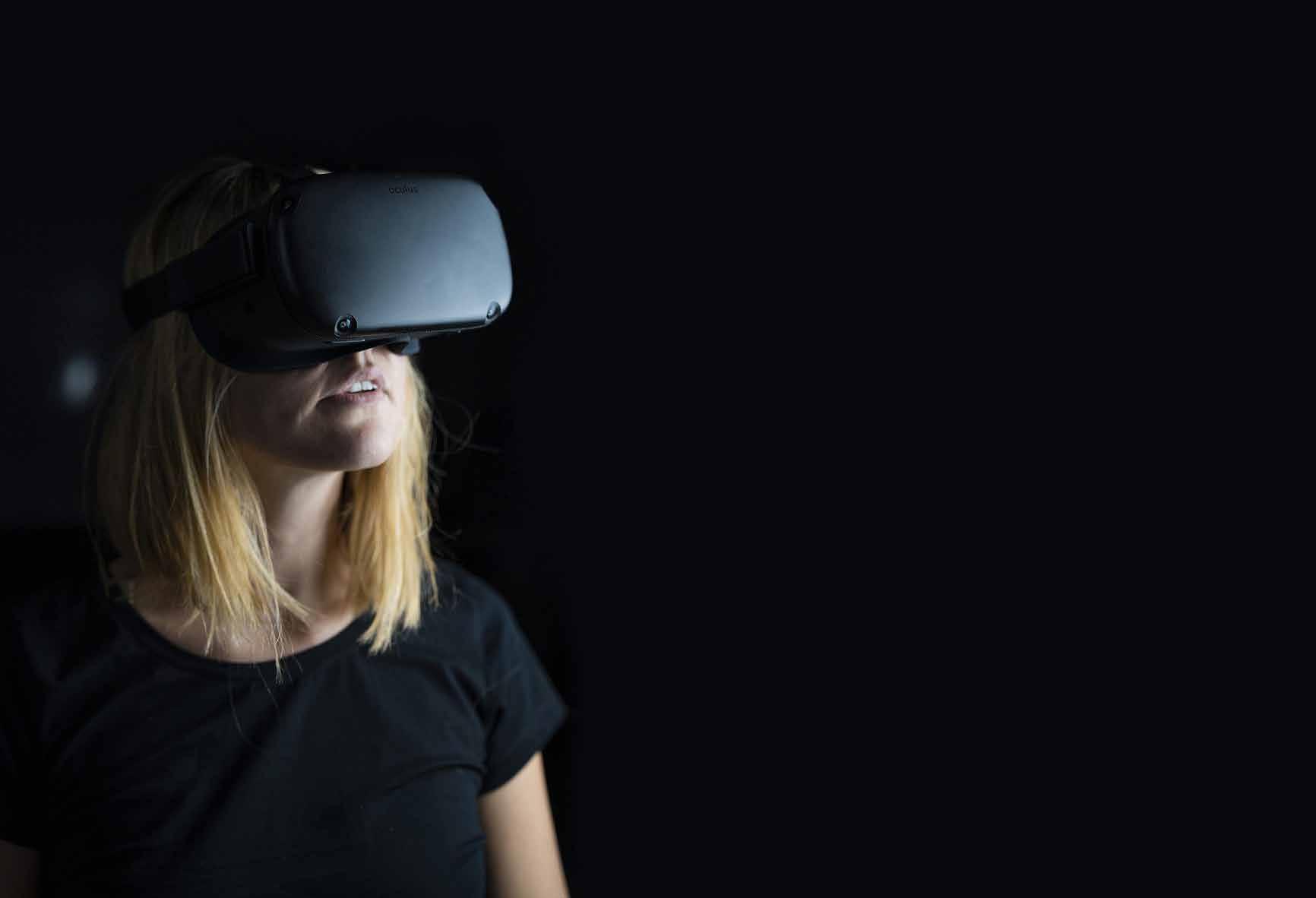
Femtech is a health and software movement started by a group of women who wanted to make better digital products for women.
Founded by Ida Tin, her goal was to create technology that would serve the needs of their gender, and Femtech has since grown into an industry with billions of dollars in revenue.
Femtech is a large tech industry that helps women in different ways. The industry is helping to empower women’s health by working with doctors and others from the medical field to create more effective solutions that help women manage their health issues more efficiently.
Better Birth control: Femtech companies are developing better birth control. Glow is a period-tracker and fertility app that notifies women when they are fertile based on their cycle, so they know when to have sex.
Lighter Periods: The moon cup is a reusable menstrual cup that gives a woman more freedom and privacy during her period. She doesn’t have to worry about leaking pads or tampons because she can wear them to swim, work out, and run around without feeling embarrassed or uncomfortable.
Better Flexibility: Fundtech is flexible to women’s varying schedules and lifestyles. They create apps that are compatible with a woman’s schedule, and they offer an easier way to deal with health issues.
Better Medicine: Femtech is also helping women and doctors work together to create better medicine. Femtech brings women into medicine because they can understand a product better. After all, it’s for them.
Sex Tech: Femtech is also an option for people looking for a sex robot, and manufacturers are trying to find a way to make sex toys more accessible and of good quality.
Motivation: Femtech companies are also trying to change women’s mindsets to be more motivating in their lives. They are trying to help women be better at work by making them feel more motivated and less stressed out.
Education: This is also an essential part of Femtech because it changes people’s minds about education. Women are less likely to pursue higher
education and technology because of their gender, so Femtech is helping change that mindset.
Better Fitness: Femtech is also working to empower women by helping them reach their fitness goals. The female fitness tracker works with women who are concerned about their weight and fitness level because it helps them monitor everything they eat and exercise.

Better Home Technology: Femtech is making the home more comfortable, and it’s also allowing them to be more efficient in their daily lives
Better Office Technology: Femtech is helping to change the office by making it more comfortable and less stressful. It helps women feel better in their job because they feel less stressed.
Better Health Tracking: Femtech is also creating a better way for women to track their health by making more efficient products for them and for doctors who want to help them.
Women’s health is a global issue, not just a ‘feminist’ issue. The lack of women in STEM fields and business is a global issue. It is important to note that Femtech has been used as a tool to solve problems that have dominated the healthcare industry for years now. Still, Femtech has also been used in many areas within society due to its role in marketing women’s products and services.
It has helped solve issues for women that have been persistent for years within the healthcare industry. Femtech has been a way to lean into and fill in the gap that has always existed in the male-dominated tech industry.
FemTech is a global industry that is changing how technology is used in women’s lives. It helps women to take control of their health and allows them to focus on their well-being.
The FemTech industry will continue to grow as more and more women wake up that technology can be a significant player in their personal growth and happiness, not just in the workplace.
It has helped solve issues for women that have been persistent for years within the healthcare industry. Femtech has been a way to lean into and fill in the gap that has always existed in the male-dominated tech industry.
However, this is still not the case with FemTech, as the industry still has a long way to go until it reaches its full potential. The second wave of FemTech is coming, which will help move the industry into another level of connection with women.


Q: Congratulations on Season 3 of Married to Real Estate. Will any episode encounter any transactional or construction challenges that you and Mike haven’t faced in the past?
ES: Thank you so very much! Yes, we are excited that the show has been so well received and growing. It’s mind-blowing that this show started as a social media moment on my husband’s cell phone, and now we are airing in more than thirteen countries.
There is never a dull moment in construction. But luckily, our team has built our chops up enough to jump over any unexpected hurdles. This season was a little different because we took on Clark Atlanta University, which is a commercial project. There were many lines we had to color within due to it being a university and the scale of the project. But as you see in the episode, we were able to rise to the occasion.
Q: You’re a strong advocate for business plans. What’s your advice on how to pivot when the plan is not working?
ES: I think any strong business plan should have both a pivot plan and an exit strategy. For instance, in my real estate brokerage, I train my agents to first strategize a plan with their clients prior to making any offer. Then to layer the plan with a B & C approach if their initial offer is not accepted as-is or doesn’t prevail above others.
In my real investment experience, a large part of having a welloiled portfolio is risk management. So, before I acquire any new rental property, I first look at whether I have various methods of achieving the desired performance from it. If perhaps short-term renting doesn’t work out as planned, then I would like to know what I can rent it for as a long-term rental and ensure those numbers work. If I am buying land with the intention of a development project, I may want to have more than one business plan mapped out just in case. Then if all else fails, an exit strategy should also be prepared. The only time you fail is when you fail to make a thorough business plan.
Q: What makes a compelling brand?
ES: I think when you look at solid marketing, it always has to tell a story. People love a good story, especially if it’s authentic and they feel they’ve followed the evolution of the brand.
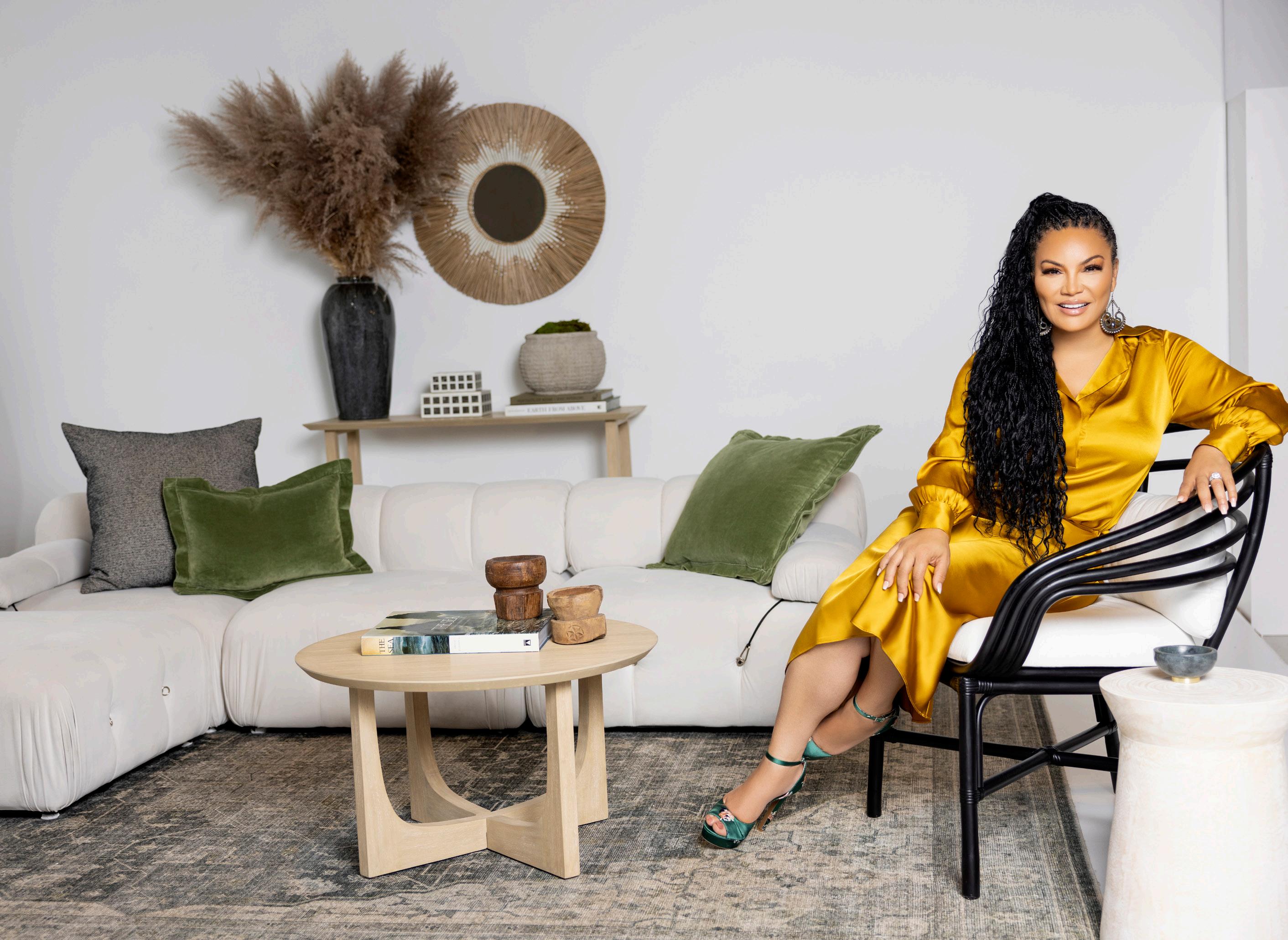

Q: Egypt Sherrod is a brand in its own right. What motivated you to conceive Indigo Road?
ES: Thank you for saying so. I spent over twenty years building my personal brand in real estate. However, I began feeling pigeonholed as if real estate was all I could speak to. As much as I love my career, there is so much more to who I am, a mom, wife, life coach, designer, sister, friend, and woman of GOD. When I realized that I had more to say to my followers, I needed to switch the conversation from solely real estate. I was able to do that over time by authentically pulling back layers of myself and allowing folks to see my home life on social media. This transcended into a reality show, Married To Real Estate.
Of course, I recognized this platform as another opportunity to show a different layer of myself. This time I wanted folks to get a full 360-view of my business, not just the real estate side. So, we began showing and focusing a bit more on the design angle of my business both on the show and on social media. This organically cemented me as a bonafide designer as well as a realtor in the public eye.
So, in recognizing I was successfully resonating with my audience and that the full picture was now being seen, it was the perfect time to introduce a consumer brand.
INDIGO ROAD is my personal journey. INDIGO represents wisdom and purpose, both of which I seek in all facets of my life. I believe we all have a unique journey to travel, so we might as well make it beautiful. It was the perfect way to tell my story and to synchronize throughout my family of companies, which consists of Indigo Road Realty, Indigo Road Design Group, and Indigo Road Home Furnishings.
Q: Where do you see Indigo Road in ten years?
ES: Part of the reason I didn’t name my company after myself is because I want to create a legacy brand. A legacy brand can stand alone and has the potential to grow well beyond the person who created it, can be easily franchised, and become a heritage company. Often companies created by celebrity namesakes are hot when the celebrity is hot and cold when the celebrity is cold.
Dinsey is such a legacy company that we may have forgotten Walt Disney was an actual person. Berkshire Hathaway is Warren Buffet’s company. I don’t think



it would have the same brand impact if it were just called Warren Buffet. Years from now, even when I am retired, Indigo Road can stand on its own, and that is my intention for the company.
Q: Indigo Road design and its elements have a peaceful, natural vibe. Tell me about the inspiration for that.
ES: At Indigo Road, we make comfortable, luxurious, and sustainable products for everyday living. I believe that when a person is joyous, everything else in their world follows! Our home impacts our mood and should reflect how we want to feel and imprint on the world. It should be our sanctuary and safe place. My personal mission is to prove that luxury, comfort, and sustainable design can coexist in a holistic way that relates to everyone.
Q: What can you share about the sustainable design ethic?
ES: It really is an ethic; I am glad you used that word. We all have to ask ourselves, “What do we represent? How can we create positive impact and give back more than we take away?” For me, anything that I am a part of has to feel good and feed my soul as well as every soul I am able to touch. So, ensuring we were being responsible with the materials we used and how we harvested them, as well as how we were enriching the lives of others all along the way, was intentional. For instance, the mango wood we use for most of our tables is actually harvested from the wood fallen off trees already or saved from burned trees. We support local Indonesian villages by providing jobs so they can continue to flourish. Some of our woven products are by women-owned businesses, which empowers and fuels them.
Q: When did the seed of Indigo Road first develop?
ES: I want to say it came from my love of travel. When you go abroad, there is so much natural beauty and simplicity, but there is also history and truth. My desire was to one
day infuse all that textured inspiration into a line underscored by worlds traveled. That’s why we strive to create and source pieces that interweave all this richness and tell stories from every land. I wanted everyone, no matter what their heritage, to be able to see themselves in Indigo Road.
Q: Are any of your kids aspiring to follow in their parents’ footsteps in real estate or entertainment?
ES: Well, our eldest did go to school for design… but fashion design. Our middle daughter has an interest in real estate and actually owns and manages her first investment property. And our youngest we think is just one day going to run the world. She’s five, so we’ve got some time, but she is definitely boss baby.
Q: As an entrepreneur, how do you cope with fear and doubt?
ES: FEAR is an acronym for false evidence appearing real. Of course, self-doubt, and fear have creeped into my mind at times. I have learned to cancel out the little voice inside that causes me to question my footsteps by doing it anyway. In other words, even though I may be frightened, I do it even in the face of fear. That is the only way a warrior fights and wins victoriously. Fear is “what if?” and faith is “even if.”
Q: You describe Indigo Road as a $50M empire, which can sound daunting and unattainable for someone first trying to start a business. What pep talk do you have for that person?
ES: Actually, I think I may have underestimated myself and my company with that number. Truthfully, our success or failure starts in our own minds. So, if I don’t believe my company will grow exponentially, then it won’t. But if I believe it will, then I am acting, speaking, moving, and decision-making from a position of strength. Not to mention, confidence is magnetic. You attract what you believe!


Kate is a speaker, author, and Emmy Award winning talk show host. Kate’s interviewed over 16,000 people, including U.S. Presidents, Fortune 500 CEOs, and Hall of Fame athletes.

Elinor is the CEO of Smooth Sale. She’s also an International Best-Selling and Evergreen Author, Top 1% Influencer, Inspirational Speaker.

Andrea Simon is a writer and photographer based in New York City. She has worked as an editor, writer, and manager on diverse projects, and was the co-owner of an editorial/production company that specialized in health-related educational materials.

MILLEN LIVIS is International Holistic Financial Independence mentor, International best-selling author, investor, and entrepreneur.

Dr. Janice McLean DeLoatch is a passionate advocate for entrepreneurs and women in the entertainment industry. She created the Women Songwriters Hall of Fame to honor women whose work represents the heritage and legacy of the world’s music songbook. She serves as the Founder, Chief Executive Officer, and Chairman. Janice is also a Tv Host, Radio Personality, Entrepreneur and Author.


Q: After high school, where did you feel your career path would take you?
PB: After high school, I attended university to study politics and economics. I wanted to have a degree completed before entering law enforcement. My grandmother and mother did not have the opportunity to attend college or university. They were adamant that I go and at least get a bachelor’s degree before becoming a police officer. I was the first person in my family to attend university.
Q: What was your first job? And how did it shape or impact you?
PB: I had several part-time jobs and full-time summer jobs while I was a student. Everything from being an operator for the phone company to working at a bookstore and a beer store. However, my first “real” job was as a uniform police officer. I know from experience that policing is one of the most challenging and underappreciated jobs there is. But it is also the most rewarding. One moment you may be in a life-threatening situation, and the next, you’re responding to a call about a minor event. In policing, you learn a lot about people, and
at the same time, you learn a lot about yourself. Specifically, that you can accomplish more than you ever thought you could because you have to. You’re the police. You can’t wait for someone to come and save you – that’s why you’re there.
Q: Can you share with our audience about the opportunity you had to become an undercover police officer?
PB: I started my policing career as a uniform patrol officer. I worked with a great platoon and had the opportunity to respond to everything from murder to traffic stops and everything in-between. But I was always drawn to criminal investigations, especially narcotics work. After completing three years in uniform, I was transferred to the drug enforcement section, where I worked as an undercover officer. Working as an undercover police officer is not for everyone. You’re required to work odd hours and live away from home for months at a time, which is probably one of the reasons why I was one of two women in a unit of eighty-nine officers.
Q: While working full-time undercover, you also completed law school … was this always your career goal?
PB: Practicing law was not always my career goal. I’ve always enjoyed being a student. When I finished my B.A., I began my studies at Police College. After graduation, I enrolled in graduate school and attended classes at night and on my days off. After completing my master’s degree, I enrolled in law school. That was a bit more challenging to manage because I was enrolled in law school full-time (they didn’t allow part-time studies), and I was working full-time as an undercover police officer. I couldn’t tell my professors or classmates what I did for a living, which made conversations interesting, especially in my criminal law classes. I married my undercover partner in what we jokingly call our government prearranged marriage. Fortunately, I graduated from law school just as we were starting a family. Being an undercover police officer is not a very mom-friendly job, and my law degree allowed me to leave policing and begin a career as a prosecutor.
Q: Tell us about the responsibilities you had as a Federal Prosecuting Attorney.
PB: I primarily prosecuted drug offenses like trafficking and importing. It was an exciting career, and I enjoyed the new challenges that came with it. My experience as an undercover police officer gave me a perspective that most attorneys do not have.
Q: You’re writing a book and are doing a lot of speaking engagements … what else do you have on the horizon?
PB: I am currently writing a book about the negotiation and communication techniques I learned and developed over a twenty-year career in the criminal justice system. Pre-COVID-19, I traveled throughout North America, delivering keynotes on negotiating, communicating, and building trust through intentional communication and body language. Now, I am delivering virtual keynotes and workshops. Although I miss the live interaction of in-person events, I can manage more events now that I don’t have to leave my home studio.
Q: What’s your advice for women in male-dominated fields?
PB: Care more about being respected than being liked. Being heard and seen in male-dominated professions is more effective when you communicate confidence and empathy with what you say and with your body language.
Q: What do you like doing in your spare time?
PB: I love spending time with my husband Kevin and our son Kaleb. We enjoy hiking and skiing in the beautiful Rocky Mountains where we live. I also enjoy reading mystery novels and anything by Malcolm Gladwell.
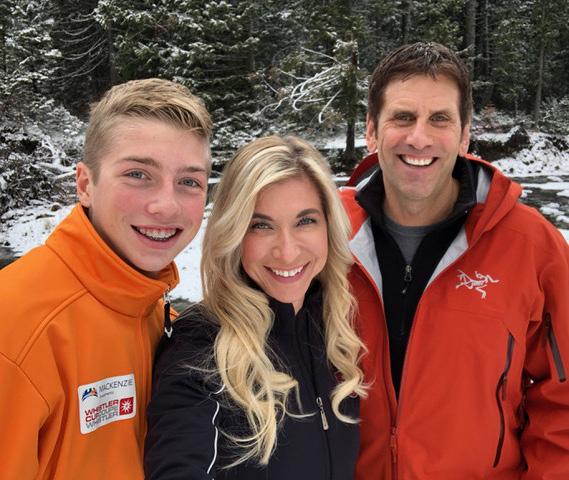
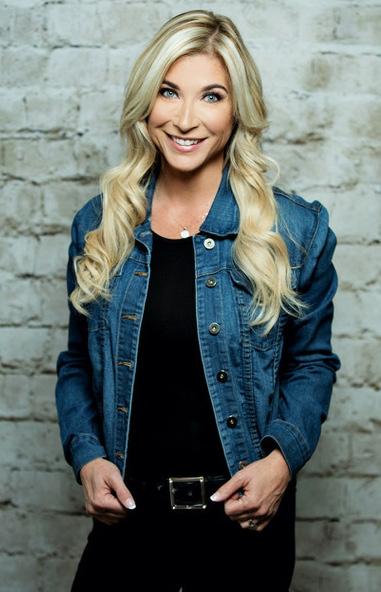


We salute the many non-profit organizations in our region. They may be robust operations that perform heavy lifting with big rograms. They may be feet-on-the-street teams that distribute small luxuries to nsure a sense of dignity among the needy. They may even be swabbing the kennel floors of our four-legged friends that eagerly await to find their final loving home. They are energized by selfless individuals who think of nothing but giving back and paying forward. They are unsung heroes who we wish to recognize and applaud.
Our sponsors play an important role in recognizing our volunteer and charitable institutions. Their generosity helps make it possible to salute the extraordinary non-profits that demonstrate their willingness to uplift, support and develop others.
Sponsored by

Let’s tip our hats to the following remarkable Little Rock Nonprofits!

WCF’s mission is to provide safety, strength, and hope to all victims of family violence.
www.wcfarkansas.org
Women & Children First: The Center Against Family Violence (WCF) was founded in 1976 as Advocates for Battered Women by a group of citizens concerned about the effects of domestic violence in the Little Rock community. In July 1999, the name was changed to Women & Children First: The Center Against Family Violence to better reflect the scope of services provided for clients.
During the formative years in the late 1970s, WCF primarily provided support services, including counseling through Arkansas Women’s Rights and also accompanying victims while pressing charges against their batterers. The first safe shelter was opened in 1978, housing women only in a donated private home in Little Rock.
In 1981, WCF joined with a handful of grassroots women’s groups to form the Arkansas Coalition Against Domestic Violence (ACADV). This is a private nonprofit statewide network of coordinated services for victims of domestic violence. Together, with the assistance of the National Coalition Against Domestic Violence, these groups worked to pass legislation including the Arkansas Domestic Abuse Act and the Violence Against Women Act(VAWA).
WCF began offering advocacy services for women and children, to include support groups for sheltered residents and non-resident domestic violence survivors. The transitional housing program was also established to further enable families to live independently.
WCF also began providing classes to assist clients with educational and career goals. as well as classes in life skills, parenting, and the dynamics of domestic violence for shelter house guests.
Between 1999 and 2001, the shelter was filled to capacity almost every night. More and more victims. because of space limitations. could not be accommodated. To meet the growing need, between 2002 and 2003, WCF doubled its size by moving to its current location and added more beds • a computer lab and children’s playroom and educational area.
In 2004, WCF completed a strategic plan through a special grant from the Donald W. Reynolds Foundation. During the next decade, strong board and staff leadership. good financial stewardship, and sustainable community and statewide support have provided the foundation for future planning.
During the past 15 years. WCF has maintained its 112-year-old building, improved security and enhanced safety at the shelter. But remaining in the current building is not an option.
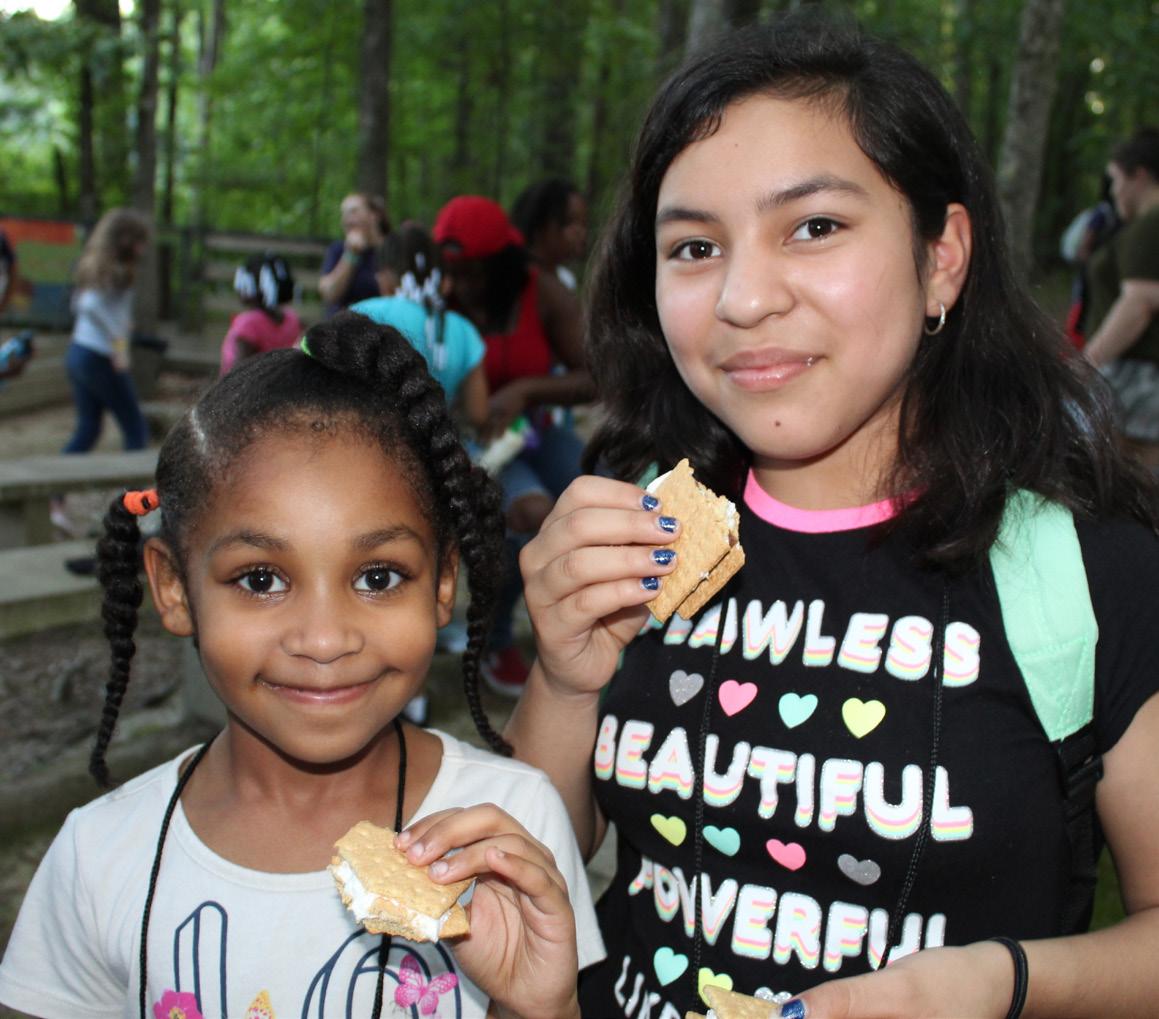

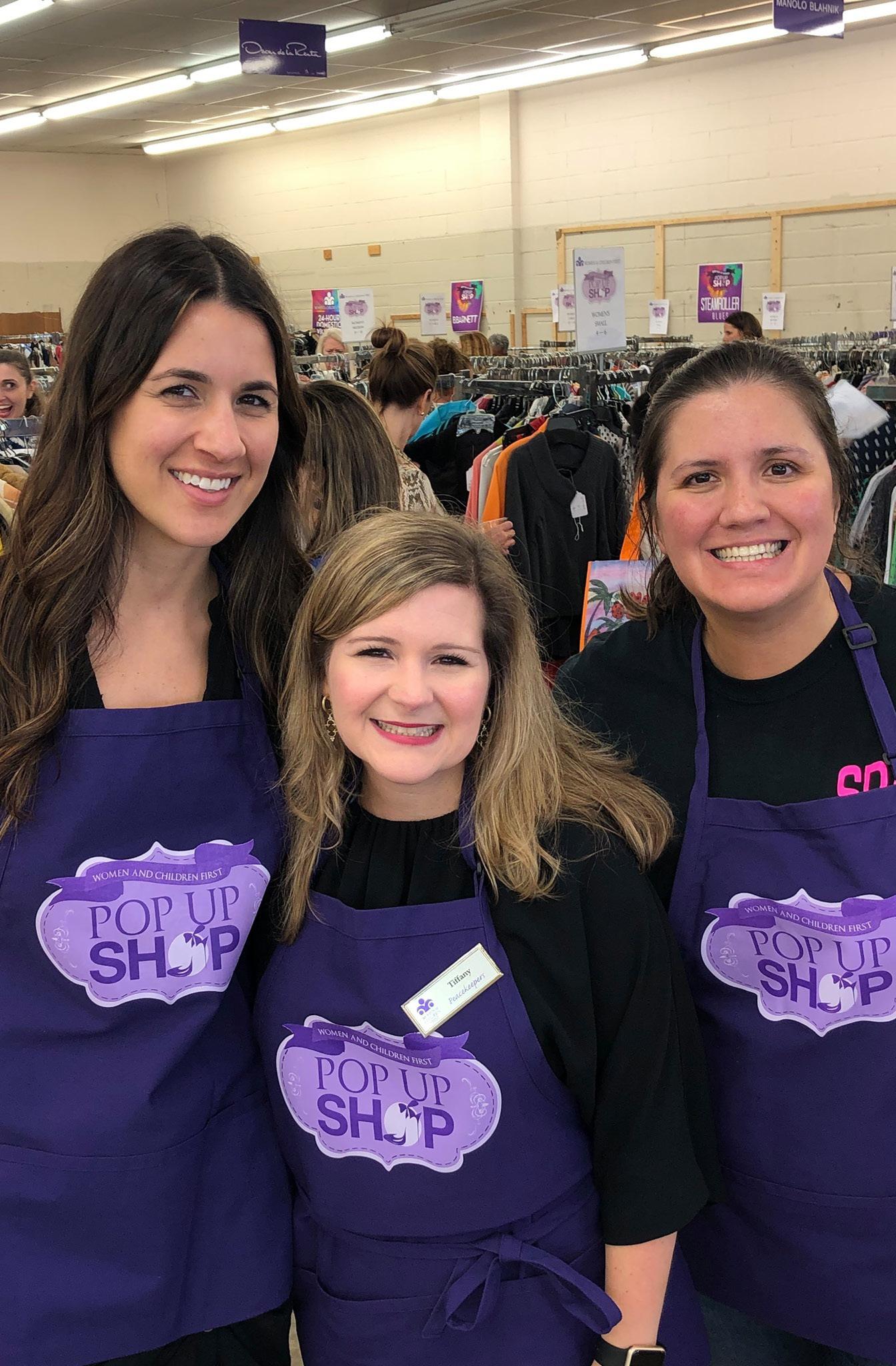
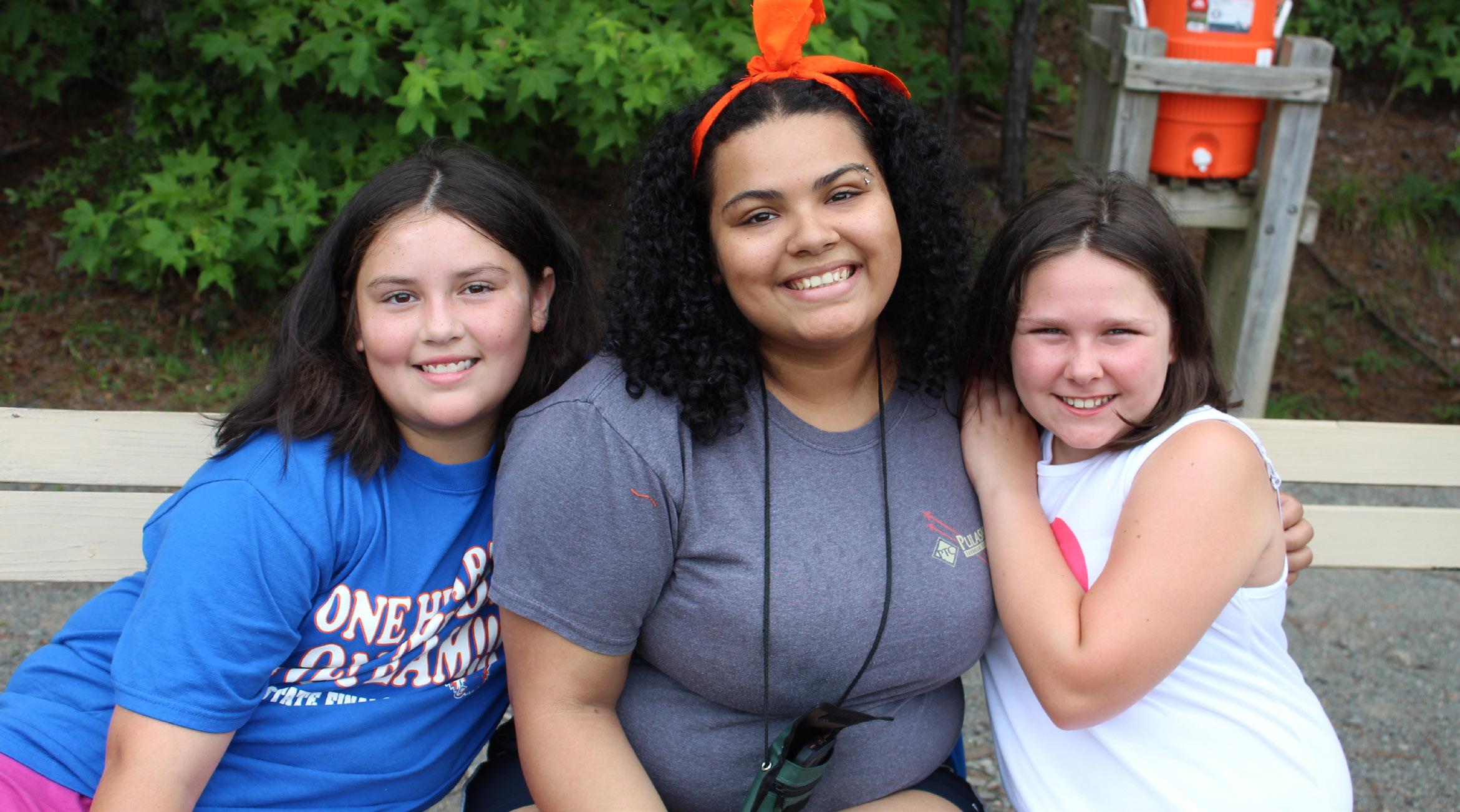

The Storybook Project of Arkansas is a simple idea with a big impact. By recording inmates reading a book to the children in their lives, we give incarcerated parents an opportunity to be a parent and a positive role model for their children. With a book and CD which they can play over and over, children are able to hear their loved one’s voice and to know that they are loved and missed.
Chaplains in the Arkansas Department of Corrections support our program because reconnecting inmates with their lives outside the prison helps to restore relationships and increases the chance of success after release.
www.storybookprojectofarkansas.org
For 21 years, volunteers from The Storybook Project of Arkansas have traveled to the Arkansas Department of Corrections (ADC) facilities in Newport, Arkansas, with the primary intention of helping inmates stay connected with their families through reading stories.
Four times a year, inmates from the McPherson unit for women, Grimes unit for men and Wrightsville Hawkins unit for men and women are allowed to reach out to the children and grandchildren they left behind in the very intimate way of reading aloud to them.
Volunteers who have been vetted through the ADC bring crates of new books into the prisons - books that are suitable for toddlers through high school age readers.
Approved inmates select a book, and Storybook volunteers record the inmate reading the story to the youngsters in their family. The books and recordings are then packed up and sent to the children.
“Our motto was - and is - ‘keeping families connected through reading,’ ” said project founder Pat Oplinger. She started Storybook in 1997 with a few other volunteers from a local church. The original purpose, she said, “was to raise the literacy level of both inmates and their children, thus raising education and self confidence levels and family unity.”
“We [also] wanted to establish a connection between imprisoned parents and their children,” she said.
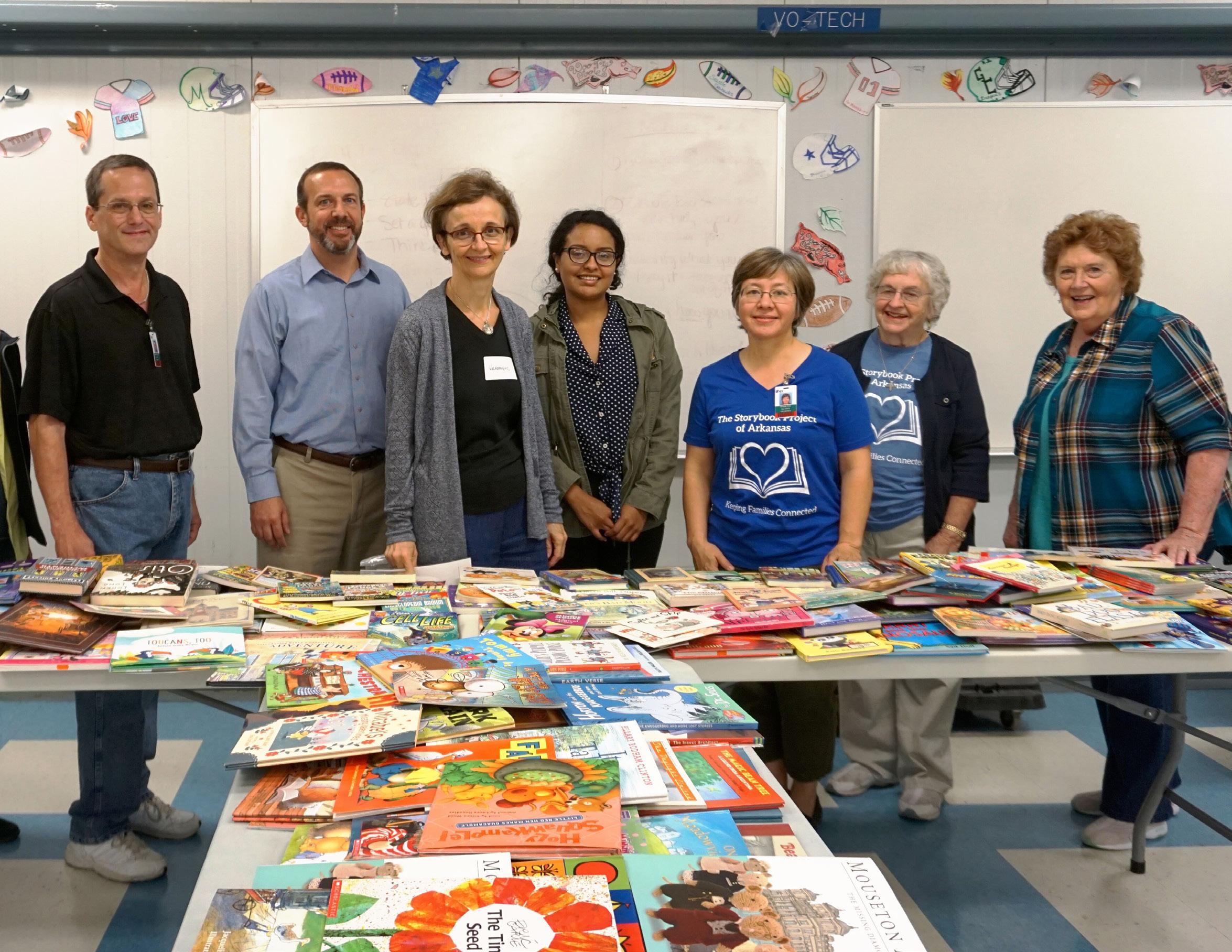
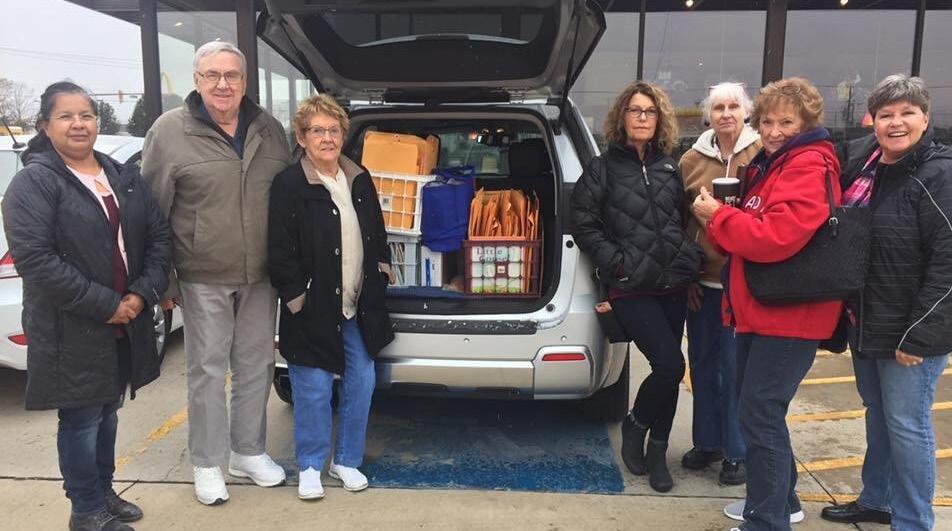
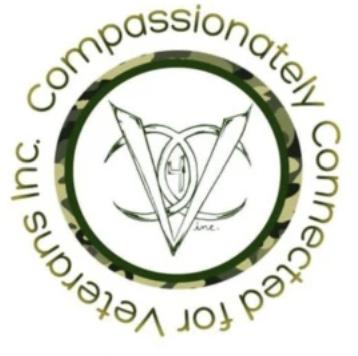
COMPASSIONATELY CONNECTED FOR VETERANS INC. is a nonprofit organization that holds dearly to four principals Compassion, Commitment, Caring and Comfort. While providing support, resources, and community building to veterans and their families. We support Veterans from walks of life. Including, disabled Veterans within rehabilitation facilities, and Incarnated past or present Veterans.
www.cc4vinc.org
There are many ways to get involved in helping our program including: donating to St. Francis House, participate in our holiday gift drive, celebrate Veterans on Veterans Day, Cookies with a Cause, providing care packages for our homeless Veterans monthly, individual toiletries for Veterans and their dependents in need… including wipes, pampers and other needs for infants/ children. Volunteer opportunities are available to anyone in the community.
We value our Veteran community and are open to partnering with local organizations to help meet the needs of our families. We are currently looking to partner with local food banks, as many of our families struggle with food insecurity. If your organization could help us with this or if you have an idea for a different type of partnership with us, please contact Karen Mothershed at info.compassionatevet.secretary@ gmail.com

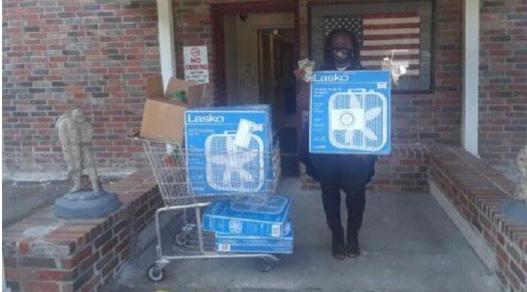

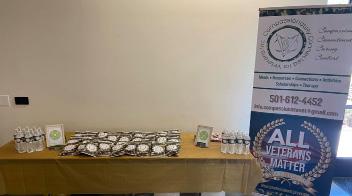

Q: Why did you decide to become an entrepreneur?
ZM: I don’t believe it was something that I set out to do I just knew I had a creative force in me that was supposed to be doing something independently, and opposite of what everyone else was doing, and with that being said I needed to be able to control the narrative of my creativity without restriction. And just like that Making Power Moves was born!
Q: Can you share with our audience more about your career and your brand Making Power Moves?
ZM: Making power moves is a women’s empowerment movement that consist of books, apparel, empowerment events, interior design, event planning, and décor. There are so many intricate details to MPM that it can’t just be summed up in a title or a few sentences, it’s about empowering women and even men on levels that are not mediocre on levels that are super creative! And some in different areas as I mentioned above.
Q: Tell us about what inspired you to write the book “From Pain to Power”
ZM: Growing up I had an extremely rough life that consisted of me being molested as a child, being a high school dropout, teen pregnancy, mental, physical, and sexual abuse, also selling drugs in so much criminal activity which led to my incarceration, and also even being a negligent parent… a young negligent parent, and even being suicidal. There were so many layers of pain that I experienced but through God, my husband and writing, the book From Pain to Power was where my healing begin. Not to mention being a Christian hip-hop artist that shared her testimony before performing on stage, after each performance I was often told why you don’t write a book, so one day I picked up a pen and I begin to write!
Q: Tell us more about the meaning behind “I am not what I’ve been through … I am who I was called to be?
ZM: Often society labels us… you know Zeeda?! Ida’s daughter the one that always gets in trouble lol, Or the little girl that got pregnant at 16, the thief, drug dealer… the drop out, who was molested as a little girl. All those things I just named above yeah all that happened to me, and people like to label you! yes, I did that, I’ve been through that, but let me enlighten you I also came out of all that! So, honey I’m not what I’ve been through! I was called to be something greater, and the greater call is Everything that I’ve been through all the bad was working for my good, it enables me to share with someone else …that yeah… all that happened but look who I am now I’m not what I’ve been through! I was called to be who I was created to be. When things are being created, we never know what the outcome is, but when we begin to pay attention to the intricate details of what’s being molded and shaped.…the end process is stunning, that’s the kind of God we serve, and though we start out one way, mushy, lumpy, ugly, scarred… in the hands of the Potter, we are created to be something extraordinary!
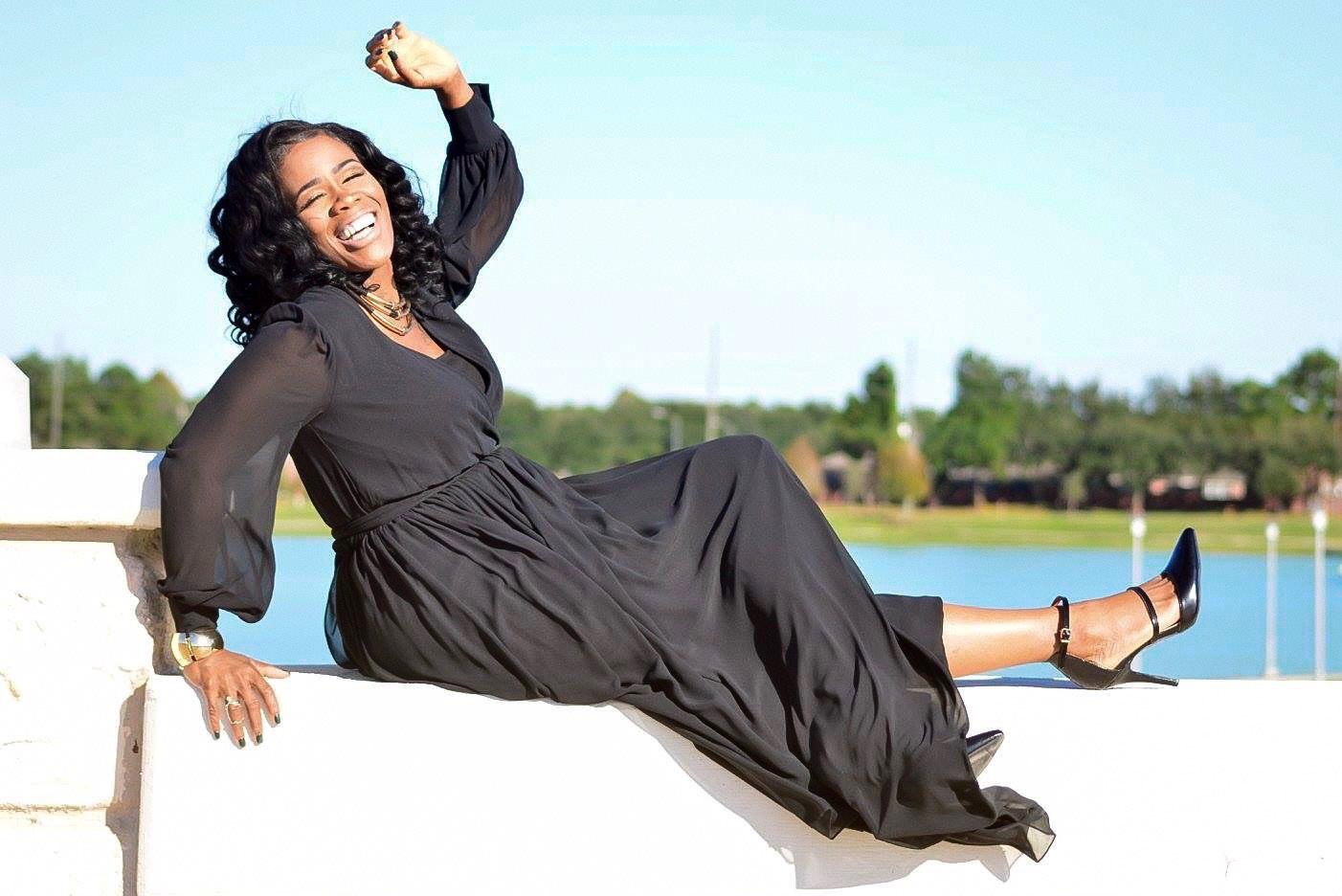
Q: What would you say was your lowest point in life and why then did you decide to make a change?
ZM: My lowest point in life was after a big fight with my sons’ father, who was very abusive, and who was abusing me physically and sexually for so long, behind closed doors… no one knew what I was going through, I was so tired of fighting and not just with him but with life, my life was in shams… and then one day the police knocked on my door and arrested me in front of my kids. I found myself locked up and pregnant… with no direction for my life, a single young black mom That just found out that I was pregnant again for a third time… pregnant and in jail!!!!. And right before my incarceration I had a failed suicide attempt… come on! Low couldn’t get no lower, I couldn’t even accomplish killing myself! And as I sat on my prison bunk bed, I thought to myself there has to be more to life than this. I was not designed to live a mediocre life; my kids were not supposed to have a mediocre mom. So, when they see me! and they see me! In so many different lights … on so many different levels. Nevertheless, the beautiful, amazing thing about all of that is my lowest moment proved to my family that you don’t have to stay down anything is possible with God.
What advice would you give to young women who want to purse their dream and start a business?
ZM: Never share your dreams with people that don’t have vision, never allow anyone to put restrictions on the way you dream. Dream in HD on a movie screen! Your dream will definitely try to intimidate you whether that is with finances, resources, or manpower. But no matter what you keep pushing and you keep trying, and you step out on all the faith that you have even if that’s only the size of a mustard seed … believe God! you also have to invest in yourself, often time entrepreneurs start out working for others it’s called seed money. You need seed to grow anything! Also be mindful how you invest your seed. If you give me a dollar the average thinker would say “Oh I have a dollar” whereas I would say I have 4 quarters! I’m going to invest a quarter here a quarter their quarter here etc. scared money doesn’t make money!
Q: Can you tell our audience one of your most memorable moments of your career?
ZM: The most memorable moment was when God first gave me the vision and the guts to give my first power gala. I remember standing on stage in front of 300 people, Yup the Power gala is what he told me to call it! This Power gala included a three-course dinner, Crystal awards, a live New Orleans style brass band, Stilt walkers, and a live DJ… all that at the time on a Zumba instructors’ salary, making only $27 a class at the time!!!! True story! On that night I stood before the people that night September 2016 and I said wow y’all came lol that was one of my proudest moments!
Q: What’s one lesson you’ve learned in your career that you can share with our audience?
ZM: Presentation is everything! How you present yourself how you present your product what you represent and what you stand for is important! I don’t care what you think they see you! even when you’re trying to pretend or cover up, they see you! Presentation is everything, be honest with yourself and who you are, but don’t ever allow the lines of communication to be blurred, never let anyone control the narrative of what it is that you are called to do. Listening to the voice of others put fear in me, and it also put doubt in me as well. There were things That I not only allow people to talk me out of it, but I talked myself out of opportunities, experiences, and potential deals. I’ve learned to be fearless and to take calculated risk! never start building without A blueprint! And make God the CEO…because he is!
Q: Which woman inspires you and why?
ZM: I honestly would have to say there are so many, but at this stage in my life the very young but powerful Sarah Jakes Roberts is the one that truly inspires me! she is fearless, and she does not care what people think of her, and she Gives you the good. News in a way that’s full of innovation and swag!!! I Absolutely love it!! empowering women, preaching the gospel and with style and fashion that isn’t the norm! woman evolve woman evolve!!!
Q: What are some of the challenges you feel women face today?
ZM: Being heard … I mean being really heard and being taken seriously by our male counterparts! in my 2nd book PowHerful … there is a chapter called the Oprah Stedman syndrome! It talks about how with the right man standing alongside of the right woman, not being intimidated by who she is but embracing the qualities of all God created her to be, that’s power! as the head he has the ability to ignite greatness in one of the most intricate beautiful complex but very strong creatures that God has created! And although people talked about Stedman He knew, and he knows what he has in Oprah Winfrey… that’s power!
Q: Can you tell us how you manage your work life balance?
ZM: God, Time, and discipline. God has given us all an allotted time here on earth! There are a lot of things you can get back, you can get a refund, you can exchange a pair of shoes. but you see time, you can’t get that back, so I’m very detailed when it comes to time… my schedule is planned, from the time I get up in in the morning. I know I need at least 15 minutes of worship and just meditating. I know I have to take 30 minutes to walk and feed my dog, I have 45 minutes to work out, I have 30 minutes to shower and get ready. I have 15 minutes to get my coffee and pumpkin. Bread (guilty pleasure). And another 18 minutes to drive to work. If you are going to be successful at anything time is a resource that you are going to have to pay close attention to! And discipline is not something you’re born with it’s something you create!
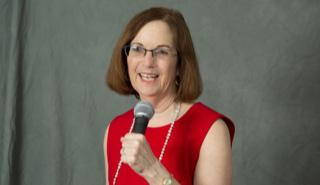
Committed
to Help Her Audience Communicate Well to Empower Their Business Growth & Future Sales. Read Our Exclusive Interview With International Best-Selling Evergreen Author & CEO of Smooth Sale,
Q: What was your first job? How did it shape or impact you?
ES: Upon graduating college, a friend and I began a party planning business named, Details Details. Our first client was KFWB, the premier rock ‘n’ roll station in Los Angeles, CA. We arranged a party at Universal Studios for the station, which proved highly successful. Shortly afterward, we were featured on the cover of Mademoiselle Magazine. But then the stock market tumbled, KFWB became a news station, and I needed to find a job.
My first job was secretarial for a marketing agency in Los Angeles, and the CEO was a genius from my perspective. He realized my creativity to ask me for an idea for a billboard. My advice was to showcase skydivers, and he did – the billboard was visible on the Sunset Strip!
Shortly afterward, I asked why he believed he was so successful, as the client roster was impressive. His advice was repeated throughout the years by marketing and speaking professionals. It rang true for the remainder of my career: “Share your story with clients as if you were having coffee with them in your kitchen.” The conversation becomes enjoyable and advances from there. His words of wisdom helped me advance through my sales career and later entrepreneurial endeavors.
Q: As the CEO of Smooth Sale, tell us about what you all do along with your role as CEO?
ES: I enjoy learning about new trends and applying them to business development. As an earlier adapter of social media, Kred named me a Top 1% Influencer. I’m still active today, providing new content almost daily and growing followers. Next, no one understood my work or why I was still attempting it, so I began blogging to allow my thoughts to roam free.
The blog became another form of community service work as leaders from varying fields provide stories about how they overcame hardships to achieve
success. The purpose is to help readers find their way more readily and reach new heights.
Before COVID, I enjoyed delivering inspirational keynotes at conferences as they apply to business. Les Brown heard my talk early on, tweaked it, and the delivery unanimously received standing ovations. Also, in the past, I created an entire product line and workshops to train teams of professional salespeople plus entrepreneurs to advance to new heights. On the side, I always provided talks on how to sell oneself in interviews for job seekers to help move their careers forward.
Q: You are also an International Best-Selling Author. Can you share with our audience some of the topics you’ve written about?
ES: Book Background Story: In my hometown, I was successful as a sales trainer, familiar with the area’s companies. However, humiliation took over upon moving and attending a significant networking event. Upon announcing that I was a sales trainer, the crowd laughed me off the stage, believing it was absurd that a woman would know enough about sales to train others. Humiliating is the word! But thankfully, someone approached me to say, ‘to establish credibility, you have to write a book!’
My phone wasn’t ringing, so I diligently wrote a corporate tell-all (all names were changed to protect the guilty) about the horrific corporate treatment directed at me to get me to quit – in order as the events occurred. Each month as I was at the top of the sales scoreboard, the treatment got nastier. The high spot was enjoying my clientele. Yearly, my accounts were given to the men and my quota tripled for the following year. Accordingly, I became an expert at interviewing upon experiencing eleven years of the same.
Nice Girls DO Get The Sale: Relationship Building That Gets Results details:
The stories included how I innocently built relationships with gatekeepers,
secretaries, and a guard with a gun threatening me never to return (I never listen) and how they all got me into the C-Suite.
Topics included:
Story-sharing with clientele
Building relationships and enjoying laughter together
Treating prospects and clients to snacks and meals
How to influence a returning and referring clientele – the essence of The Smooth Sale!
Vs.
Sales On the backend
Probing questions asked in the sales arena upon hearing demeaning commentary or pronouncements
How to get your point across with questions Business development strategies
Successful sales strategies
HIRED How to Use Sales Techniques to Sell Yourself On Interviews:
After I quit corporate sales to become an entrepreneur, my community service work became speaking to audiences on how to sell themselves in interviews. The hundreds of thank you notes that poured in thanking me for helping them acquire their desired job encouraged me to write the book after the market decline in 2008 and people needing to return to work.
Becoming the chosen candidate includes: Familiarity with the sales cycle
Doing the necessary research upfront
Begin the interview with a direct question.
Questions to ask and how to respond if something is unfamiliar. Handling ‘ridiculous questions’ to pique interest. Ending the conversation, aka ‘trial close.’
Arranging 2-3 interviews within a short timeframe to negotiate a better salary.
My lesson learned: Our worst experiences are our ‘gifts in disguise’ when we are willing to learn from the hardships to advance.
The next phase was to begin blogging, and I still do today. My previous experiences led to a well-received blog, contributing authors, and clients. And due to the ill-treatment in the corporate environment, I agreed to join the social media committee for Inclusion Allies Coalition devoted to Diversity, Equity, and Inclusion. My fondest hope is that we may correct the previous wrongs for younger generations to benefit.
Q: Were there moments in your career that were pivotal to getting where you are today?
ES: Although prospective clients welcomed me into their offices beginning on day one, I was very nervous about selling. My nerves suggested I register for a three-month-long Dale Carnegie public speaking class. I could barely state my name to the group on the first night in the classroom. Without training or knowing what to do or say, I ‘winged it’ by sharing stories with the people I visited.
Two strategies emphasized in class were: I would exercise to be enthusiastic-energetic when speaking and in meetings - before appointments.
Share stories, the good and bad showcasing the lessons learned. My horrific corporate stories earned much laughter.
By the end of the three months, I was proclaimed the Grand Prize winner! The book How to Win Friends and Influence People by Dale Carnegie became the springboard for my success.
Q: Can you tell us how you manage your work-life balance?
ES: I adhere to my laser goal-setting system. With my long-term goal in mind, I work backward to set goals aligning with my ultimate vision—for example, annual, quarterly, monthly, and daily goals. And a running task list is always at hand.
The advantage is that there is no forgetting of what needs to complete, and it eliminates wasted time. The personal commitments align with the business goals of the day, so it is all completed on time.
Q: What’s your advice for women in male-dominated fields?
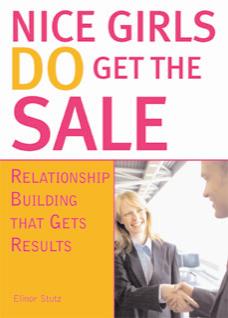
ES: First and foremost, remain true to your principles and ideals. My pinned tweet states, ‘Trust is the Soul of Sales and All Else that You Do.’ The qualifier is to remain calm, speak in a respectful tone of voice, and provide alternative ideas when possible. If something sounds concerning, ask for the reasoning behind the suggestion. Listen carefully for oversights in the other person’s logic and ask pointed questions to achieve a better outcome.
The business phrase, ‘personal branding,’ is an excellent reason not to follow suit. People identify with what we portray; consistency is essential for everything we do. Most of all, stand your ground and prove ‘Yes, You Can!’ The way to do so is to always adhere to the 3 P’s: Purpose, Passion, and Perseverance.
Q: What behavior or personality trait do you most attribute to your success?
ES: I’m observant, listen well to everyone in my presence, and ask many questions, and then I mull over situations privately to come up with a better solution. Adding creativity to the mix, some people enjoy my unique ideas.
For the highly negative moments, I learned to environ myself wearing a ‘Wonder Woman’ cape well-oiled for the darts to fall to the ground behind me. I use the negativity pointed at me as a green light to walk away and work my way.
Q: As a woman, what is the most significant barrier to becoming a leader?
ES: Returning to the thought that our worst experiences can be our gifts in disguise, I’m thankful for my near-death experience due to an ‘irreparable broken neck.’ Two visions came to me while on a stretcher waiting for admission. In the moment, I pledged to begin giving back to communities however I may. But being a sales professional, I negotiated complete healing to do my best in assisting communities at large. Miracles happened that night in preparing me for surgery. The entire medical staff was in disbelief that I had survived the operation. They all visited my room after surgery, referring to me as ‘the walking miracle.’
Accordingly, my motto became ‘Believe, Become, Empower’ ~ Believe you can do it, Become that person, and then Empower others to do the same.

Hello Everyone,
I’m excited to announce the launch of my travel blog titled … TravelDestinations.Me
For those of you who know me, you’re already aware that, along with my bucket list, there are experiences in life that are especially important to me. These are things my wife and I enjoy doing together, like our weekly volunteer work, trying different fine dining restaurants, attending concerts, and checking out headliner comedians.
Personally, as a lifelong musician, I have always enjoyed doing benefit performances. During the holidays, I’m honored and privileged to perform for the elderly and young children who cannot be home for the holidays.
One bucket list item that my wife and I just can’t get enough of is travel. After many years of traveling, I thought it was time to start a blog. Our goal is to visit a minimum of 50 countries (we’re almost there). We’ve had some awesome experiences in countries like Australia, New Zealand, Ireland, Russia, India, Israel, Jordan, Egypt, Cuba, and many others.
Our other travel goal is to tour the USA twice! Our first tour of the US that we have finished has included famous attractions in each state along with Hall of Fames (Football, Baseball, Basketball, Rock n Roll, etc.), attending a Supreme Court session, glacier landing in Alaska, and visiting presidential libraries. In our second go around, we look forward to seeing more of the USA.
So, I thought it would be appropriate to share a series of blogs of my past experiences I have had over the years with you, titled Best Travel Memories
Rich Borell Founder & Publisher

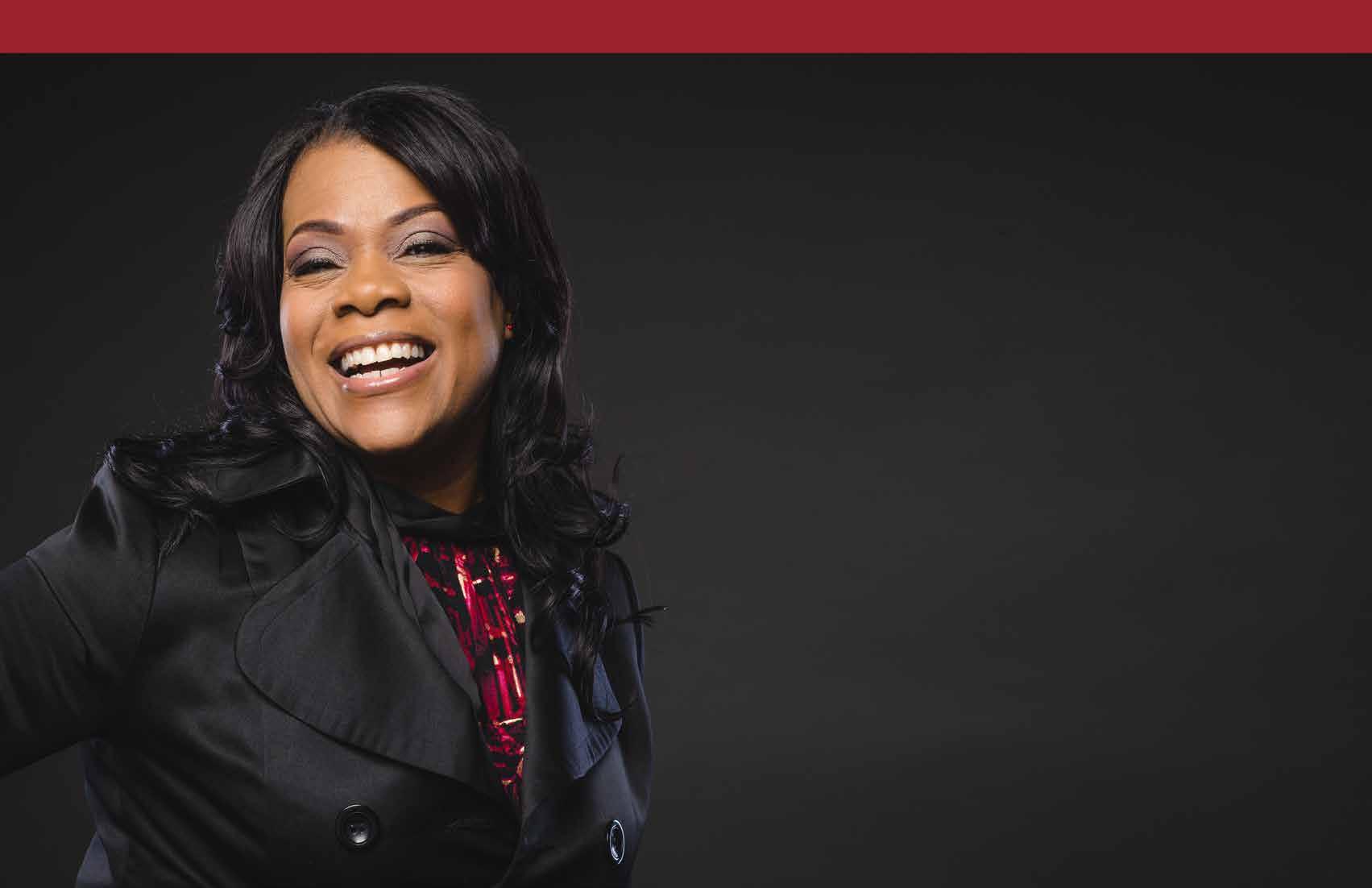

Q: What was your first job? How did it shape or impact you?
JMD: My first job was working at my family’s restaurant - McLean’s Carry Out & Restaurant. My job was to fill the potato chip and soda racks. My niece and I did this every summer from about 7-11 years of age. I watched my mother, father, grandmother, aunts, cousins, and neighbors in the community come together to support this local community restaurant and store.
Our restaurant was the only neighborhood restaurant, carry out and store within a 20 mile radius. My mother, father and cousins always felt it was important to invest in the community and people. There were days when this was not easy and there were many moments where you can never imagine the impact and difference you can make in your community if you just try. When no one else wanted to support the community, my family did. They would give people food on credit (as this was not a very wealthy area), donate dinners to local churches and businesses and give some of the kids in the neighborhood summer jobs.
I learned first-hand about role models that looked like me. I learned that we don’t have to always wait for someone to fix our situation, that we can also help fix our lives too!
My mother and father were my first role models. They showed me that if you work hard, strive for your dreams and goals even when you get knocked down that if you are persistent you will achieve your dream and you can make a difference for yourselves and others right where you are.
To this day, every now and then when I see old neighbors, friends of my family and our family business they always tell me how much my family meant to their lives.
Nothing to me can replace this feeling of meaningful relationships and making a difference for the good of others. This has been the impact.
Q: For those in our audience not familiar with your TV show, “The Entrepreneurs Edge” tell us about it.
JMD: Entrepreneurs Edge Tv was a tv show that was started in 2000 out of my search to find answers to help support and grow my pantyhose vending machine. I was looking for funding to pay for having the vending machines made, manufacturing products, etc. and never could really find resources or funding that could help business startups really starting up from the ground floor with no money, team, etc.
I started doing interviews with businesspeople who would share their stories about overcoming obstacles and becoming really good at it. So, my ex-husband and I created a television show that would address some of the hurdles and obstacles that entrepreneurs and small business owners faced. This was before The Apprentice, Shark Tank, Undercover Boss and The Profit.
Do I believe my television show along with a handful of other small business shows that were around at the time set precedent for what we see today in television programming related to business? ABSOLUTELY! At least that is what I like to think anyway. Smile here
Q: What are some of the topics you cover on your radio show Its Janice?
JMD: Some topics include Business Basics for Startups, Tools for Entrepreneurs (Accountants, Attorneys, Bank Relationships), Navigating Social Media to promote your business, B2B Relationships and how they can help your business succeed and Import/Exporting through departments of commerce, to name a few.
Q: How did the Women Songwriters Hall of Fame start?
JMD: Women Songwriters Hall of Fame began with research for Its Janice Radio. Its Janice Radio Show focuses on women, business, and community. In 2020, I was working with my segment coordinator on statistics for the women in music. When review-
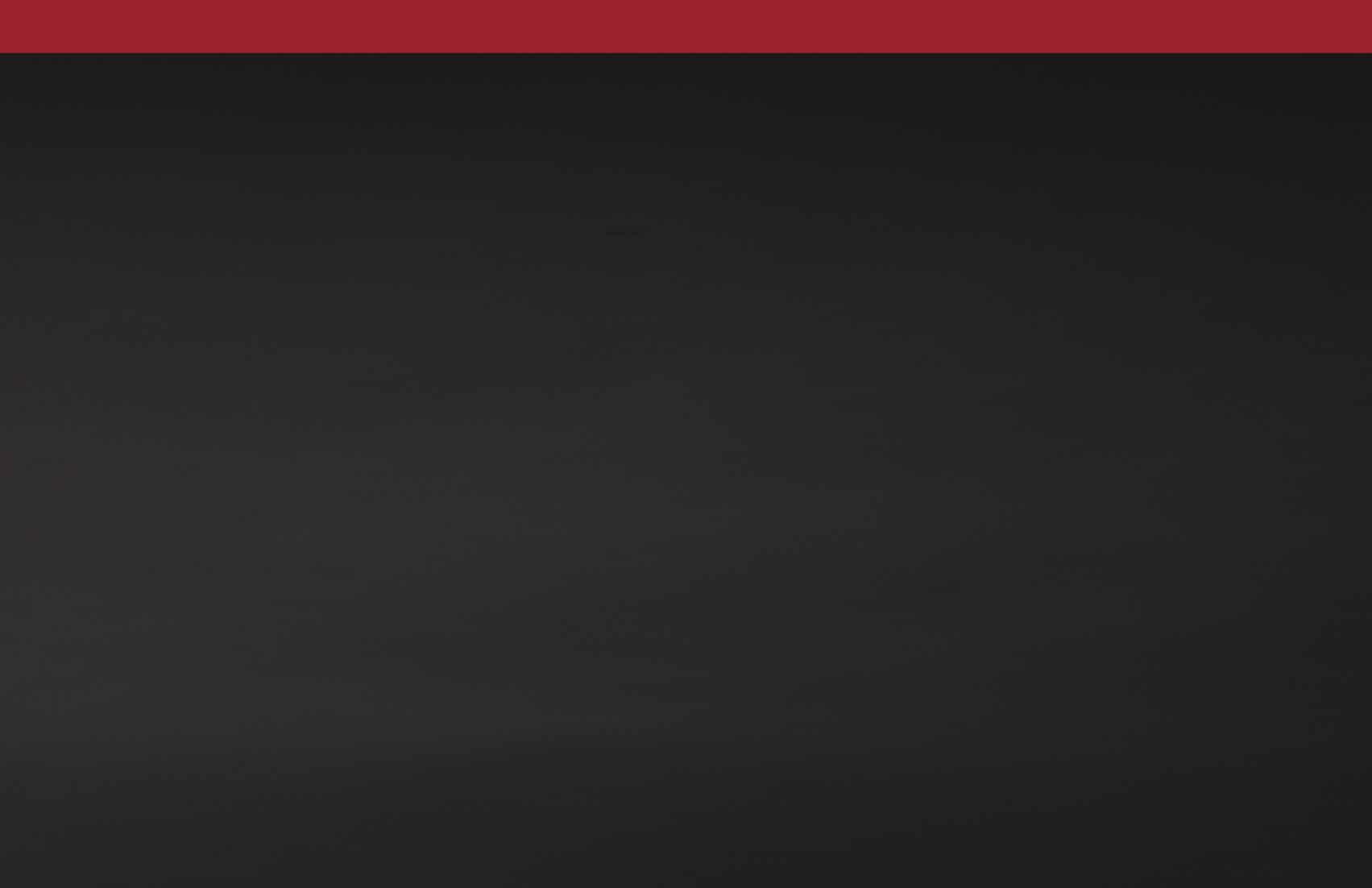

ing the statistics for how women fare in several areas of the music business and after looking at some of The Annenberg Center report about women in business it seems we both came up with the same conclusion.
Women have lagged behind their male counterparts in almost every area within the music industry ranking at 7.7%. within the music industry. In some instances, the women who have been acknowledged for their work were acknowledged twice. Not really sure about the logic behind those who have been acknowledged twice in some areas, but the more I thought on this, the more it became clear there should be a way to acknowledge Women in Music.
Partnering with women who understand why supporting and healing women in one area helps women and communities in other areas and a way to raise funding for scholarships that will enable women to pursue education and career goals through music.
One main point to clarify is that the mission of Women Songwriters Hall of Fame is not to bash men, music industry or other organizations. Solely our purpose is to be of help to women, music, and the world as a whole.
Q: Can the general public become a member of the Women Songwriters Hall of Fame? What are some of the member benefits?
JMD: Yes - Women Songwriters Hall of Fame is open to the general public and seeking new members. You can select membership at our websitewww.womensongwritershalloffame. org
Women Songwriters Hall of Fame is new, exciting, and building what we hope will be the next great organization in music. Currently, there are three levels of membership, Basic

$50, Premium $100 and Platinum $250.
When asked why some of our membership options may cost more than other organizations. Simply the answer is we have not had 50 years to grow and WSHOF memberships WILL include some or all of the following types of benefits that other organizations may/may not offer such as: (see below), but in addition - Women Songwriters Hall of Fame is working to bring back FUN in creating and celebrating music and women!!!
Discounted/Free Tickets to Award Show
Discounted/Free Master Classes with Industry Professionals
Discounted Instruments
Discounted Music Lessons
Travel Club - AAA
Complimentary Breakfast
Discounted Hotel Fees
Swag Bags T-Shirts
Hats
Q: You’re also an Author. Can you share with our audience some of the topics you’ve written about?
JMD: So far - I have written one book - “The Autobiography of an Entrepreneur.” This book is a combination of personal business experience learned from my family and other entrepreneurs. Personal hurdles made in pursuit of fulfilling my dreams and even tribulations because of my dream. Tips and advice from Business thought leaders such as Magic Johnson, Ariana Huffington, Vint Cerf, Daymond John, Marcus Lemonis, and Bethenny Frenkel to name a few. As well as other celebrities and entertainers.
Q: What advice would you give to young women who want to pursue their dream and start a business?
JMD: I would tell them to TOTALLY GO FOR IT!!! We all have something to offer in different areas. But first, find mentors who can give you important guidance from the start. It may save time, money, and mental exhaustion from reinventing the wheel when someone who already has the roadmap can give you a head start.
Q: Were there moments in your career that were pivotal to getting where you are today?
JMD: Sure - Meeting Deloris Jordan (Yes - that
one), mother to basketball great - Michael Jordan and Donda West (Yes - that one), mother to well depends on which day it is and how we feelKanye West.
I was going through divorce and was really at a low point when I met Deloris Jordan on Capitol Hill where I was doing the Entrepreneurs Edge Tv Show. The love she showed me and inspiring words of wisdom to go after my dreams and goals and never quit until I get where I want to go despite all obstacles always stuck with me. Donda West really was an amazing woman and she too showed me such kindness and love and also imparted words of wisdom to always strive for what makes me happy. It is easy to understand how Kanye can feel out of sorts with her absence. She truly was a remarkable lady! Both of these women I always say are the surrogate mothers sent to help me find my way and continue the journey of allowing me to give back to young women and older women. To let them know that no matter what age we areNEVER FORGET TO KEEP DREAMING AND STRIVING FOR YOUR GOALS.
Q: Can you tell us how you manage your work life balance?
JMD: Yes - I answer my emails, voicemails, regular mail, and phone calls at crazy times of the night and early morning. It is one of the ways I keep up. But I am also really good at strategy planning (so I can have balance in my life) and delegating to the few volunteers that help me currently.
Q: What behavior or personality trait do you most attribute to your success?
JMD: LOVE!
I just recently realized through the pandemic - era ughhhh! that Love drives everything I have ever done. Either because I don’t want to be inconvenienced or anyone else to be inconvenienced. Love is what inspires me to create businesses and resolutions that help me and others.
Q: Which woman inspires you and why?
JMD: ALL WOMEN. But In particular - My mom who is deceased nowFannie Bell McLean.
My mother embodied and exemplified a woman of such depth. So many lessons, so little time with her. She is always in my heart! I love you Mom!


Kate is a speaker, author, and Emmy Award winning talk show host. Kate’s interviewed over 16,000 people, including U.S. Presidents, Fortune 500 CEOs, and Hall of Fame athletes.

Elinor is the CEO of Smooth Sale. She’s also an International Best-Selling and Evergreen Author, Top 1% Influencer, Inspirational Speaker.

Andrea Simon is a writer and photographer based in New York City. She has worked as an editor, writer, and manager on diverse projects, and was the co-owner of an editorial/production company that specialized in health-related educational materials.

MILLEN LIVIS is International Holistic Financial Independence mentor, International best-selling author, investor, and entrepreneur.

Dr. Janice McLean DeLoatch is a passionate advocate for entrepreneurs and women in the entertainment industry. She created the Women Songwriters Hall of Fame to honor women whose work represents the heritage and legacy of the world’s music songbook. She serves as the Founder, Chief Executive Officer, and Chairman. Janice is also a Tv Host, Radio Personality, Entrepreneur and Author.

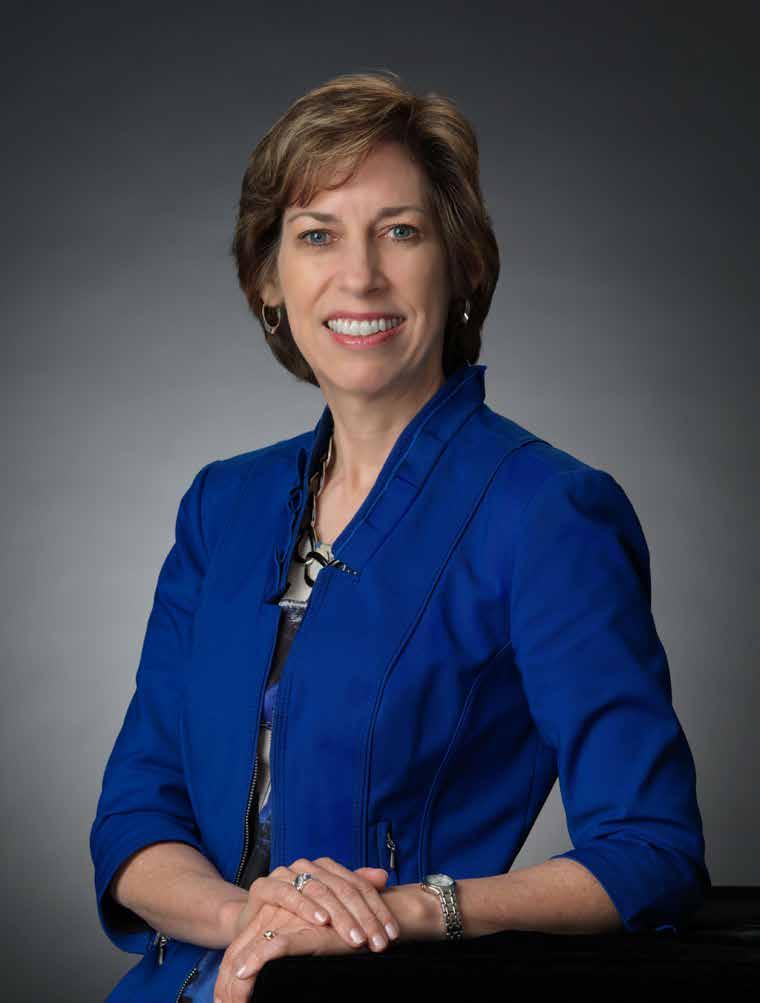
Q: With nearly 1000 hours in space over four missions, did you ever feel that your presence on board was undervalued because you were a woman or a Latina?
EO: Our crews needed to work closely together to accomplish our missions. I spent about a year in training for each of my flights, so the crew got to know each other and our roles well.
I felt my crew mates appreciated what I brought to the team, just as I did with them. On my first two flights, I was in charge of the science instruments on my shift (in fact, I was in charge of the science payload overall as payload commander on my second flight), as well as the prime robotic arm operator. During both of those missions, we used the arm to deploy a science satellite into space as a free flyer, then we rendezvoused with it a few days later and used the arm to grapple it and berth it back in the payload bay.
My second two flights were part of assembling the International Space Station; I was again the prime robotic arm operator (shuttle arm in one case, station arm on my final flight), moving spacewalking crew members around and attaching the first piece of the truss structure to the station. I also served as the flight engineer, working with the commander and pilot on all the dynamic phases of flight, including launch, rendezvous and docking with ISS, and landing. All these roles were incredibly interesting and challenging tasks that I enjoyed working on with my crew mates to accomplish successfully.
Q: Of those four missions, is there one that you feel was especially important, and why?
EO: They all had important objectives. My first two flights were studying the problem of the ozone hole and ozone depletion — a global issue with important health ramifications for people on Earth. The understanding of the chemistry behind ozone depletion, especially by the byproducts of chlorofluorocarbons, had recently won scientists the Nobel Prize, and now we were part of monitoring those constituents in the
atmosphere as well as measuring the amount of light coming from the sun in different wavelengths. Even today, more than 30 years later, the atmosphere is still recovering, and the size of the ozone hole is tracked every year.
One of the scientists who had an instrument on board said that he wished we could stay up longer (all my flights were 9, 10, or 11 days, which was pretty typical for shuttle flights then), and as it turned out, NASA was working on an International Space Station (ISS) to do just that. I worked on the ground with our international partners in developing crew operational concepts, as well as on protocols about assigning and training multinational crews. I then got to be part of the first shuttle crew to dock to the new station, prior to any crews living on board, and to return three years later to initiate the second phase of assembly by starting to build the truss on which the four large solar arrays are attached.
Today, the ISS has been continuously inhabited for over 23 years, and more than 1500 scientific investigations have been carried out.
Q: Tell us about some of the challenges you faced in preparation for your mission.
EO: The biggest challenge is just the amount of information to be learned to support all the mission objectives as well as the operation of the space shuttle and related equipment, like the robotic arm. Of course, we learn all the procedures needed to carry out our mission, but the majority of our training time is spent in learning what to do when things don’t go right or when the equipment doesn’t work. We have to be prepared for all different kinds of scenarios, and the last few months of training involve working with the ground team so that our combined knowledge and communications are tested and honed. I really enjoyed training because it challenged me to become an expert in many different areas as well as to take advantage of the expertise of the other members of my team — both my crew mates and the systems experts on the ground.
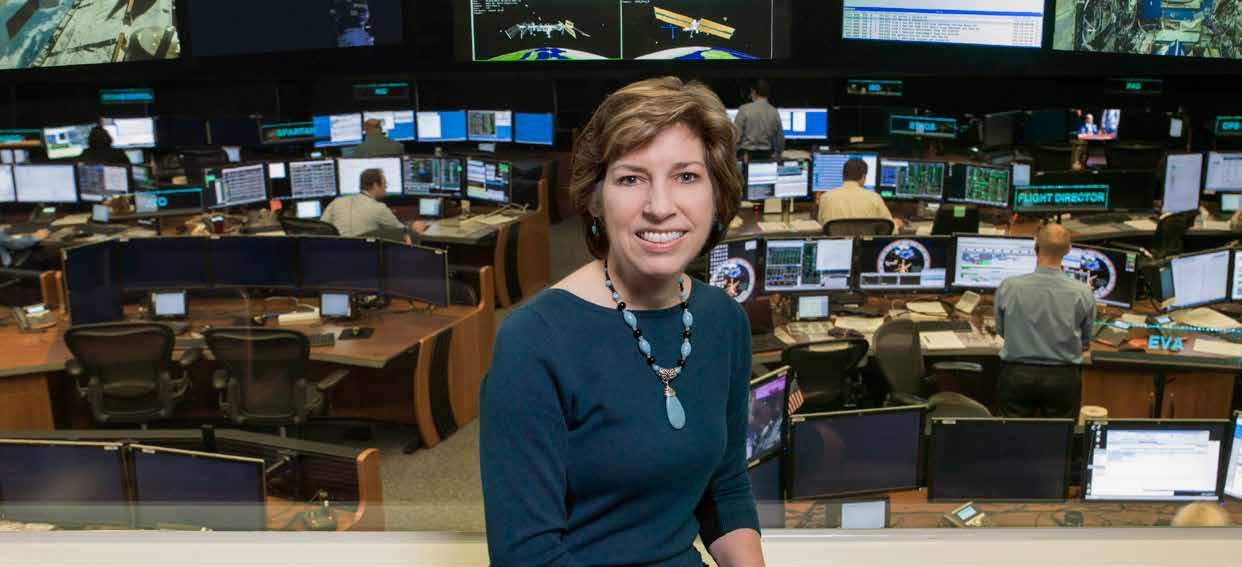
Q: As the second woman and first Latina head of the Johnson Space Center, do you feel that your management approach was distinctive from your predecessors?
EO: It’s the job of every leader to accomplish the mission and take care of your people. If you do the second well, that goes a long way toward accomplishing the first. I followed a center director who really started a focus on inclusion and innovation at Johnson Space Center. Even though he was a white male military test pilot before becoming an astronaut and later center director, he had a great appreciation for the power of a diverse team as well as an awareness of the uneven opportunities available to others. So, I built on that foundation to continue to make our culture more inclusive. It was also imperative, given both budget challenges and the rapidly changing space flight industry, to become more lean, agile, and adaptive to change through new/evolved processes, procedures, partners, and technology.
Q: What was the initial reaction to your bilingual children’s book, We Are All Scientists?
EO: It’s been so gratifying to hear from people who talk about reading the book with their kids or grandkids. Often these families are bilingual, if not multilingual, so they are building a vocabulary together in both English and Spanish that I hope will lead to continued conversations about science and related fields. I now have 4 of the 5 planned books published on science, technology, engineering, and arts, with the fifth one, on math, coming out in fall 2024.
Q: How do continue you to advocate for Latinos to explore studies and careers in STEM?
EO: As I’ve been doing for 30 years, I continue to speak with audiences. Outreach takes many other forms these days, too, including articles (like this one), websites, podcasts, social media, and now the bilingual children’s books that I’ve written.
Q: As a speaker, one of your topics is the importance of minorities in STEM. Can you give us a snapshot of your reason?
EO: We need all the best minds solving challenges and making new discoveries. Talent exists every-
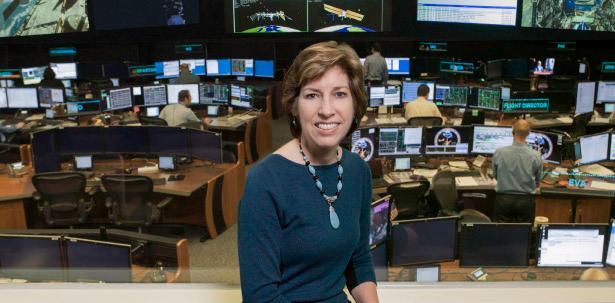
where but opportunity doesn’t. Clearly, our STEM workforce doesn’t mirror the demographics of our population, so we’re missing out on so much talent. When I was a member of the National Science Board, we gathered a lot of information about the “missing millions” in order to bring more attention to it and to highlight the importance of reaching out to underrepresented groups. Research has shown that role models, hands-on activities, and mentors are all needed to encourage students to study (and stay in) STEM.
Q: Was your mother supportive of your interest in science and your interest in obtaining science degrees?
EO: She loved learning herself, in all different kinds of fields, and she definitely encouraged me and my siblings to get a good education. She didn’t get a chance to go to college when she was young, so she took 1 or 2 college classes a semester while raising 5 kids. After 20 years or so, she finally graduated, a couple of years after I did! She didn’t push me in a particular path, but she certainly enjoyed science
herself, biology in particular, and was happy to see me find a field that I was interested in and that could provide a good career path. She had a great time seeing me launch into space four times and following along with each of my missions.
Q: It took two attempts to be accepted into the astronaut corps. How did you resist giving up after initially not being selected?
EO: I always knew it would be a long shot to get selected, given how many thousands of people apply. Although I was disappointed that I wasn’t selected after my first interview, I was encouraged to keep my application updated so I could be considered again during the next interview cycle. Meanwhile, I had a career as a research engineer, working in a lab, writing papers, and presenting results. I also decided I wanted to work for NASA, whether or not I was ever selected to be an astronaut, so I moved to a position at one of NASA’s research centers. In addition, I got a private pilot’s license so that I would be more familiar with an operational environment. I didn’t have anything to lose by continuing to apply so I never thought about giving up!
Q: You are a classical flutist. Do you still find time to play?
EO: Yes, I always hoped to go back to playing with other people at some point when I had more time, so after I retired from NASA, I started taking lessons again. I now play with a couple of community groups in Boise — a flute orchestra and a concert band.
Q: What is one word of advice you can offer to young women who want to reach your level of success?
EO: I suggest finding your supporters and listening to them. You will likely run into people who either discourage you or aren’t welcoming; they are usually people who don’t know you at all and are just mirroring the culture they grew up in. So, look to the people — be it family members, fellow students, professors, colleagues, or supervisors — who know what you can bring to an endeavor. Hard work, an ability to ask questions and to learn, motivation, and enthusiasm are the qualities that lead to success.

Q: First, congratulations on being elected President of FEW. For those in our audience not familiar with Federally Employed Women, can you tell us about the organization?
PR: Thanks to you and Americas Woman Magazine for the congratulations and allowing me to share.
FEW is a private non-profit advocacy organization working for the advancement of women in the government. FEW was founded in 1968 shortly after the government issued Executive Order 11375 which added sex-discrimination to the list of prohibited discrimination within the Federal Government.
Q: Can you share with us some of the accomplishments FEW has made over the years?
PR: FEW recently enacted a new membership category:
Associate Membership for college students and young professionals just getting started in their careers. It allows them to access many of the member benefits and learn what it means to be a Federal employee in the U.S.
FEW has championed several pieces of legislation benefitting the American people:
The Speak Out Act which prevents the enforcement of non-disclosure agreements in cases of sexual assault and harassment, the Pregnant Worker’s Fairness Act allowing reasonable accommodations for pregnant women, and the Fair Labor Standards Act enabling breast feeding protections for nursing mothers. FEW’s Legislative Scorecard informs our members about recently passed or pending legislation affecting us as Federal workers or as women; we also provide tools for anyone to access and communicate with their elected members of Congress. Our legislative

advocate represents us and our interests on Capitol Hill.
While we are committed to fighting for Equal Rights, Pay Equity, and universal Paid Parental leave there is still a lot of work to do in those areas.
We recently encouraged Congress to create a permanent bipartisan solution to the yearly threat of government shutdowns.
Our monthly webinars and annual National Training Program give stakeholders the tools they need to be empowered and advocate for themselves, while also building skills in critical executive core qualifications.
We are also proud of our annual STEM Day Program to support
the next generation of leaders and the FEW Mentoring Program, supporting aspiring leaders.
Q: Is FEW open to the public and are you accepting you members?
PR: Yes, we welcome anyone who believes in the mission and vision of FEW. Diversity is important to us; the more inclusive we can be, the stronger our organization will become.
Q: Tell us why you decided to pursue a degree in Criminal Justice.
PR: I had two uncles who served in the military; from a young child I dreamed of being a police officer and a soldier. I did both when I enlisted in the U.S. Army as a military police officer. A strong network of other women in the military encouraged me to get my college degree while I was serving overseas in Europe. Criminal justice was a natural fit for me.
Q: At the start of your career, what do you wish you had known?
PR: I wish I had known about Federally Employed Women sooner. I also wish I had understood the importance of having both a mentor and a career champion. It is helpful to have someone coach you and help boost you to the next level.
Q: What is one word of advice you can offer to young women who want to reach your level of success?
PR: Be a woman of your word so your reputation and work ethic create a path for you.
Q: What’s your advice for women in male-dominated fields?
PR: Roll up your sleeves and get to work. Do not shy away from leadership opportunities and take up enough space to make your presence known. Speak up for yourself and others; sometimes you will be given opportunities to do so. Other times, you will have to create those opportunities for yourself. Mirror alpha energy with alpha energy; do not back down, especially when you know you are right.
Q: Which woman inspires you and why?
PR: There are women in almost every historical era who inspire me. However, Sojourner Truth, a former slave, abolitionist, and suffragist greatly inspires me. Her strong personality and charisma stole the show at the Women’s Convention of 1851. She wasn’t on the agenda to speak but was given a platform; she ended up wowing the crowd with her passionate “Ain’t I A Woman?” speech. Her words still ring true today.
Q: Can you tell us how you manage your work life balance?
PR: I have a strong team; I delegate projects in their areas of expertise and allow them to shine in those areas. This frees me up to focus on more of the strategic thinking and planning. Although my team is a high performing one, we work hard to build a family atmosphere where we care for and support one another. When I need time to handle personal matters, I know I can rely on the team; likewise, each of them knows I am here for them and support them when they need time away from the work. It is also important to love what you do and remember the reasons why you signed up for the job. Keeping my personal mission and sense of purpose in the forefront helps me prioritize what is important.
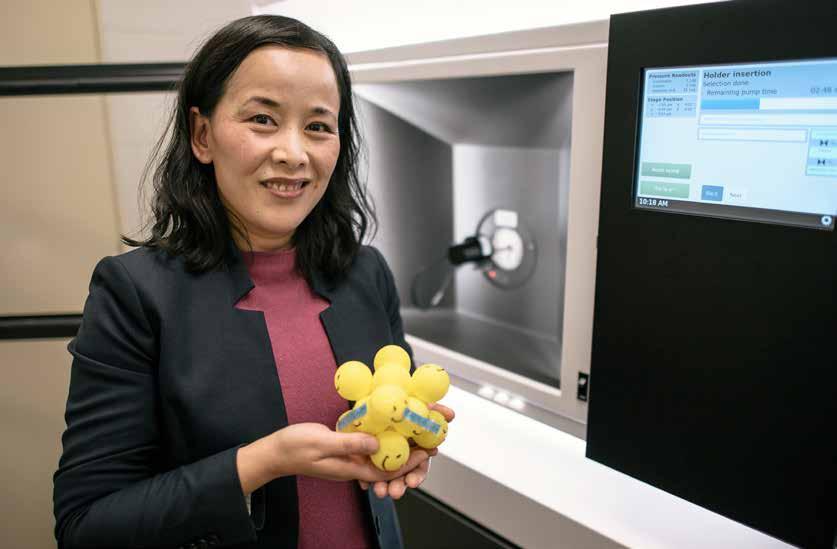
Q: Can you share with our audience a little on your life story and how you became interested in Engineering?
HW: I was born and raised in China and moved to the US for a Ph.D. study in the field of materials science and engineering in 2000. I was fascinated by the field of materials research and its ability to fuel new discoveries and technology innovations and thus decided to pursue my career in materials research. Taking an example, all the integrated circuits that enable versatile personal devices and computing power we have today, are based on silicon, an earth abundant material and a semiconductor, as well as our ability to grow it well in thin layers and dope it with other elements to change its conductivity in different parts of the devices. I am currently focusing on new materials design and processing for microelectronics and photonics, and energy applications.
Q: When did you know you wanted your career to include teaching along with research?
HW: I have always dreamed to be a teacher as many of my teachers throughout my study are my role models. The dream
become much closer to me when I joined Los Alamos National Lab as a postdoc research fellow. I got to mentor multiple graduates and undergraduates through research. I very much enjoyed the teaching/learning process with them and thus applied to faculty positions after my postdoc work.
Q: Tell us about some of the patents you hold and how they are used.
HW: I currently hold 12 US patents. One of the earlier ones developed in 2005 was on the designs of multilayer stack for the high quality growth of high temperature superconductors coated conductors for superconducting cables and generators. This patent has been licensed by multiple superconductor companies and generated great industry interests in the field. These superconductors coated conductors are very important components for energy efficient generators, motors and electrical transmission lines that transmit electricity or convert energy without energy loss in electrical resistance.
Q: Can you tell us about the research your currently doing? What do you hope it will accomplish?
HW: My research group is currently working on many research directions in the areas of new ceramic and ceramic-based composite materials for more compactable microelectronic devices, new photonic structures, thin film Li-ion batteries, and efficient fuel cells. Another interesting and fundamental direction is to design and processing ductile ceramics through defect engineering. Usually, ceramics will break into pieces easily under high impacts, i.e., poor toughness, despite the fact that they are very hard, much harder than most of the metals. They behave very different from metallic materials, where metals generate various defects to accommodate the external high impacts, and then deform without breaking into pieces. We are designing ceramics with those defects to mimic “metals” and making them “tough” and unbreakable.
Q: In 2008, you received the Presidential Early Career Award for Scientist and Engineers. Can you tell us more about this along with the presentation of your award?
HW: That was one of my most memorable moments in my career. I was among the top 60 early career scientists and engineers in the U.S. to receive this award. The awardees were selected and recommended from various federal agencies. I was invited to the White House and met with President Bush. Luckily, I was standing right next to him and had a short discussion with him during the group photo session.
Q: During Covid-19 you developed a hybrid plasmonic thin-film. Can you tell us what led to this design and how it’s being used?
HW: The COVID time was challenging for all the researchers as all the labs had restricted access with only one researcher allowed at any given time. We were able to design and process a range of hybrid plasmonic thin films. These are a group of hybrid materials with two or more materials combined as one material. At least one of the phases possesses plasmonic properties and the other phase(s) presents other functionalities. Typical processing methods involve processing one material first, then etch and integrate the second phase in. Our method is to directly grow two materials simultaneously and self-assembled into nanostructured hybrid materials. This poses great challenges to the growth process as the deposition parameters are vastly different for the different phases and finding a common processing window to effectively grow two or more phases requires deep understanding on the self-assembly process, i.e., materials science of self-assembly.
Q: What’s the greatest fear you’ve had to overcome to get where you are today?
HW: Materials science and engineering as a relatively new and cross-disciplinary area is filled with talented researchers from Chemistry, physics, biology, and nearly all the engineering fields. How to distinguish my research from others and identify critical research topics that are unique and impactful, have been a constant question I am asking throughout my career. Instead of fear, I consider this as the motivation to innovate continuously. Luckily, I am never alone by working with a group of talented graduate students and postdocs in my research group, and many collaborators at Purdue and other institutions, nationally and internationally!
Q: Can you tell our audience one of your most memorable moments your career?
HW: I recall many memorable moments in my career. But the most memorable ones are the Ph.D. graduation ceremonies where I grant the Ph.D. regalia on the shoulder of my Ph.D. students on stage. In the past 16 years, I have graduated 38 Ph.D. students and they are now working as professors in universities, researchers at national labs and senior processing engineers at semiconductor industries, such as Intel, Micron, IBM, Applied Materials. I am so proud of their achievements and witnessing their growth!
Q: What are some of the challenges you feel women face today?
HW: One of the major challenges is simply so few of women in science, technology, engineering, and mathematics (STEM) field. For instance, there are eight women faculty out of thirty-five faculty members in my home school of Purdue MSE. In the undergraduate classes I am teaching, typically there are 5-8 female students among the total of 30-40 student. The ratio of 1:4.5 is of concern but it is comparably better than many other engineering fields. There are a lot of work we have to do to slowly make the changes. I am hiring 1-2 female Ph.D. candidates each year to ensure my group diversity and gender balance. Another challenge is that the stereotype on “the boys are better than girls in STEM” continues to influence our young generations. My 13-years-old daughter always doubts about her ability in math and science despite she has excellent scores in all her classes. More work is needed to help girls gain their confidence. Such efforts can initiate from every one of us. For all the women in workplace, career-family balance is another major challenge. Because of the extensive periods of childbirth, breast-feeding, and raising family, many of the working women have to quit or temporarily quit jobs at the very early stage of their careers, which influences their long-term career. There shall be effective work and employment policies to protect women in workplace.
Q: What advice would you give to young women who want to succeed in the workplace?
HW: We women engineers and scientists have strength in multi-tasking, soft inter-personal skills, and very detailed thinking. Utilizing the strengths, you will excel! Everyone is made differently. Use your own expertise and strengths to distinguish yourself, among others. Do not let any stereotype influence your career decisions and never limit your own potential! When you are deciding between family and career, do remember that these two are always coupled together and you can make them well balanced! A supportive family is also very key to such balance.
Q: After high school, where did you feel your career path would take you?
HW: I have always wanted to do something impactful and useful to the society. After high school, I had a vague picture of my career working in an engineering field but was not very sure on what exactly I would work on. After my bachelor and graduate studies, the picture became clear, i.e., a scientist in the areas of materials discovery.

She’s Known For Her Quick Wit, Humor, & Insightful Rockstar Interviews. An Exclusive Interview With Television Host, Executive Producer & VP of Programming at AXS TV
Katie Daryl is the Vice President of Programming for AXS TV, a title she has held since September 2022. As one of the network’s longest-tenured employees, Daryl initially joined AXS TV (formerly HDNET) in 2001 and has thrived in a wide range of roles. In addition to her duties as vice president of programming, she continues to serve as both an executive producer and on-air host, overseeing some of AXS TV’s most popular original series.
Аs vice president of programming, Daryl is responsible for all aspects of AXS TV’s programming, development, and content spanning across the network’s linear and digital platforms. This includes guiding the daily operations of AXS TV’s original productions and overseeing scheduling, acquisitions, on-camera talent development, and content strategy.
Under her leadership, AXS TV has evolved from a linear-only channel into a major player in the digital content arena. Developing effective strategies with an emphasis on original programming that appeals to a wide and diverse audience, Daryl has successfully introduced and implemented dynamic, fresh, and unique formats, topics, and themes that have paved the way for AXS TV’s direct-to-consumer platforms, social platforms, and first-ever FAST channel AXS TV NOW.
Utilizing almost two decades of experience in music and advertising, Daryl has forged vital partnerships with some of the industry’s top stars and most recognizable brands. This has resulted in the development and production of a slate of acclaimed programs and specials, headlined by the award-winning At Home
And Social interview series. Highlights include exclusive moments by Mick Fleetwood, Finneas, Nancy Wilson, Lady A, and Dionne Warwick, to name only a few. Daryl’s impressive credits also include network favorites such as The Top Ten Revealed; The Very, Very Best of the ‘70s; The Very, Very Best of the ‘80s; and Stranded, all of which feature Daryl as executive producer and on-air talent.
Daryl first entered the media landscape at the age of 15 as a part-time radio DJ. She parlayed this experience into a role as a morning show producer for Clear Channel Radio while attending Arizona State University on a Scripps Scholarship. Following this, Daryl worked as a reporter for MTV’s Choose Or Lose –covering the 2000 presidential election and providing updates for the channel’s iconic TRL program – before moving to Dallas to co-host an FM radio show. This led to her co-hosting The Mark Cuban Show for two seasons.
Building on her successful partnership with Cuban, Daryl was brought aboard the entrepreneur’s burgeoning HDNET team as host, producer, and creator of the weekly True Music series, which aired from 20022007. During this time, Daryl produced and hosted more than 250 episodes of Deadline! for HDNET as well. In addition to her roles with AXS TV and HDNET, Daryl has worked as a producer and host with some of the industry’s leading networks and brands, including VH1, CBS, REELZ, and Anheuser-Busch — the latter of which found her touring with racing icon Dale Earnhardt Jr. for Budweiser. She was also instrumental in the launch of TMZ On TV in 2007, where she served as a producer and voiceover talent managing daily radio call-ins and fulfilling live flash cam needs for the show’s national affiliates.
Q: You seemed destined for a career in media. Were there other career paths that you ever considered?
KD: You figured out my master plan! There were a variety of media avenues I considered, from radio to news reporter, but the end goal was always the same: having a voice in the media.
Q: Do you consider mentorship a contributing factor to your success?
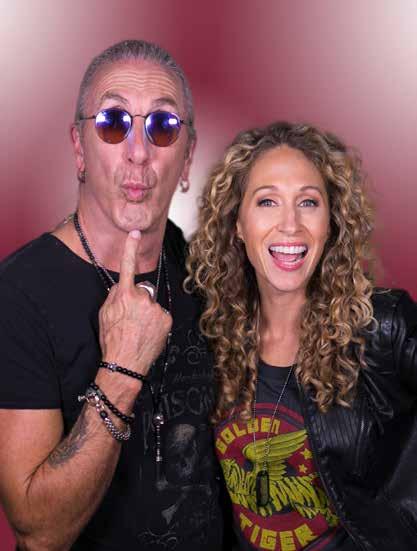
KD: Yes! I’ve had some really great people in my corner from the start. My parents and sisters were early champions for me. My dad helped me get my first gig on the radio, while my big sister told me MTV was hiring! Within the industry itself, I’d have to say my favorite mentor has been Mark Cuban. I’m not sure he ever saw himself as a mentor to me, but I truly studied him, asked questions, and took every note he gave me straight to heart.
Q: What areas of study would you emphasize to a young person who is just entering college with hopes for a career in media? Do you recommend anything different or supplementary for a young woman?
KD: I was lucky enough to go to Arizona State University, where they have the Walter Cronkite School Of Broadcasting (and Hugh Downs School Of Journalism). I highly suggest you find a great program. But, even more than that, don’t be afraid to think bigger. Make yourself slightly uncomfortable. I could have easily stuck with Broadcast
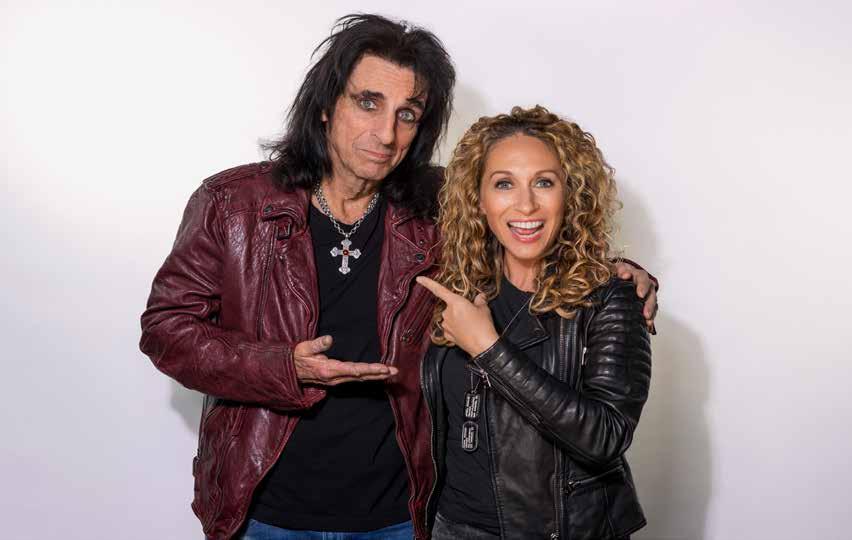

Journalism as my major, but I tweaked it a bit and did Broadcast Management. Writing and storytelling have always come easy for me, so I figured it was best that I learned what was going on in the corner office… just in case someone ever tried to get in my way.
Q: One of your early jobs was as a reporter for MTV’s Choose or Lose, covering the 2000 presidential election. Does that kind of work provide future intrigue?
KD: I loved this experience! Getting to have a voice — especially a young voice — in the political field was amazing. Traveling with the candidates, being with the press corps, feeling the cold of New Hampshire! It was a job that helped me realize there really are a lot of broadcasting avenues to explore. That being said, I found the rock ‘n’ roll stuff — like what I’m doing now — to be slightly more intriguing. (Although, McCain did throw quite the rock ‘n’ roll party, complete with confetti cannons, when he landed in South Carolina!)

Q: You’ve held a number of positions within AXS TV and are now the vice president of programming. What kind of entertainment do you think will captivate your audiences in the near future?
KD: Classic Rock is once again exploding in popularity — just watch any of the Marvel Movies! I think AXS TV will continue to highlight the artists that shaped rock ‘n’ roll, creating programs and experiences that are truly multi-generational. The “Classic Rock onion” can be peeled in so many different ways and AXS TV plans to hit every angle.
Q: Can you recall a live interview that went awry and how you pivoted to bring it back into focus?
KD: I’ve had more than my fair share of interviews that went awry or simply felt boring. For me, the key is doing my homework in advance and knowing my facts before sitting down. I also like to dig up some fun tidbits about my guest, so when something starts to feel “off” I can lean into a lighthearted question or bring up a subject that might feel off-topic but, in reality, is helping to put us back on track.
Q: What notable people do you hope to feature in the future on your various series?
KD: This is the part of the interview where I shout Dolly Parton as loud as I can! DOLLY!!! But in all seriousness, I want guests that helped shape the Classic Rock world, or artists that have created timeless music. There is an open invitation to Tommy Lee and Mick Jagger — I’m ready to hear some of their wild road stories! And, of course, I’d drop everything for a chat with Sir Paul McCartney.
Q: What would you like to share about AXS TV’s Band Together program that provides grants to music education programs and how the schools are chosen?
KD: I really love this program! It’s so important, because it gives grants to exemplary music education programs across the country — vital funds that they can then use to buy new instruments, make improvements to the classroom, or do anything else they need to build up their programs and really help these talented kids develop crucial skills and a lasting love for mu-

sic. Thank goodness Spectrum chose the schools and markets for us… I couldn’t have done that. I would have picked everyone that applied!
Q: Tell us about the process to select the theme for The Top Ten Revealed.
KD: In the beginning, I didn’t think I would be able to come up with 20 episode themes. Now, here we are at over 120! I keep a running list that I continue to add to – and it’s huge! Inspiration comes from so many places. When I’m driving, a song might come on with a great sax solo and I think, “Wow! What other songs have great sax solos?” Boom! List! Or I hear a song with a girl’s name in the title… Boom! List! My favorite is when other AXS TV co-workers suggest ideas to me, or when fans send in tweets and emails with ideas. Although, I do have to say that my husband is the list-making king. He’s come up with some really good ones!
Q: You recently served as President of the American Society of Plastic Surgeons. Can you tell us what this meant to you and did you accomplish what you set out to do?
LJ: Being President of the American Society of Plastic Surgeons was an honor and a privilege. Despite the COVID pandemic, we were able to accomplish what we set out to do.
At the beginning of my presidency, I wanted to focus on technology/innovation/disruption and on valuing our physician members. I created a presidential task force on technology that will build an infrastructure within ASPS that will not only address technology used by the society in our work, but also support our members interested in technology, innovation, and entrepreneurship. We are also looking at the big ideas such as artificial intelligence, biosensors, block chain, etc. and making sure that we keep our society well-positioned to address potential opportunities and threats. In addition, we had a deliberate focus on making sure to recognize and engage our volunteer physician leaders. At the end of the day, this is a member organization, and we are thankful for their dedication and time that they give to ASPS and our specialty. Of course, we could not have anticipated COVID-19 and I am very proud of ASPS’s response to this pandemic. We were able to set up a COVID resource page for our members with regular webinars. We set up a clearinghouse for members to offer PPE and ventilators to other facilities in need. This caught the attention of the White House COVID Task Force which ultimately led us to help source over 6 million masks to New York alone as well as working with FEMA and other governor’s offices. When it was time to consider reopening, we responded to our members’ needs for access to PPE by having ASPS buy PPE in bulk and thus allowing our members access to PPE. Ultimately, I am so proud of the response of our physicians and our staff in coming together, being proactive, and responding effectively to the COVID pandemic.
initiatives such as our clinical registries, task forces, and research endeavors that will lead to data that we need to better address topics such as implant safety, surgical safety, proper training, and best practices. ASPS is here also for our members to provide resources for their everyday practices both operationally as well as clinically and also helps to facilitate communication, networking and camaraderie among our members.
Q: Can you tell us about your current positions as Chief Medical Officer at St John’s Pleasant Valley Hospital, and Medical Director of the Integrated Breast Center at St. John’s?
LJ: I currently serve as the Chief Medical Officer at Dignity Health St. John’s Pleasant Valley Hospital which is a part of CommonSpirit Health. During the COVID crisis, I covered an additional hospital while their CMO was out. The Integrated Breast Center offers a community-based team-based approach to breast cancer care. The Center is nationally accredited and has been the recipient of a number of national grants. For the last 11 years, we have held a Breast Symposium that has grown from 30 attendees to 300 attendees last year. This year, of course, we will host a virtual symposium, but we look forward to being hold one in person next year (hopefully!).
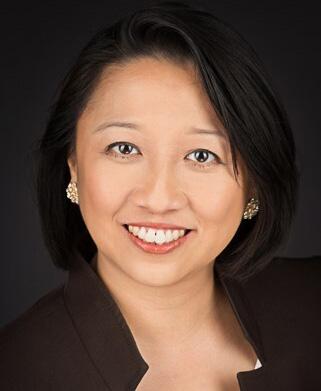
Q: Tell us about your private practice you have as a plastic surgeon in Ventura County, Calif, and why you chose to become a plastic surgeon.
Q: Why is it important for a plastic surgeon to be a member of ASPS?
LJ: The American Society of Plastic Surgeons is the largest plastic surgery organization in the world. We are here not only for our plastic surgeon members but also our patients. Our advocacy, research, education efforts (of the public as well as plastic surgeons) promote patient safety, ethics, and excellence in plastic surgery. We continue to promote collaboration and science not only in the US but globally with our global partners. We continue to support important
LJ: I am in solo private practice and share the office with my husband who is an Orthopaedic surgeon . I specialize in breast surgery, as well as non-invasive and minimally-invasive procedures such as injectables (Botox/fillers). I was drawn to plastic surgery because in plastic surgery, you create and rebuild. That really appealed to me. One of my first exposures to plastic surgery was watching one of my research mentors in the operating room build an ear for a patient who was born without one, using the cartilage from her rib. It was fascinating and I was hooked. Today, I am so grateful to be able to help people every day. Many of my breast cancer reconstruction patients, I have known for years and there really is no comparison to the satisfaction you get, knowing that you make a difference in people’s lives.
Q: Most of your medical education was done in Michigan … how did you end up in Southern California?
LJ: I grew up in southern California. I went to Michigan because I was accepted into medical school out of high school
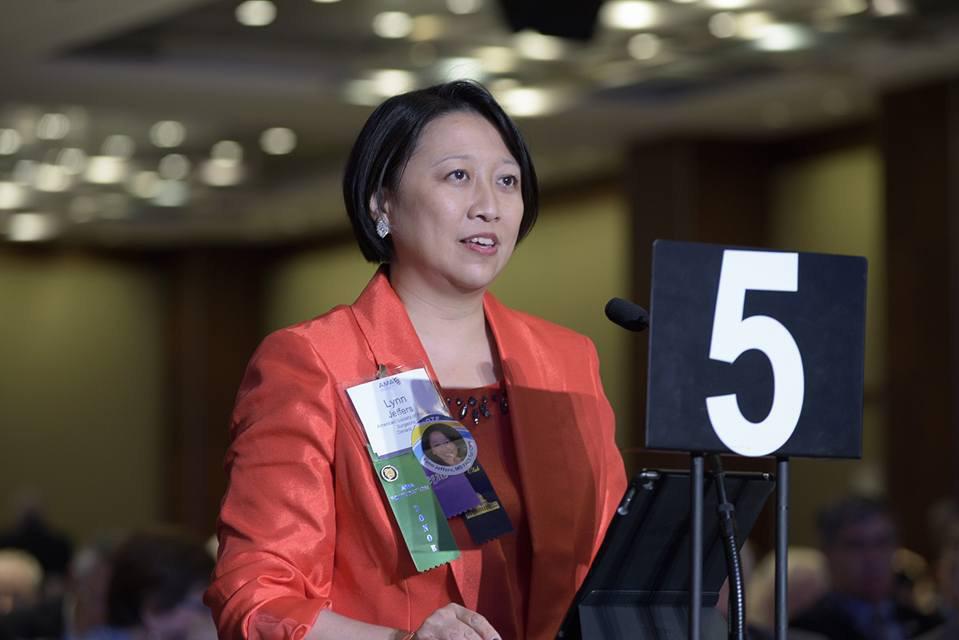
and thus did my undergraduate education, medical school education, and residency training in Michigan. I returned to California after finishing my training, and I now live in the same community in which I grew up.
Q: Can you tell us how you manage your work life balance?
LJ: It is definitely a day-by-day, even hour-by-hour, adjustment. I am fortunate to have a very supportive family including having my parents living nearby. My husband and I joke that our children did ok, DESPITE us. For better or worse, we were too busy to helicopter parent our kids and they had to learn independence and resourcefulness early in life. I have many stories that we laugh about now. Balance is a moving target, but I would say that it starts with self-assessment and being aware of what is really meaningful--what are your real priorities. I don’t sleep much, but even so, more recently, I find that I have had to set limits and recognize that you can’t do all things all of the time.
Q: What’s one lesson you’ve learned in your career that you can share with our audience?
LJ: Never underestimate the importance of relationships. It is the personal connections that not only make the work we do meaningful but also, I believe, personal connections are the key to success. I also believe in the importance of leaving things better than you found them both in terms of the organization itself but the people. I have certainly benefited from the mentorship of many people and I hope to be that for others.
Q: Can you tell our audience one of your most memorable moments in your career?
LJ: Some of the most meaningful milestones in my career
were starting my own practice, spearheading the Integrated Breast Center, assuming my Chief Medical Officer (in addition to my practice), being elected as one of 11 members of the American Medical Association’s Council on Medical Service, and most recently, my term as president of the American Society of Plastic Surgeons. In fact, at the end of my presidency, I was chosen for two awards: the ASPS Patients of Courage and the Young At Heart award that really meant so much to me as it really reminded me why I do what I do -advocating for my patients and mentoring those after me.
Q: What are some of the challenges you feel women face today?
LJ: Sometimes, women may have a difficult time finding mentors and seeing role models in leadership, depending on the arena. Also, it can take some work to understand how to navigate a particular environment and finding ways to be heard that are effective. Studies have shown that women cannot employ the same tactics in the boardroom as men do, as they are not as effective for women. With more recognition of these differences, more work is being done as to effective strategies specifically for women, we can promote better functioning teams and organizations.
Q: What advice would you give to young women who want to pursue a career as a Doctor?
LJ: Being a physician is such a rewarding profession. Every day you can look in the mirror and know that you can help people directly. However, know that the number of years of education, training, and sacrifices can be daunting, so find your mentors and find your “why”. Make sure to pay attention to self-care and to not neglect the other portions of your life as those are just as crucial to a whole, meaningful life.
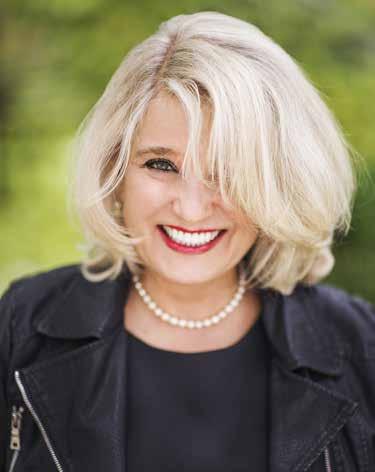
Q: What was your first job? How did it shape or impact you?
ML: I was born and raised in the former Soviet Union. My first job was working at a data-entry center. It was a very boring, meaningless (to me) work, with a minimum wage pay.
There were only women in our department… of all ages.
Working at this job taught me to be grateful for any job (because I was helping my parents with my wages), shaped my perception about any job as a stepping stone to something bigger and better (not the final destination), and motivated me to get knowledge and experience in the area of my interest (at that time it was physics), so that I could enjoy meaningful work that pays well and creates a positive impact on other people’s lives.
I decided to be SO good at what I do that my gender (women were inferior workforce in the former Soviet Union) and my ethnicity (I come from Jewish heritage and was discriminated because of it in the Soviet Union) will not be used to dismiss or ignore me.
Q: What changes in your life led you to become an International Holistic Financial Independence mentor?
ML: I had a pivotal moment (phase) in my life after I walked out from my financially comfortable by loveless marriage and my financially comfortable but meaningless Wall Street career, and “jumped” into entrepreneurship – started my real estate investment company with a couple of business partners.
My intention (my North Star) was to experience FREEDOM – freedom of money, choice, time, location. To achieve that, I had to become financially free, so that I won’t depend on any partner, boss, or government with my financial security.
My “parachute” didn’t open when I jumped. I crushed… became financially broke, emotionally broken and deeply depressed.
However, by the grace of God, I was introduced to a life coach who helped me shift my perceptions on success, self-leadership, and what’s possible (among many other things).
Working with this coach helped turn my “sinking ship” 180 degrees…
I learned the tools that helped me develop a wealth
mindset, become a savvy manager of my money, and, eventually, a strategic investor.
This experience also led to my spiritual awakening.
Within 7 years I became financially independent, from ground ZERO….
Then published my two bestselling books.
Eventually I decided to become a mentor to women who want to control their money (so money won’t control them); who want to live without constant money worries, stress, and anxiety; and who want to create their own unique path to financial independence.
Q: Tell us something about the MILLENaire Method you have adopted.
ML: The MILLENaire Method is my holistic system for becoming financially independent.
This method was born by reverse-engineering my path to Financial Independence.
It includes four pillars - fundamental skillsets - that one must develop in order to become financially independent:
1. Wealth Mindset
2. Savvy Money Management
3. Strategic Investing
4. Practical Spirituality
All my work with clients and students is based on this method.
Q: What is one reason you hear that will lead women to seek your mentoring services?
tery program – helps clients develop Wealth Mindset (as opposed to Consumer or Scarcity mindsets) and become savvy managers of their money.
This program helps my clients truly transform their relationship with money, their money story, and their bank accounts. They have more money with less stress and less risk.
Q: Were there moments in your career that were pivotal to getting where you are today?
ML: Yes. Here’re some of them.
- I would have perished, like many of my colleges and friends, on 9/11 2001 (I used to work in World Trade Center) if I didn’t listen to my intuition and didn’t resign a couple of months prior to this tragic day.
- While being in a very dark place in my life, I made a scary decision to invest in myself and work with the life coach, when I was lost, fearful, and broke.
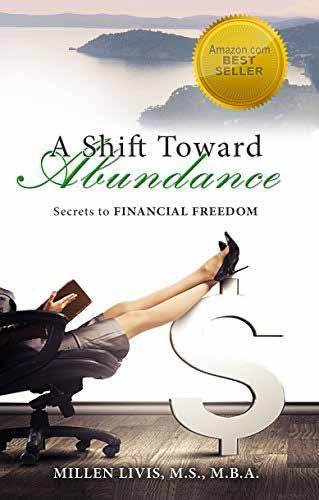
ML: Many women like my holistic approach to creating lasting wealth. I teach “hard” (very practical) money skills (savvy money management and investing) as well as “soft” money skills (wealth mindset and spiritual principles of creating financial wealth). And they like that I “walk the talk” - embody what I teach, have achieved what they are aspired to achieve.
Q: Are your mentoring sessions private or in a class setting? What are some of the topics you cover?
ML: As of now, I offer both - private mentoring and group programs.
One of my group programs – Awakened Money Mas-
- After years of living “by default,” I recognized the importance of living “by design” - the importance of knowing your goals. Because I started with the end in mind (financial independence).
- I used to struggle with making quick decisions and realized the importance of knowing your values in life in order to be decisive. Because it helped me be clear about my priorities and make decisions that are aligned with my values and goals.
Q: You’re also an author, can you tell us about some of the topics you’ve written about?
ML: I published two bestselling books of my own, and two collaborative books.
- A Shift Toward Purpose: Secrets to an Amazing Career
- A Shift Toward Abundance: Secrets to Financial Freedom
Q: What’s the best advice you’ve ever received?
ML: Failure is not a person. It’s an experience. And it has the beginning and the end. There is always a light at the end of the tunnel…just keep going.
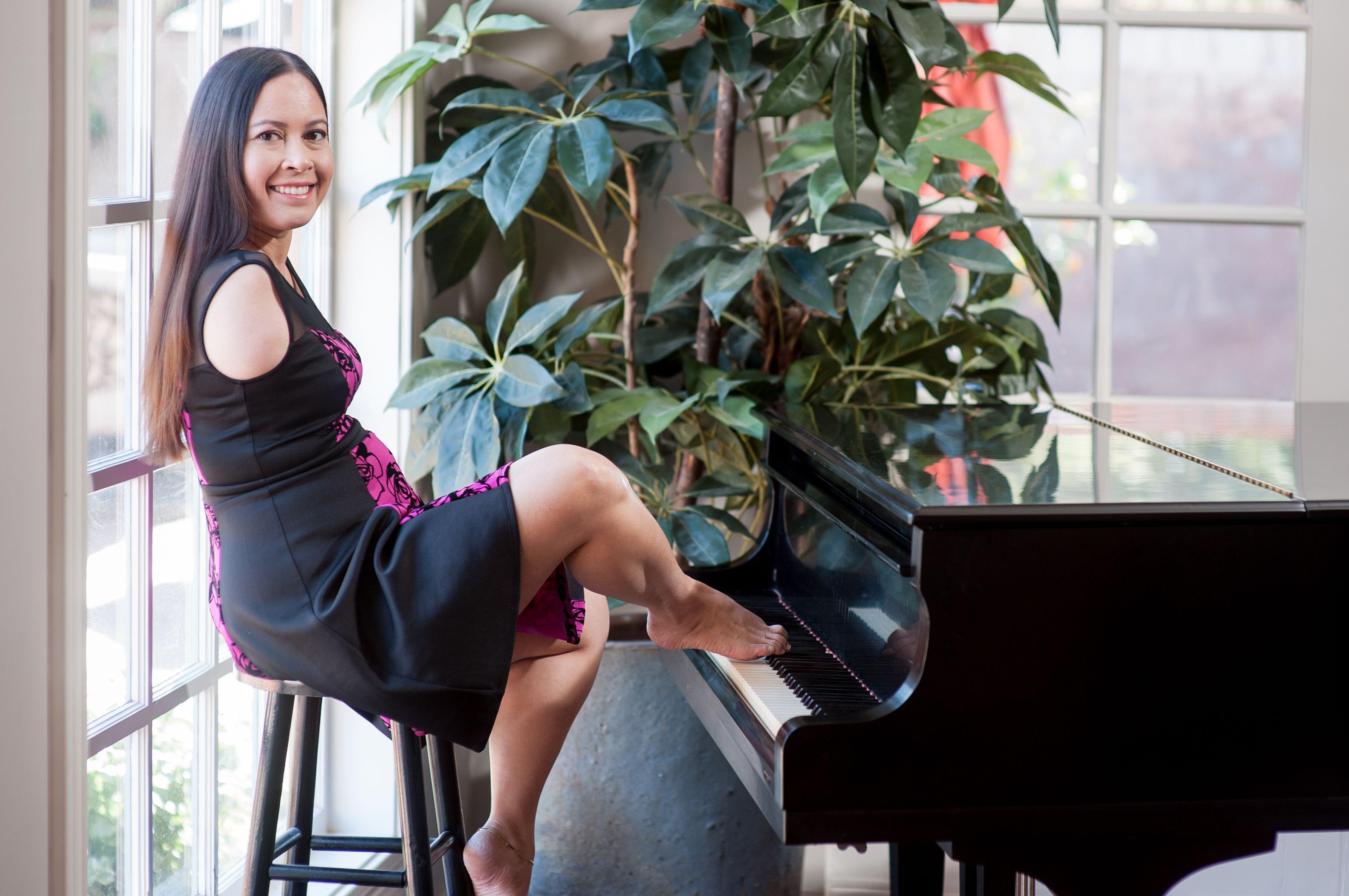
The World’s First Licensed Armless Pilot, and First Armless Black-Belt in The American Taekwondo Association
Cover photo by Jessica Korff | Feature images Amy Haskell
Jessica is best known for becoming the first armless pilot in aviation history. Her achievement earned her a Guinness World Record medal, invitations from six continents, and featured on TV programs like Ellen, Inside Edition, Fox and Friends, Oprah Winfrey Network, CNN, CBS Evening News, and the BBC.
Described as a speaker “no one will ever forget,” she shows audiences around the globe how to inspire enthusiasm and build authentic confidence. With the goal of showing people how to go home from work every day feeling excited for tomorrow, she teaches how to courageously tackle new challenges with creativity and unrelenting drive. Since she was born without arms, she became fascinated by the limitless ways the human body can adjust to a variety of circumstances. As she learned to conquer physical barriers, she developed mental skills that allowed her to go on to achieve the seemingly impossible in her own, unique way.
Q: Flying a plane, walking a tightrope – when do you first remember challenging yourself to do things the typical person never attempts?
JC: I don’t see myself as someone who does things because other people don’t do it. My mom overcame extreme poverty to graduate from college, immigrate to the United States, she traveled the country as a nurse and she never sat still for very long. In my mind, my drive to try new things and go on adventures comes more from her spirit.
Q: How often have you encountered naysayers in your abilities to accomplish your goals and what has been your response?
JC: Every day. While it’s not always blatant, it’s obvious in how people react to me. It challenges me to try to prove them wrong. It fuels me. You only need to look as far as some of the comments on my YouTube videos to see the pushback people give for me flying or being a black belt.
Q: Describe how you encourage your audience to find their motivation to achieve their goals?
JC: I find that most people are well motivated, but they allow excuses, over-complication, and habits to get in the way. Normally, motivation isn’t the problem, it’s the perceived limitations that often aren’t as difficult as we make them out to be.
Q: Have you ever had to modify a goal and how do you address this subject to your audiences?
JC: Every goal was modified at one point. As long as you get the job done, it doesn’t matter which way you attack it. In my speeches, I talk about “thinking outside the shoe.” It’s a metaphor for when I learned to first tie my shoelaces. I remember watching my Kindergarten teacher show us how to tie our shoes with her foot inside her shoe and using her hands to tie her laces. Since my feet have become my hands, I couldn’t simultaneously have my foot inside the shoe and tie the laces. I could have given up, but who said your foot has to be inside the shoe when you tie them? I eventually figured out how to tie my shoelaces with my toes and then slip my foot inside the shoe. The goal shifted from tying my foot inside the shoe to simply tie the laces loose enough for me to later slip my foot in.
Q: One aspect of your motivational speaking addresses diversity, can you tell us more about that?
JC: Diversity has become a regular part of social justice conversations and those conversations have become more common, which is great. The problem is that while we talk about race, gender, or orientation, disability is often forgot-
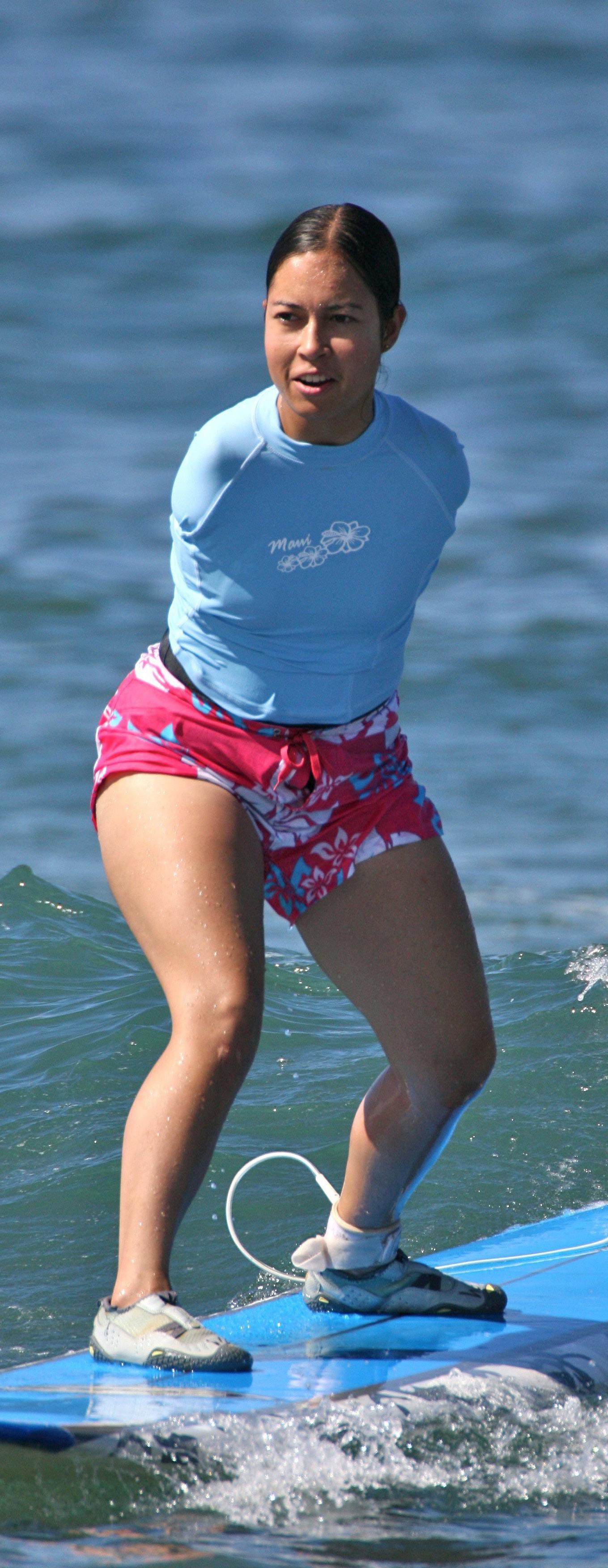

ten or diminished in the conversation. I often remind people that the disability community is the only minority that you could join, not everyone is born into it like me. We also make up 25% of the US population and more than 1 billion people globally will experience a disability in their lifetime. That is a lot of people that need to be in more conversations.
Q: The obvious question, have you and your team done anything unique to adapt to the COVID videoconference environment?
JC: Everything has switched to Zoom and other platforms, so I did too. I think I had a head start because I was already recording video content. We upgraded some equipment and our bandwidth to make sure my clients received the best possible stream. Not traveling meant that I had a little more time on my hands - or feet - so I’ve been expanding my coaching services. I’ve worked with amputees in the past to be a mentor for them but now I’ve opened up my one-onone time to the general public.
Q: You write an occasional blog, including one on inspirational porn, probably not a subject that a lot of people have studied. What would you like to say about it and how has it evolved?
JC: I’m more than happy to inspire someone because I fly an airplane, earned a black belt, surf, scuba dive, and slack-
line. Inspiration porn is when someone’s inspired because I can function as a human being. I once had a woman in the checkout line at the grocery store say, “It’s inspiring to see you, people, out and about.” People shouldn’t be inspired because someone with a disability eats food and needs to buy toilet paper. I think it comes from an assumption that people with disabilities are inherently unable to do regular things or the person without a disability assumes they couldn’t cope with the disability they see. In reality, the disability community is the only minority you can join and represents about twenty percent of the global population. Inspiration porn only exists because we as a society haven’t a normalized disability.
Q: Do you ever give in to asking someone to do something that’s somewhat difficult for you – difficult, but something that you’re capable of doing? How does that feel?
JC: Yes, I do. For example, with my husband, but I think it further perpetuates laziness and is a disservice to me because then my ability to do something can be impacted. I’ve been asking my husband to reach for things that were at the edge of my flexibility. Unfortunately, as a result, I’m not stretching my limits and therefore my flexibility has lessened.
Q: You’re a Third Degree Blackbelt – without it would you ever feel physically vulnerable?

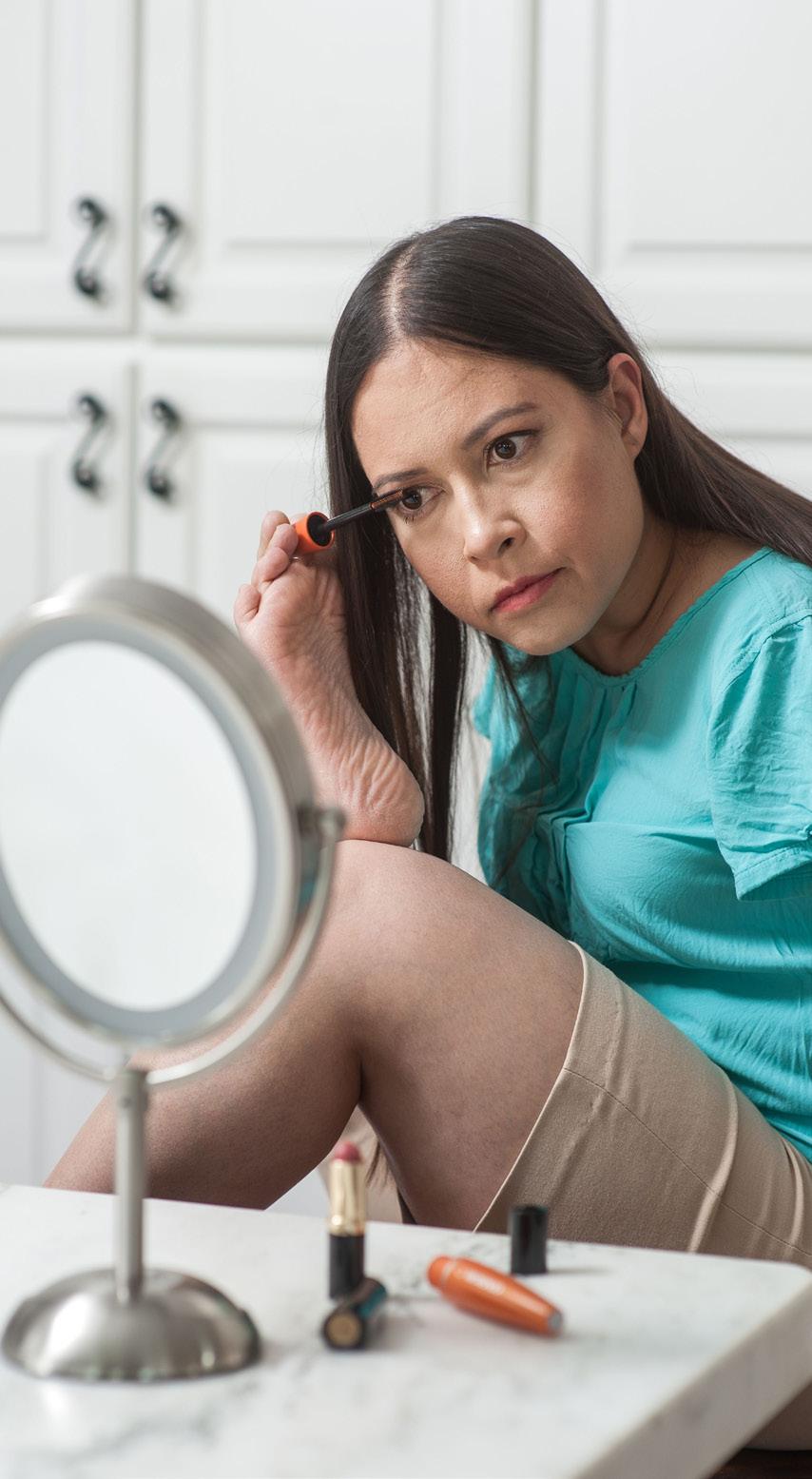
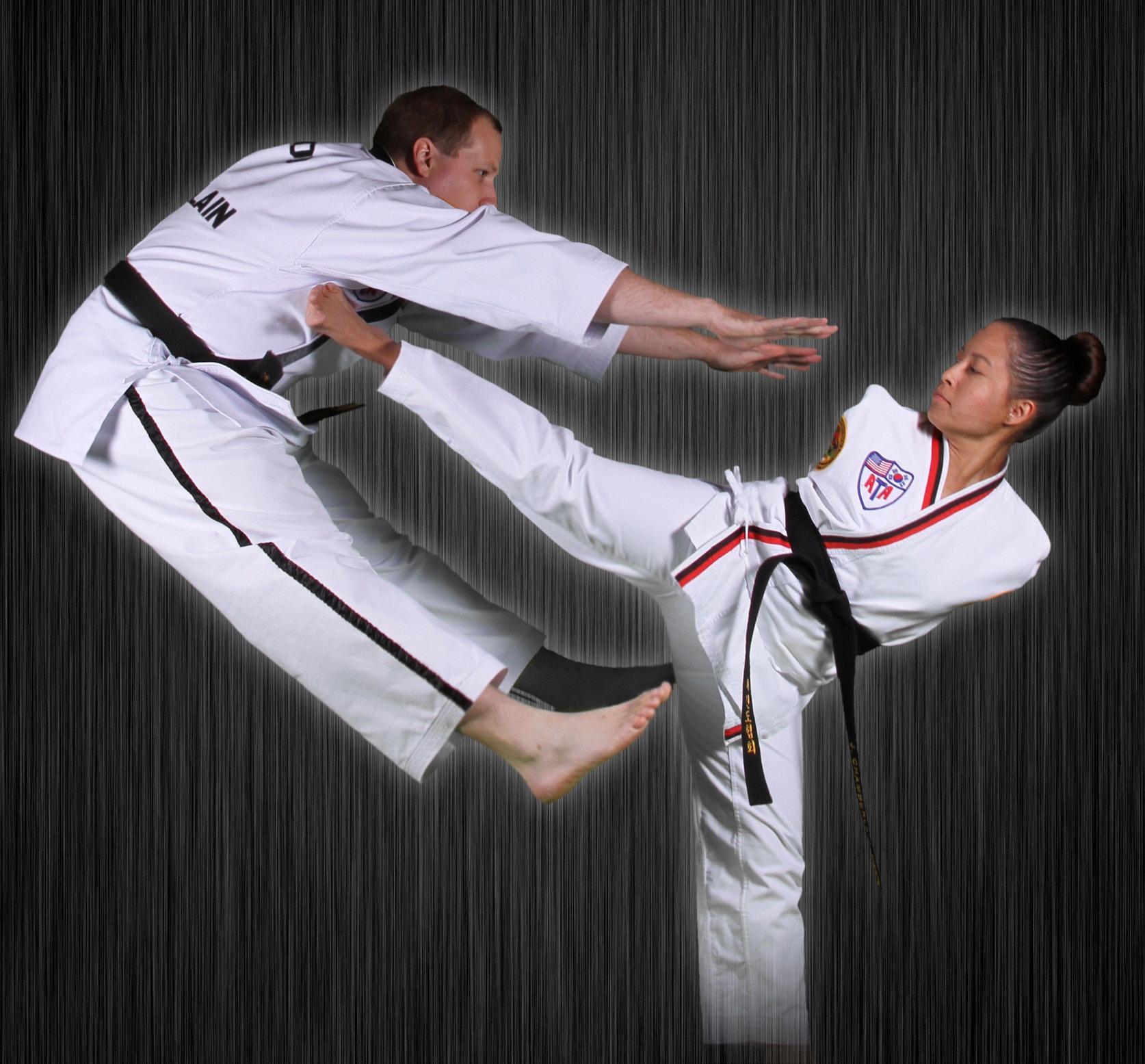
JC: It’s sometimes hard for even me to believe but I’m a fourth-degree black belt. I started training when I was 10 because I had some anger issues as a kid and sometimes kicked my siblings or my bedroom door. Channeling that energy certainly helped. I think without a black belt I would feel vulnerable because people would see my armlessness as a vulnerability. Despite being a black belt, though, I naturally maintain a higher awareness of my surroundings and try not to present myself as an easy target.
Q: Of your many avocations, which are your most enjoyable and which are you most proud of, and why?
JC: My most enjoyable activity is cycling because it’s a sport where I can just relax and enjoy the breeze on my face. I usually find myself always moving so it’s an activity that matches my personality, I think. I’m most proud of learning to fly. It not only challenged me physically but also emotionally. It represented one of my greatest fears and I had to overcome that to fly solo. I’ve been a certified pilot for 12 years now and no one can say I didn’t earn it, and no one can take that achievement away from me.
Q: Aside from martial arts, is there a particular activity that you and your husband enjoy most together?
JC: We both love to travel and unique experiences. I’ve visited 26 countries so far and he’s been with me for most of them. We’ve had ginseng chicken in Korea, flown in small planes all over Alaska, had fish and chips outside the Tower of London, been invited by princes, had breakfast with a baboon in Kenya, and even fed hyenas in Ethiopia.
Q: In the trailer for your documentary, Right Foot, you mention that you wouldn’t have chosen to have arms because of the many people you’ve met and whose lives you’ve touched. If you had been born with arms, how do you feel that your life would have been different? Do you think you would have been equally motivated and had the same interests?
JC: Nick Spark deserves the credit for the documentary. It was his vision; I was just the one in front of the camera. I think there would have been some things that would have stayed the same, like the sense of adventure in me. But whether I would be equally motivated is something I question. Those naysayers fueled a certain level of motivation. My mom was the youngest of thirteen kids in an impoverished family in the Philippines. She beat the odds and immigrated to the United States as a nurse. Even after her cancer diagnosis, it was hard to slow her down. I’d like to think I got a lot of my drive from her.

Kim Ford Is A Keynote Speaker, TV Host & Media Consultant. She Has Appeared On CNN As An Entertainment Correspondent Where She Shares Her Take on What’s Relevant in Film, Television, & Celebrity News.
Q: After college, where did you feel your career path would take you?
KF: Honestly, I wasn’t really sure. All I knew was I wanted to live in Atlanta. I knew I’d figure it out when I got there. It took a while, but I finally figured it out.
Q: What was your first job? And how did it shape or impact you?
KF: My jobs after college were random and all over the place. I first worked at Macy’s in the handbag department
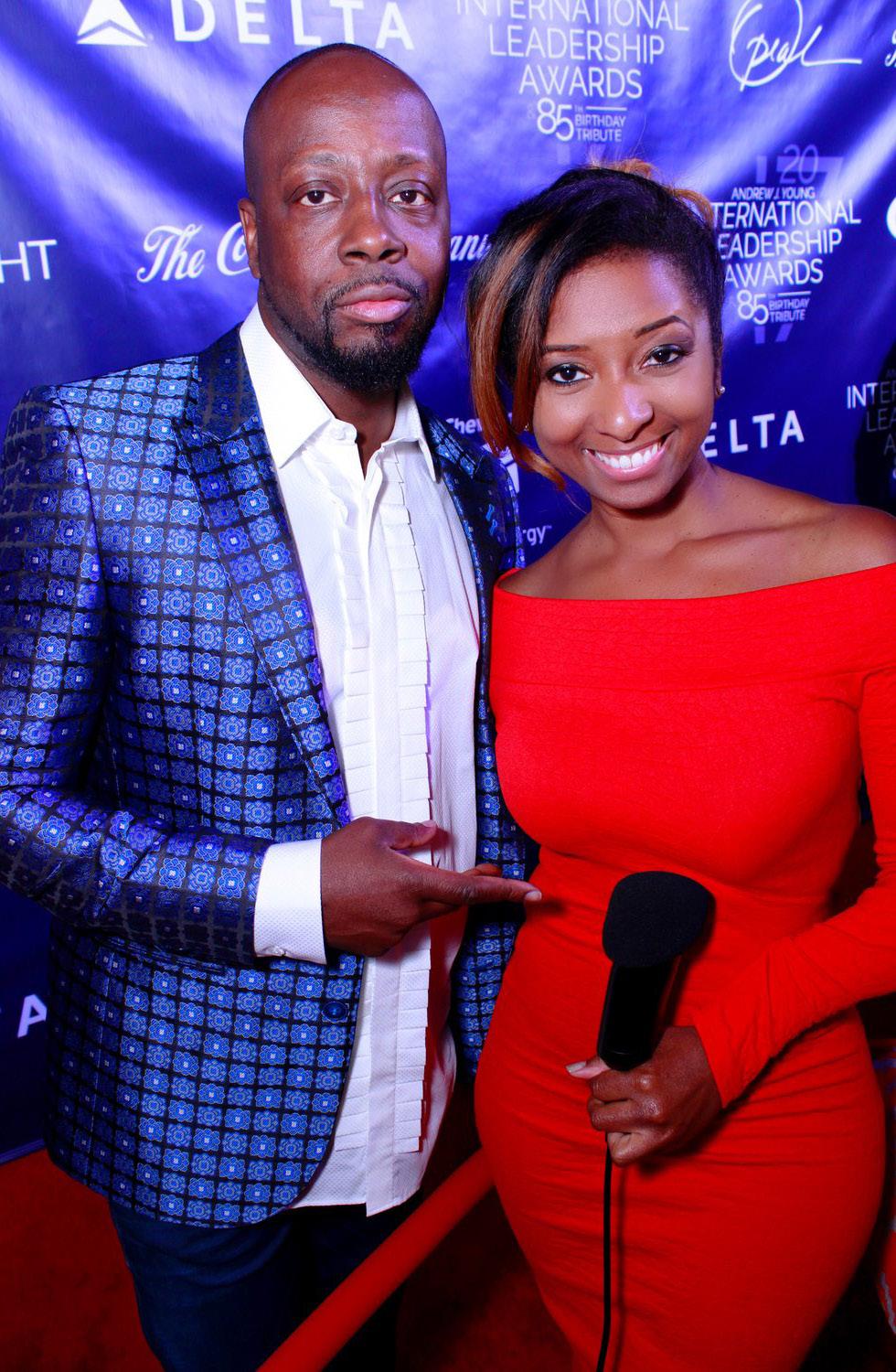

until I locked in a “real” job after college. After Macy’s I entered the Management Trainee program at Enterprise Car Rental. Working there taught me a lot about owning a business, sales calls, and teamwork. The hours were long and sometimes I had to wash cars in my suit. I hated it back then. Now I understand the lesson was to get the job done no matter how uncomfortable I was. That’s a skill I use today.
Q: Can you share with our audience some details about your role as a CNN/Headline News entertainment contributor?
KF: I appear as a guest Entertainment Contributor on CNN/HLN to give my take on what is relevant regarding film and television. Typically, when there is a special segment.
Q: In March 2019 you were accepted into AAFCA (African American Film Critics Association). Can you tell us what it meant to you?
KF: AAFCA isn’t an award. It’s the world’s largest organization of
African American film critics. Being accepted as a member meant a lot because we get access to the team and talent behind films that mean the most to our culture.
Q: Tell us about Jubilee Mag, how it started and where you see it going.
KF: Jubilee Mag was an online mag I started in 2007 that covered faith, culture, and style. I created it because I saw a void in the industry for positive media. I built my own website and gained access to events like the BET Awards, Essence Fest and countless press junkets affiliated with NBC, CBS, Sony, Warner Bros, and many others.
In March 2020, the growth of my audience led to me to leave Jubilee Mag behind and evolve from just an online magazine. My audience wanted more of me as a personal brand instead of a magazine. As a result, I launched iamkimford.com covering entertainment, personal development, and lifestyle.
Q: You must keep a hectic schedule between speaking engagements and TV commitments. How do you maintain a healthy work life balance?
KF: It’s all about prioritizing. The commitments my children have come first. I schedule everything else around that. My kids are older, so that makes it a lot easier.
Q: What’s the greatest fear you’ve had to overcome to get where you are today?
KF: Since I didn’t study media in college, I was concerned about what I didn’t know that should know. I’m in grad school now, but for many years it was a concern in the back of my mind. It’s definitely possible to do it without grad school, but it was a personal goal of mine.
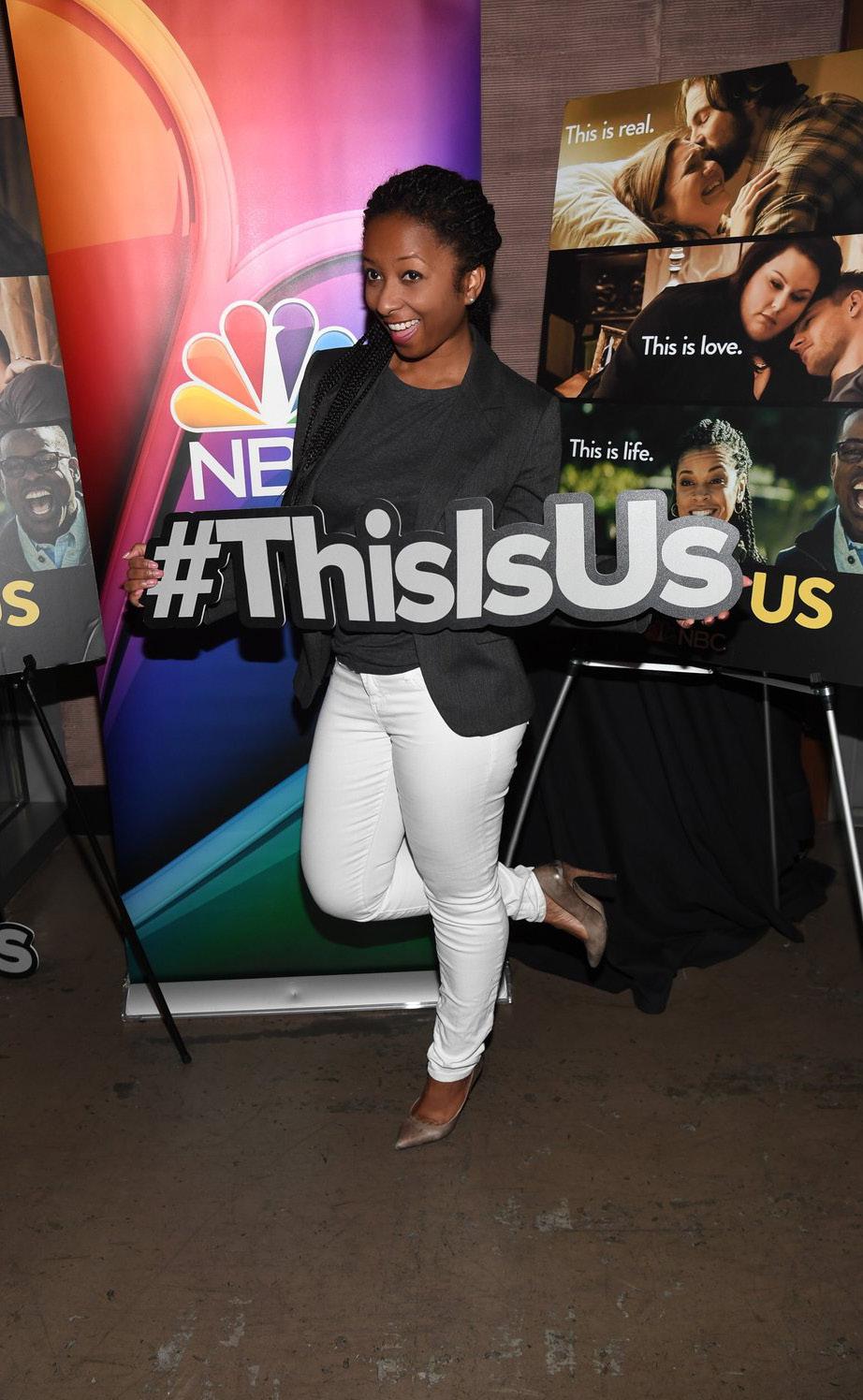
Q: Which woman inspires you and why?
KF: It’s hard to narrow it down to one woman. There’s definitely a village of women I admire for various reasons. A few are: Oprah, for obvious reasons. Myleik Teel for her entrepreneurial journey. J Lo because she’s been timeless for decades.
Q: What are some of the challenges you feel women face today?
KF: I’m actually writing a book about that right now. It’s called “It’s Never Too Late”, releasing late summer 2020. A lot of women think just because they’ve had major setbacks, it’s too late to pursue their dream life. If God called you to it, “It’s Never Too Late”.
Q: What is one word of advice you can offer to young women who want to reach your level of success?
KF: Do your research. Pay attention to the greats. Find your lane and dominate.
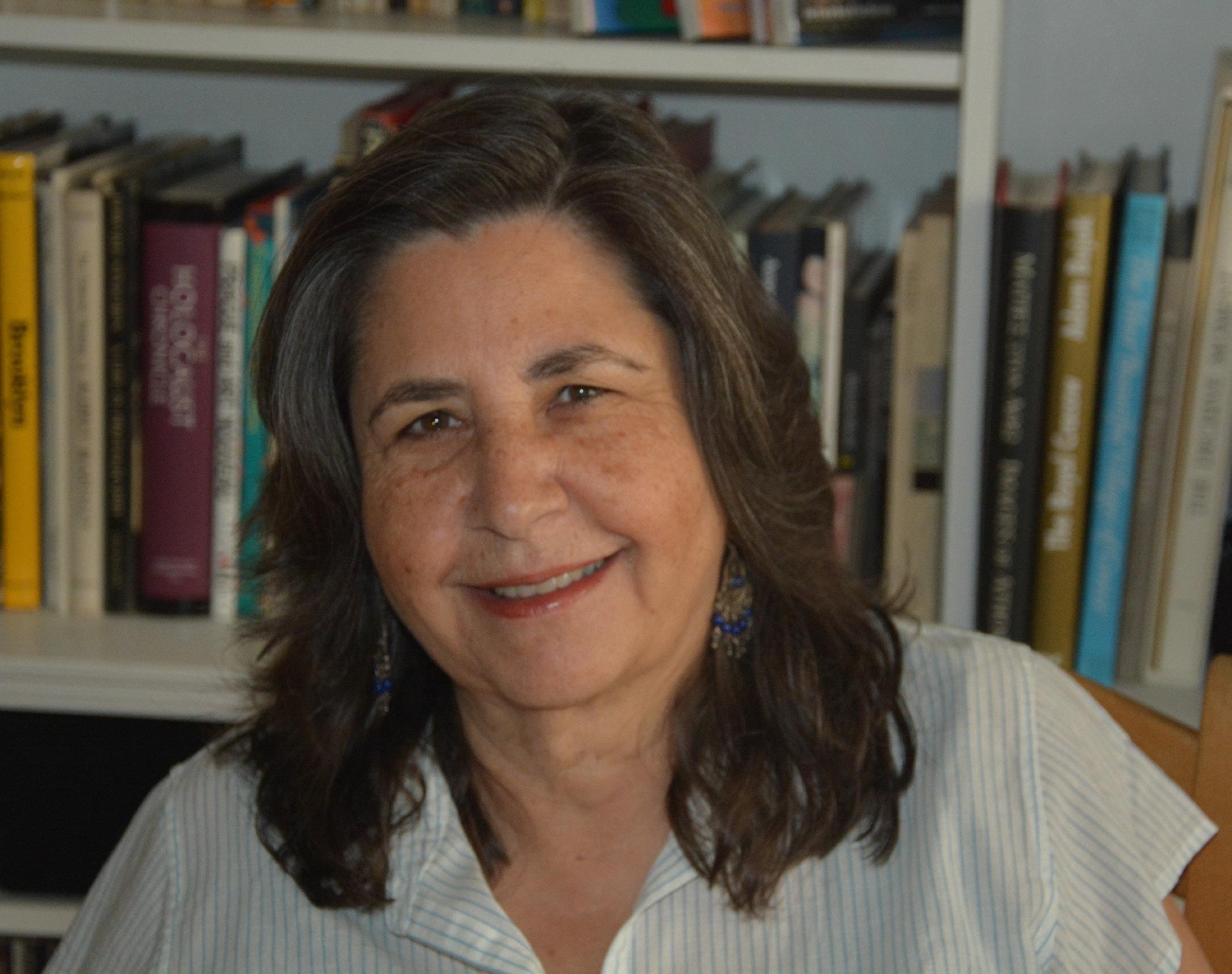
She Has Devoted Her Writing Efforts to Fiction & Literary Nonfiction. Meet Author & Photographer,
Q: After high school, where did you feel your career path would take you?
AS: When I graduated from high school, I did not have a career path. I only knew that I would go to college. After I completed two years, the guidance counselor contacted me to discuss selecting a major. He asked me what I enjoyed. I answered, “writing and art.” He said, “As a woman, you have two options: teaching or social work.” So, I majored in sociology, which had nothing to do with social work, but was the recommended course of study.
Q: When did you first realize you wanted to be a writer?
AS: Even as a young child, I made up stories with distinct plots and roles that my friends and I enacted. As I grew, I composed poems and designed greeting cards for my friends and relatives. I also dabbled in short stories and essays. I was always creative and
tried to include a visual aspect to my writing. But I never considered writing as a career. It was part of me as a means of expression.
Q: Can you share with our audience about the books you have written? Which is your favorite?
AS: I have written several books, three of which were published and won awards. They include: Bashert: A Granddaughter’s Holocaust Quest, a memoir/history about my trip to my family’s ancestral village in Eastern Europe and the fate of our murdered relatives in the Holocaust; Esfir Is Alive, a historical novel, based on a true story of the only recorded survivor of a massacre of 50,000 Jews; and Floating in the Neversink, a novel-in-stories about a young girl’s coming-of-age in the Catskill Mountains and Brooklyn in the 1950s to 1960s.
It is impossible to choose a favorite. Each book is like my child, reflecting a distinct and significant theme at a particular time. I still feel very “maternal,” and wish them a long and fruitful life, with unrelenting affection and love.
Q: What is your work schedule like when you’re writing?
AS: It all depends on what I am writing. If it involves a lot of research, I may read reference material and take notes. If it is fiction, I normally have a rough outline of my overall theme, plot, and structure. I might write a scene or edit. Whatever the form of writing, I usually begin my day after finishing my breakfast and reading the newspaper. I take my coffee into my study and open the computer file from the previous day. I go over the notes or composed work and then plunge in.
Q: What is the most difficult part of writing a book?
AS: There are so many difficult aspects to writing a book. Of course, the hardest is coming up with a concept or overall arch, an idea or set of circumstances that can sustain a larger work, something that has heft and literary merit. Then comes the perseverance to stick with the project and work at it even when discouraged. This involves a certain amount of self-confidence and resilience, which are often very difficult to sustain.
Q: What important advice would you give a first-time author?
AS: It’s such a cliché to say that to be a writer, one must write. It’s like saying a worker must work, or a doctor must doctor. There is a difference between a writer and an author in that a person can write advertising copy, instructions on a cereal box, a play, a letter to the editor, or just about anything. Normally, this would require a specific assignment and hopefully some monetary reward. But once a writer tackles a long piece, whether it’s a short story, a novel, or a nonfiction subject, he or she becomes an “author,” a professional. If this undertaking is self-motivating, it often means a great deal of rejection and financial sacrifice. I would ask the first-time “writer” if he or she is certain that the ambition is essential, if he or she can put up with sacrifice and debt. I wouldn’t discourage the desire but stress the awareness of potential pitfalls ahead—and emphasize the benefit of maintaining a day job!

Q: What do you like to do when you’re not writing?
AS: I am a very creative person and enjoy photography and art. I used to have a darkroom and was a serious black-and-white practitioner. Lately, I have been taking art courses and am now into abstract painting. No surprise that as a writer/author, I love to read. Before COVID, I enjoyed traveling and visiting friends and family.
Q: Which woman inspires you and why?
AS: This is a tough question to answer as there are so many women I respect. In general, women who have accomplished something significant in the arts or science are on my admirable list. I am awed by women who succeed in heavily masculine professions. On a personal level, I have always been inspired by my grandmothers, both immigrants from Eastern Europe who escaped religious persecution and restarted their lives under difficult conditions.
Q: What would be the title of your autobiography?
AS: I have been working on a book of personal essays for at least thirty years. It contains humorous and serious observations of lived events, including everything from verbal tics to not having a gifted child to shopping for a wig during chemotherapy. I entitled this book, Nobody Sprays Me in Bloomingdale’s, after one of my essays. Though tongue in cheek, the title encapsulates something about me. If I am lucky, it will be my next published book.
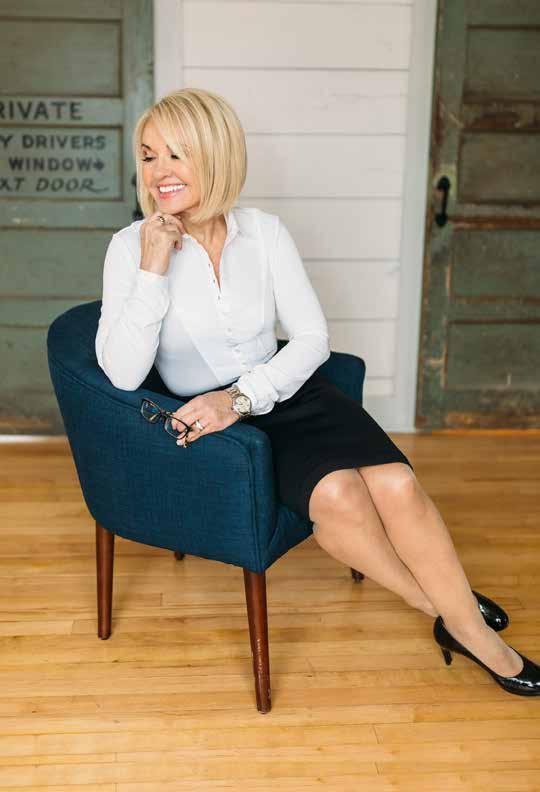
She is Internationally Recognized as an Expert in Forecasting, Enterprise Digital Transformation, and Global Supply Chain Intelligence. An Exclusive Interview with Distinguished Professor of Supply Chain Management at D’Amore-McKin School of Business at Northeastern University Nada R. Sanders Ph.D.
Q: One could easily argue that supply chain management is dominated by men. How did you become interested in the field?
NS: I have always been driven by what interests me. While it is true that many women are not in SCM, it is also true that most people don’t understand it. SCM is not a field that is naturally understood, probably due to its broad nature that encompasses many disciplines – marketing, sourcing, operations, transportation, IT, finance, – and requires a systems view of how all these pieces work together. As
we learned during the pandemic, success for every enterprise – business or government – depends on an understanding of SCM.
As a doctoral student I was interested in forecasting – models and methods used to predict future events - and how best to structure resilient supply chains to respond to these forecasts. For my dissertation I was given access to forecast data of retailers and their suppliers, and I developed unique methods that enabled them to improve their forecasts and design re-
sponsive supply chains. This also involved the best ways to use analytics and AI. At the time, my advisor called me saying: “Supply chain management is a hot area – but you are one of the few actually doing it!” He told me that I was on the forefront and to keep at it. I was just following my passion, but my work was actually on the cutting edge.
Since then, I have worked with numerous companies, from Amazon to Nike to Dell, have given countless keynote speeches, and been a contributor to numerous news outlets, including CNN, BBC, CNBC, NPR, New York Times, The Economist, The Atlantic, Fortune, Fast Company, The Boston Globe, predicting economic and business outcomes and supply chain impacts.
Q: To what do you attribute your success in the field?
NS: My background is unique in that I am an expert in both forecasting and supply chain management. That gives me the skills to make predictions of the future – such as whether a product will sell, how much, in what market, and at what price – and how to design the system to create and deliver the product where and when needed. That is unique – and linking the two together is key.
Companies make forecasts of the future and then organize their business and supply chains to meet those forecasts. As forecasts change supply chains need to adjust. Companies can also alter the forecasts through various mechanisms such as promotional campaigns. AI and technology are an enabling layer to both, and I understand how to use it for best results.
Forecasting and SCM work in tandem, and I know how to toggle from one to the other. I also have a systems view of things and a ‘big picture’ understanding of how things are connected in ways that are less obvious. This includes everything from the global economy, financial and political issues, labor, as well as climate changes and overall global well-being. Most professionals are highly specialized and only understand their area of specialization. SCM requires understanding a lot of different disciplines and how they are connected.
Q: Supply chain management has more moving parts than the average person probably realizes. How do you convey the challenges to a person who doesn’t find their favorite dish soap on the shelf at their grocery store?
NS: Fundamentally, a supply chain links a series of companies that make, transport, and deliver the finished product to a customer. I always start with a simple example – say coffee. Consider a cup of coffee from Starbucks. Your coffee might begin as a pile of coffee beans grown and picked by a farmer in Guatemala. They’re then shipped to a coffee roaster, say in Seattle, who then sends them on to a distributor near where you live, who sells them to your local Starbucks. A shutdown anywhere along the supply chain in any of these locations stops this flow and could prevent you from getting your coffee While a coffee supply chain may be relatively simple, it can quickly get complicated for products that have many parts, such as an A pple iPhone with suppliers in 43 countries. In addition to moving parts and products, supply chains also involve moving money to pay for goods, as well as transportation and labor to handle the movement, and IT to coordinate activity.
Then there are other issues such as returned items, where products, money, and information flow in multiple directions. Compounding the problem is the issue of capacity, which is how much of something each company in a supply chain can produce. Rapidly increasing capacity is hard. Just think about the difference in hosting a dinner party for two guests versus 200. That is why there was a shortage of hand sanitizer and toilet paper during the Covid-19 pandemic. Customers were buying huge amounts, but suppliers were not able to increase the available amounts of essential ingredients. This also illustrates how forecasting is linked to SCM. If we are better able to forecast customer demand, we can better manage our supply chain to respond to the forecasts. This is equally true for simple products like coffee or complex products like a Space-X shuttle or vaccines. The same rules apply.
Q: The Humachine: Humankind, Machines, and the Future of Enterprise, which you authored with John D.Wood, Esq., poses the dilemma of the necessity of implementing AI in commerce while staying true to one’s business ethics and integrity. Are you optimistic that this will be the predominant outcome?
NS: The Humachine will be the type of enterprise that will survive and thrive in the age of AI. Our original book was pub-
lished at the end of 2019, and we presented a roadmap of how companies can achieve this. We then repeated the study in 2023, post Covid, and published a new edition that was just released: The Humachine: AI, Human Virtual and the Superintelligent Enterprise (Routledge, March 2024).
My research identifies exactly how AI technology is used – and should be used – by enterprises across all industry sectors. This culminated in the original book where we identified the Humachine as an emerging form of enterprise that combines the better qualities of humans (e.g. creativity, innovation, compassion, and judgment) with the mechanical efficiencies of machines (e.g. economies of scale, big data processing capabilities, and artificial intelligence or AI), in a symbiotic relationship.
To do our research we went inside dozens of companies and conducted interviews with C-suite executives and IT experts and wove these threads into a clear and straightforward roadmap for how organizational leaders can begin to move toward super-human enterprise management that harnesses the power of both AI and people. However, we began this journey with one goal but ended up somewhere very different. We started out being captivated by the capabilities of AI and the vision of what the future holds The journey, however, led to a sobering conclusion. We discovered that the key to technological success across all enterprises lies in people. This we found to be the single differentiator of success time and time again.
The first edition of our book found many executives taking either a ‘wait and see approach’ to technology or seeing it as a “plug and play” solution - neither of which are going to work. Then in 2023 we repeated our research, conducting deep interviews with CEOs. The new and updated edition not only confirms our findings – but identifies specific human traits that are needed and how companies can cultivate these. We find that as counter-intuitive as it may seem, the best way to take advantage of AI is to invest more in human resources – in reskilling and upskilling and lifelong learning.
Q: Do you see AI displacing JIT (Just in Time) or JIC (Just in Case) strategies? Or do you see them integrating?
NS: These will certainly be integrated as
they have a complementary nature. JIT and JIC are strategies companies use to manage inventory, however, they are different. JIC (Just in Case) means carrying extra inventory “just in case” of unexpected problems, such as a shortage. JIT, on the other hand, is actually a broad philosophy of eliminating waste. Excess inventory is viewed as one type of waste that covers up problems, such as poor forecasts or lack of information. Although JIT is often focused on lowering excess inventory, it applies to all wastes. JIT came into popularity in the late 1980s and 1990s out of Toyota as a way for companies to control costs of wasted inventories that were present during JIC. Then during the Covid pandemic many companies considered going back to JIC due to massive stockouts. The truth is that inventory policy should be judicious, based on criticality of inventory and cost. In some cases, yes – extra inventory should be carried, especially for items with uncertain or long lead times. The reality it should not be a ‘one size fits all’ but a judicious decision.
The best is a balance of JIT and JIC for select items, with AI as a tool to help guide these decisions. AI can help companies make better choices of how much inventory to carry by category, where to position it, and automating routine processes.
Q: Outside of your work, what do you do to stay busy or relax?
NS: I love my work and so it is intertwined with everything I do – going to gym, buying tickets for a concert, or shopping for g roceries. For example, it is impossible for me not to look at Taylor Swift’s concert tour and not immediately think about forecasting attendance and the entire supply chain that makes this happen. I see supply chains everywhere and am always making market forecasts, predicting whether a new product will sell, and identifying associated supply chain problems. It is a game for me. My family and friends are how I spend my spare time. But they have a rule “No talk of supply chains!”
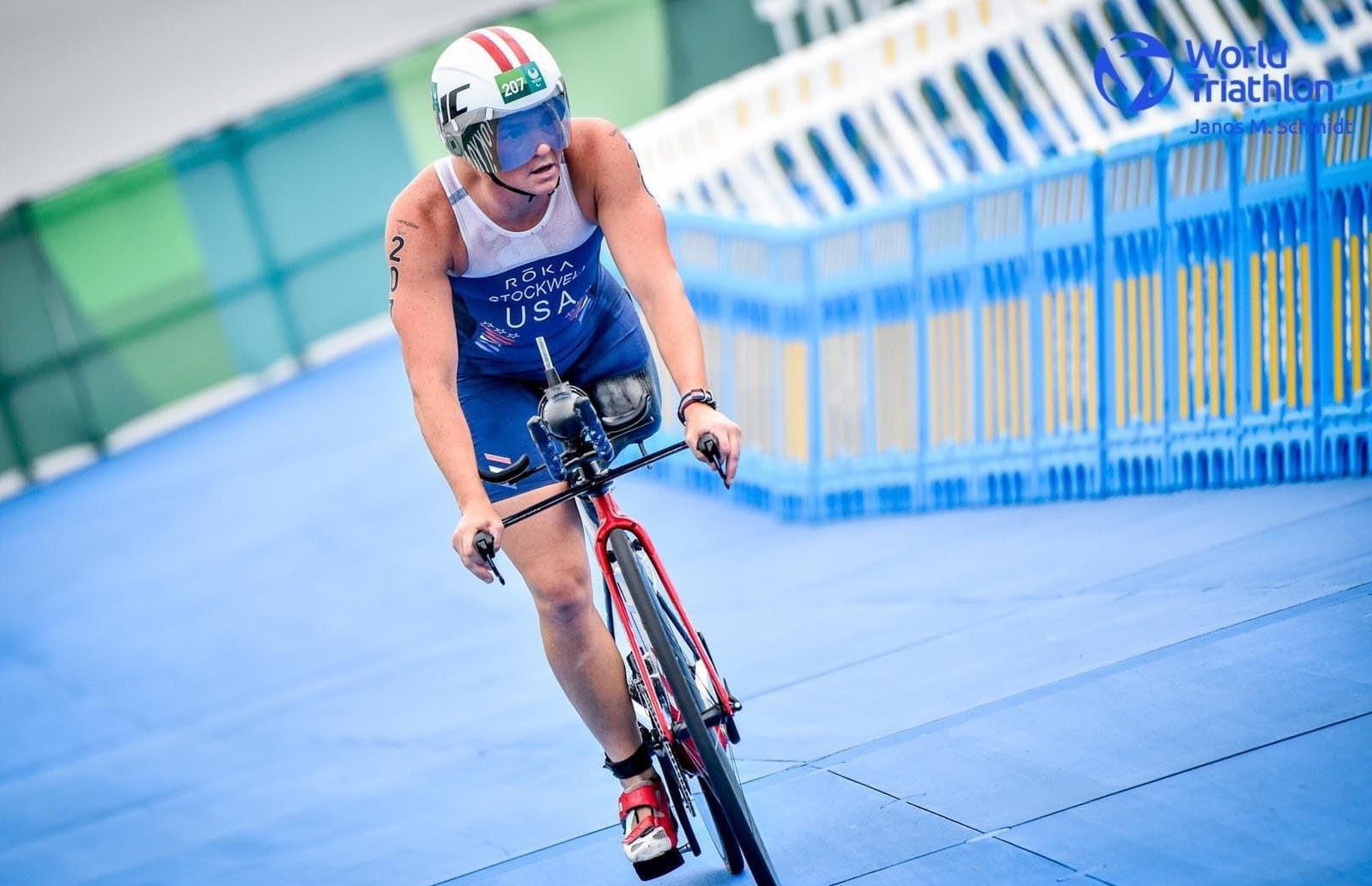
The Power Of Choice, Her Journey From Wounded Warrior To World Champion
A first lieutenant, Melissa Stockwell was the first female soldier to lose a limb in the Iraq War. She lost her left leg when a roadside bomb exploded when she was leading a convoy in Baghdad. For her service in Iraq, she was awarded the Bronze Star and the Purple Heart.
Q: Why did you decide to join the ROTC at the University of Colorado?
MS: As soon as I knew what wearing the uniform stood for I wanted to wear one. To give back to a county I felt had given me so much. Freshman year I saw cadets around campus and decided to become one of them sophomore year. I never looked back!
Q: Did you have any idea that you would be deployed to Iraq March 2004?
MS: After Sep 11, 2001, I knew I would most likely be deployed at some point. So, when orders came down that my unit would be deploying in early 2004 it wasn’t a big surprise.
Q: As first lieutenant, you were the first female soldier to lose a limb in the Iraq War … can you share with our audience how that day started out for you?
MS: It started out just like any other day over in Iraq. We are always up early. Getting ready for the day and then getting our daily briefing for the day and casualties from the previous day. Then we went over our mission for the day, got into our vehicles and we were off.

Q: Can you tell us about the training you did to prepare yourself for the 2008 Paralympic Games?
MS: I moved out to Colorado Springs and the Olympic Training Center to train full time in hopes of making it a reality. I swan thousands and thousands of laps and lived and breathed swimming. I am proud to say all the hard work paid off. The training for 2016 and 2020 was just as intense, your days revolve around it!
Q: When you were growing up, did you ever dream you would become a world class athlete?
MS: I always wanted to be an Olympic gymnast. I was at the elite level but never at the top. So, when I got injured and found out about the Paralympic Games it was almost like I had a second chance to compete on the worlds biggest athletic stage.
Q: Tell us what it was like to join former President George W Bush on Bush’s W100K ride for wounded military veterans.
MS: An incredible experience. Myself alongside 20 other wounded Veterans and the President on a three-day mountain bike ride on his ranch down in Texas. President Bush holds himself accountable for the lives of the Veterans that served under him and does what he can to let us know that we are not forgotten. Whatever you believe in politics, he is an incredible man, and I was honored to have him as my commander in chief.
Q: Your Co-founder of the Chicago-based Dare2tri Paratriathlon Club. Can you tell us how it started and the services it provides?
MS: I co- founded Dare2tri with two friends back in 2011 with the mission of getting athletes with physical disabilities into the sport of triathlon. We knew the impact sports could have on anyone’s life but especially someone with a disability. We take away all the barriers someone has for getting into the sport: expensive adaptive equipment, coaching, training, sometimes just transportation to the
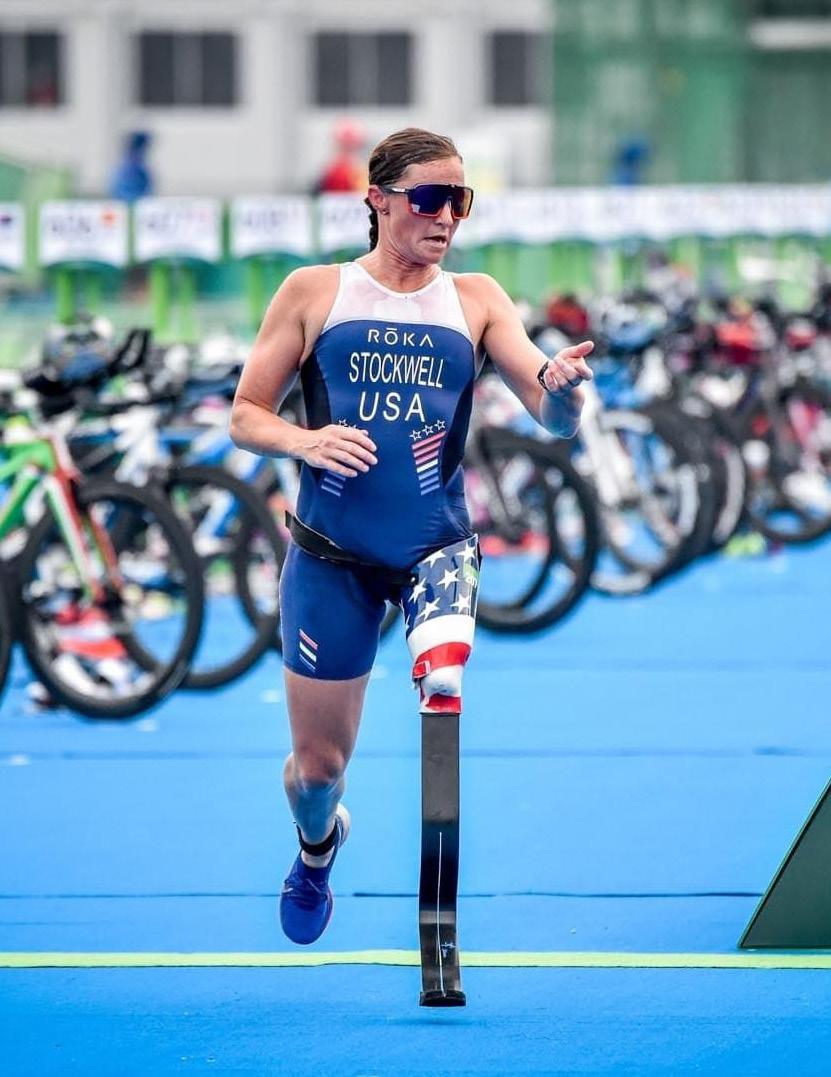
race and the self-confidence and self-worth our athletes get is incredible. Our athletes inspire many both on and off the racecourse.
Q: Tell us how you manage your work life balance?
MS: I find what I’m passionate about and put my hours into that. I have an incredible husband who wants me to go for my dreams. I have a team of family and friends that believe in me and support me in any way they can, and I just feel like the luckiest girl to get to do what I love!
Q: What would be the title of your autobiography?
MS: I have one! It’s called the Power of Choice and it was released last year. The Power of Choice is so applicable in all of our lives, and we can all choose to live the life we want regardless of the obstacles that come our way. My choice to accept the loss of my leg propelled me into a life I never could have imagined.
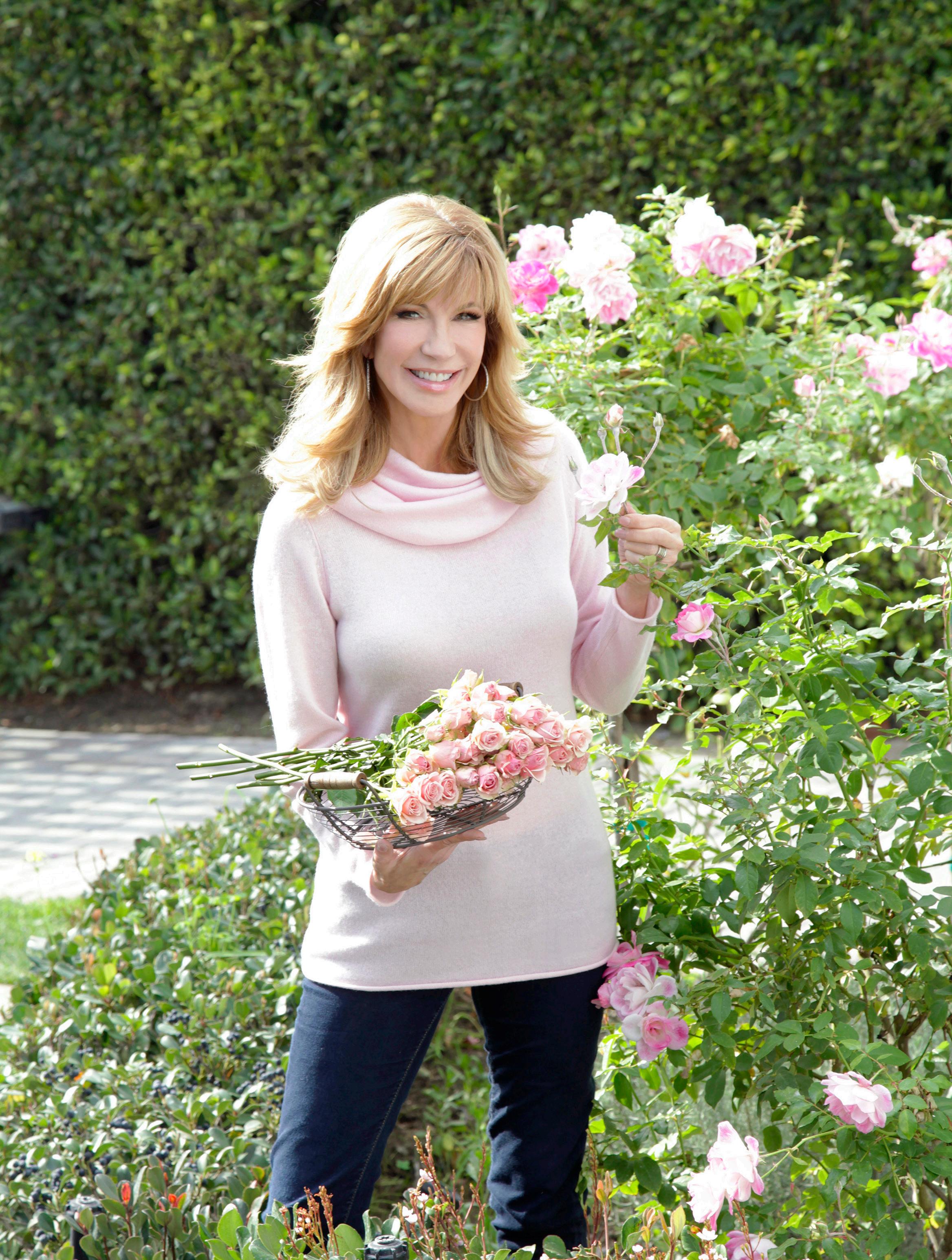
Photography by Caroline Greyshock & Jeff Annenberg
Q: It’s safe to say that you’re best known for your TV work on Entertainment Tonight, Leeza, and 2015’s Celebrity Apprentice. What thoughts come to mind about that body of work?
LG: I’m a lucky girl. I have had a career that has been challenging, fulfilling, and fun! I studied broadcast journalism and have been on a path of wherever the stories took me ever since. After reporting in TV and radio news, I became an entertainment correspondent and anchor before the advent of social media, which allowed celebrities to break their own story. Until then, it was pretty much right what they used to say about ET, that we provided an “all-access pass” to all things Hollywood.
One of my early professional dreams was to have some of Dick Clark’s abilities to host virtually anything and make audiences feel welcome. I was blessed to have met Dick, worked with him, and become his friend. Now, when I host something like The Rose Parade, I often keep his mentoring in mind. Even though I have a Ph.D. in drama avoidance, I loved being on Celebrity Apprentice! Competing on the show allowed me to use my business skills to win the grand prize and invest it in opening Leeza’s Care Connection in my South Carolina hometown. It was a dream come true to offer our free services for family caregivers in Columbia, where I grew up.
Q: Tell us how your education contributed to your success and how that path is the same or different for new journalists?
LG: I was trained as a broadcast journalist. Barbara Walters was one of my big inspirations. When I began reporting at ET, I was accustomed to a reporting style that was objective; providing only a conduit through which the stories made their way to readers, listeners, and viewers. When I was hosting and producing a single topic talk show, The LEEZA show, the format required that I editorialize and offer an opinion and lead with it too often, it was liberating and allowed for the kind of passionate energy that I admired about Barbara Walters. Many storytellers take a variety of paths to get to where they want to go. I believe how you do one thing is how you do all things, so if excellence is your goal, buoyed by curiosity, then you’ll get there.
Q: Did PBS’s My Generation, which addressed a more mature audience, represent a shift for you; if so, why?
LG: It was a deliberate choice to address topics that were relevant to an audience that found itself at a turning point ...an audience like me. Boomers are reinventing and eager to explore all kinds of transformations. We believe that who you were yesterday is not who you have to be tomorrow, so we’re looking for the inspiration to recreate ourselves.
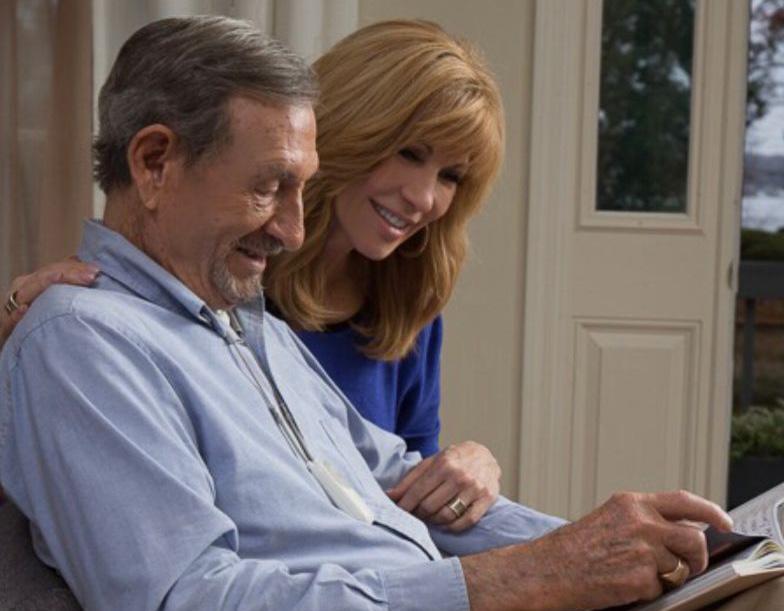
“My Generation” delivered the stories of celebrities and others who had accepted the challenge to re-boot and re-create their lives and re-write their narratives.
Q What do you see that is different from interviewing styles from the period you were on the air to today?
LG: Today, things are much more transparent than when I first began Viewers’ insatiable appetites to “get inside” and “lift the veil” led to more raw reporting and a genuinely authentic exchange preference.
There is still brokering for interviews and negotiating for access. Still, the expectation is for in-
terviewers to uncover more than “just the facts” and interview subjects to drop any facade and get real. Today, the best way to do that is to bypass a reporter and go straight to fans through social media.
From skilful politicians to creative celebrities of all kinds, intimate relationships are built on social platforms, but interviews with reputable outlets or with interviewers who have perceived gravitas can often maintain, boost, or augment them. Look at Donald Trump Twitter was more important to his victory than his political advisors and mainstream media exposure. However, events like the interviews with Lester Holt and George Stepanopolis can still do damage.
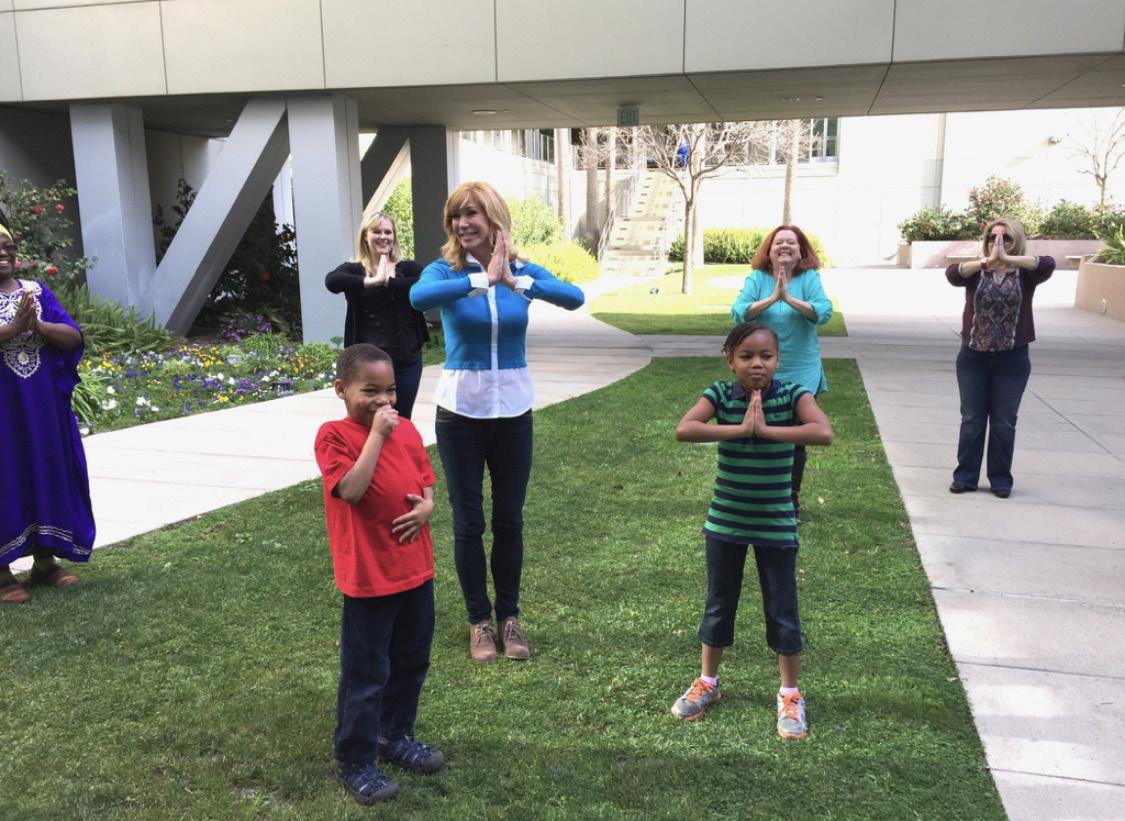
Q: You have published books about having a positive attitude and self-care, particularly for caregivers; would you remind our readers what those books are about and what they represent to you?
LG: On our journeys through life, I often need to remember that our strength comes from being vulnerable. Our power comes from how we are connected. My books honour those connections; whether it’s a daughter caring for a sick parent, or a divorced woman who needs a Take 2, we can all find our strength by giving ourselves permission to change and grow.
Q: Tell us about Leeza’s Care Connection.
LG: A couple of years ago, I wrote a book called FIERCE OPTIMISM and nowhere is that more relevant than when applied to our community at Leeza’s Care Connection. We help families cope with Alzheimer’s and other chronic illnesses by offering tips, resources, and coping strategies. We are a community of those who understand the journey, and we’re dedicated to making sure that no one walks alone. Caregivers have to be fierce, optimistic, and radically resilient to move forward. This past year, we all learned how to pivot and redirect, but caregivers are used to those things. They have to be.
My mother died of Alzheimer’s disease, the
same as her mom, my dear Granny. Our family struggled with the same emotions as every other; we were stressed and depressed, isolated, and sad. When you become a caregiver, you take on an enormous assault on your emotions and your immune system. You often unravel and deplete spiritually, physically, and financially. When that started happening to our family, I created what we wish we had, and that became Leeza’s Care Connection. I promised my mother I would tell the story of our struggle, and I would use it to help others. It is the most rewarding work I have ever done, and I feel blessed to be able to do it.
Q: Does writing energize or exhaust you?
LG: Both!
I think it’s true that we often write what we need to learn. Valuing self-care and finding empowerment is a lifelong pursuit. When I write about the power of kindness or the benefits of optimism I am fortifying my commitment to those values.
I have kept journals, on and off, since the ‘70s! At the tune, I was travelling quite a lot for Entertainment Tonight and interviewing the biggest names in the business. I was also young in my career, and I took notes from others about how to find balance and grace to go along with my ambition.
I have discovered that writing helps us find answers (and better questions) to guide our actions. It shows us patterns and ways that we sabotage or subvert. I recently facilitated a Leeza’s Care Connection virtual course on journaling for caregivers. It was an exercise of self-awareness, self-care and gratitude for our
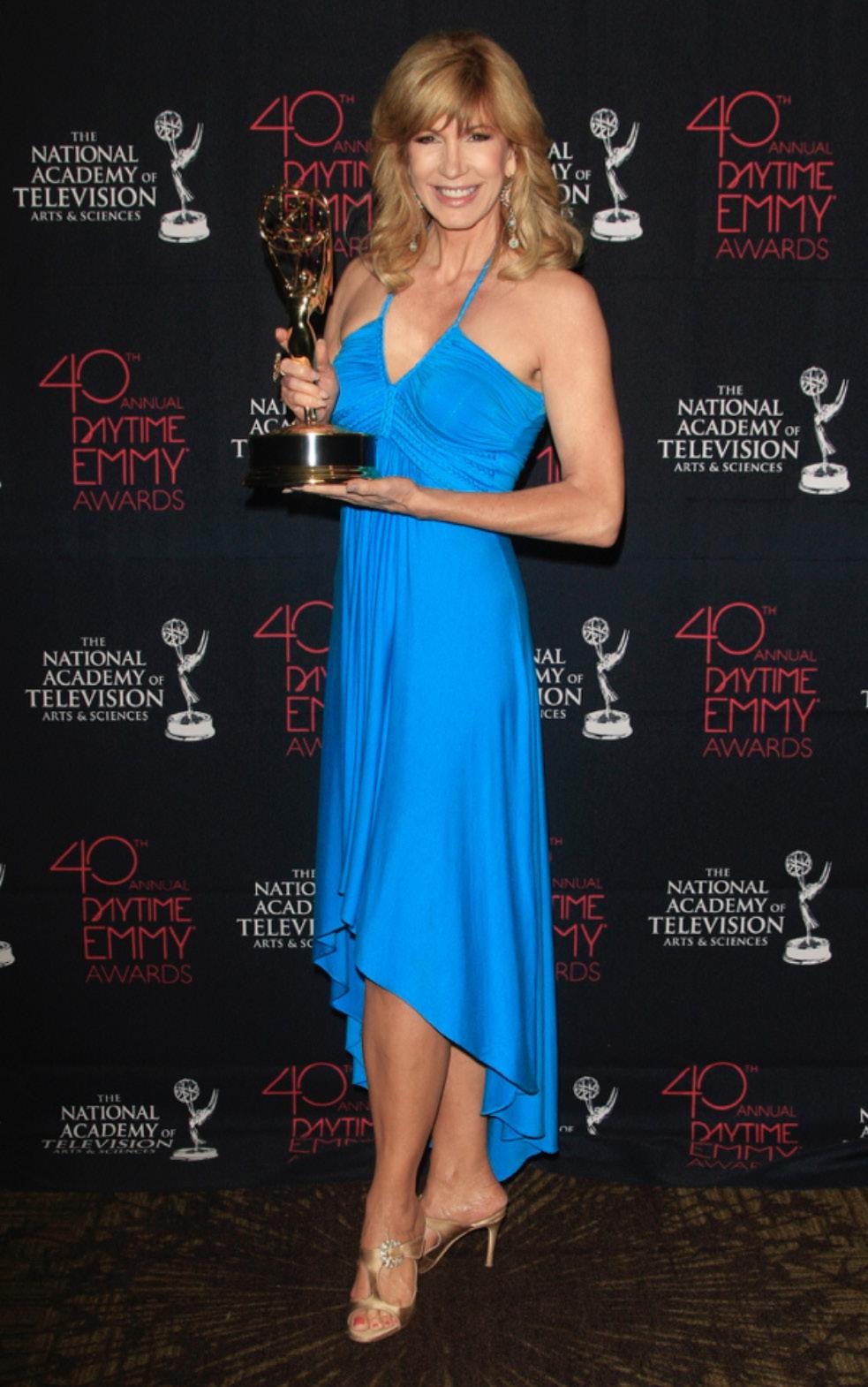
gifts and our burdens. Our everyday experience provided the solace of a support group and the benefits of clarity and stress management that come from writing.
Q: What was an early experience where you learned that language had power?
LG: I was competing in an essay contest in high school. We were given a speech topic and an hour to prepare before delivering our speech in front of judges and attendees. The topic was “What’s Right About America”. I believe I won the competition because of my ability to appreciate and express language, which made my oration memorable. At that time, I also had
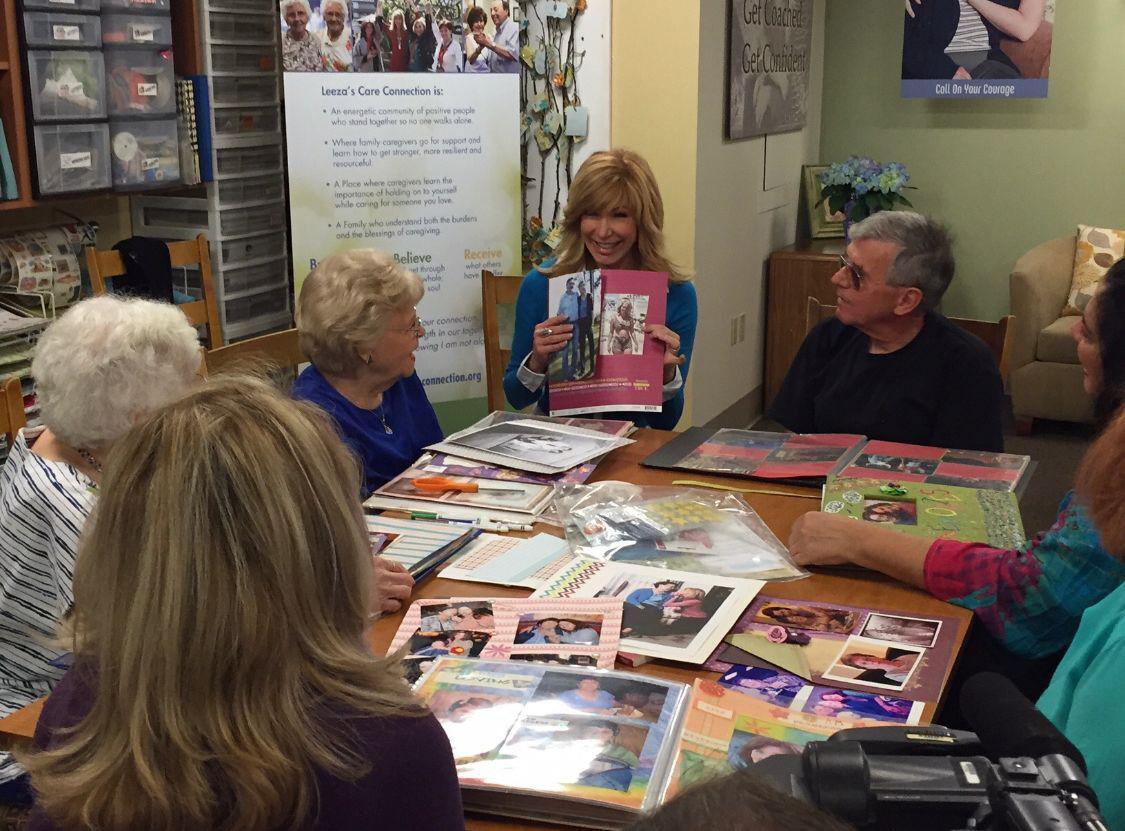
“Memories Matter. When someone you love has Alzheimer’s disease sharing those memories in scrapbooks can be very soul-satisfying”
quite a thick southern accent which was either a distraction or an endearment!
Q: What is your favorite childhood book?
LG: I loved The Secret Garden - it was magical and sad and uplifting all at once. Shel Silverstein’s “The Giving Tree” was a favorite too, but it’s The Velveteen Rabbit that resonates deeply still because of its message about what real love is.
Q: You’ve maintained a hectic, career, can you share with our audience how you manage your work-life balance?
LG: I gave up trying to balance! Whoever cre-
ated that concept was evil and cruel! If we seek the ever-elusive middle of the see-saw, we will be bitter and disappointed. Instead of balancing time, I think of investing time. As with any business venture, I look for dividends. For example, if you’re a working woman (there’s a redundancy for you!), you may not always feel that you have the ideal balance. Still, you’re providing for your family, setting an example of the value of work, and growing into the next phase of life when you may feel you have more autonomy. You’re investing in your future, and those dividends will come due.

An Emmy-Award Winning Journalist and Speaker Who Has Interviewed More Than 16,000 People, Including U.S. Presidents, Top CEOs and Hall of Fame Athletes
Q: As an award winning talk show host, can you share with our audience what it was like the moment you became one of the first woman to ever host a solo syndicated sports talk show?
KD: After being rejected 500 times in five years it was overwhelming. So many well-meaning friends wanted me to give up and stick with television news. I heard it over and over again. Tune out the negative and believe was my mantra. The perseverance and patience paid off. Cracking the mic open the first day at a huge all sports station in Dallas with the backing of all the male hosts was exciting.
Q: You have done over 16,000 interviews thus far. Between U.S. Presidents, CEOs, and Hall of Fame athletes, who is your most memorable interview with and why?
KD: This is an impossible question for me as I have so many. I’ll go with self-made billionaire John Paul DeJoria, cofounder of the Paul Mitchell line of hair products and Patron Spirits. He grew up destitute, was in a gang and had very little in the way of a future. However, he believed he could pull himself out of it and find his way to success. Part of what fueled his fire was a teacher who said he would never succeed at anything in life. He set out to prove him wrong.
He’s now involved in too many companies to mention, has a net worth of $3.1 billion and in 2008 became a partner with Nelson Mandela in his Food4Africa program which feeds more than 17,000 orphaned children in Africa.
Q: Why did you choose to become an Author?
KD: There is nothing more gratifying than sharing your experiences and knowledge to help others on their journey. Especially with my Forbes book, Deal Your Own Destiny. Increase your odds, win big and become extraordinary. I hope that people who read it will be inspired and use the tools I’ve included to chase their dreams and shut out the critics.
Q: Can you tell us about the work you’ve done with Children International?
KD: I liked the mission of Children International and decided to get involved. The non-profit that’s supported more than one million children to date has medical, dental services, homemade food, libraries, computer labs, tutoring programs and scholarships for children in communities who desperately need the help.
I talked about it on air and sponsored a young boy, Mathew Alexander in Guayaquil, Ecuador. The hope was to raise awareness about these kids and families and how cheap it was to sponsor and help. I had the opportunity to visit and see the community. We brought all kinds of necessities. I still remember how proud he was to take me into his small thatched roof house to meet his brother and mother.
We climbed up the wooden ladder and he pulled out his report cards to show me how well he was doing. I saw how they lived; just one giant drum of water filled twice a week to use for baths, cooking and drinking. CI had a video crew following me capturing many of the moments. The community centers were amazing and I saw the impact that what is now $39 bucks a month has on these people’s lives.
Q: After graduating from College, where did you think your career path would take you?
KD: My goal at the time was to be the next Jessica Savitch. A popular television news host in the Philadelphia area that I watched as a kid. I wanted to cover stories that impacted people’s lives or were just fun to do. I started to head in that direction and then took a big turn by jumping onto talk radio.
Q: What is one word of advice you can offer to young women who want to reach your level of success?
KD: I mentioned it earlier. There is no overnight success, it’s a myth. Patience and perseverance are critical. Shut out the critics and remind yourself there is no ladder. Careers are like jungle gyms. You may have to climb in a lot of different directions so hang on and believe in yourself.
Q: Which woman inspires you and why?
KD: There are so many but one of my favorites is Judy Guido. She is the Chairwoman and founder of Guido & Associates and the former CMO of Landcare USA. I met Judy through Susan Packard, the Co-Founder of HGTV. We were both Speakers at Leadercast a few years ago.
Judy is one smart cookie, who is always willing to share her expertise on a myriad of topics from culture to strategy to team building. There is a reason Judy is one of the most sought after experts in the green industry. She calls herself a ‘learnaholic,’ meaning she’s curious and always asking questions. We are kindred spirits as I am the same way. She also has a great sense of humor.
Q: What’s your advice for women in male-dominated fields?
KD: It can be very lonely, find role models. Look to the women who created their own path. How did they get there? What can you learn from their journey? Join a group or association if that’s possible in your field or in the career you want to pursue. Look for podcasts and blogs that inspire you and offer tips to help you deal with obstacles. Find a mentor. It might be a male ally who can be a sounding board and advocate for you. Believe in yourself, skills and talent and never be afraid to ask for what you want.
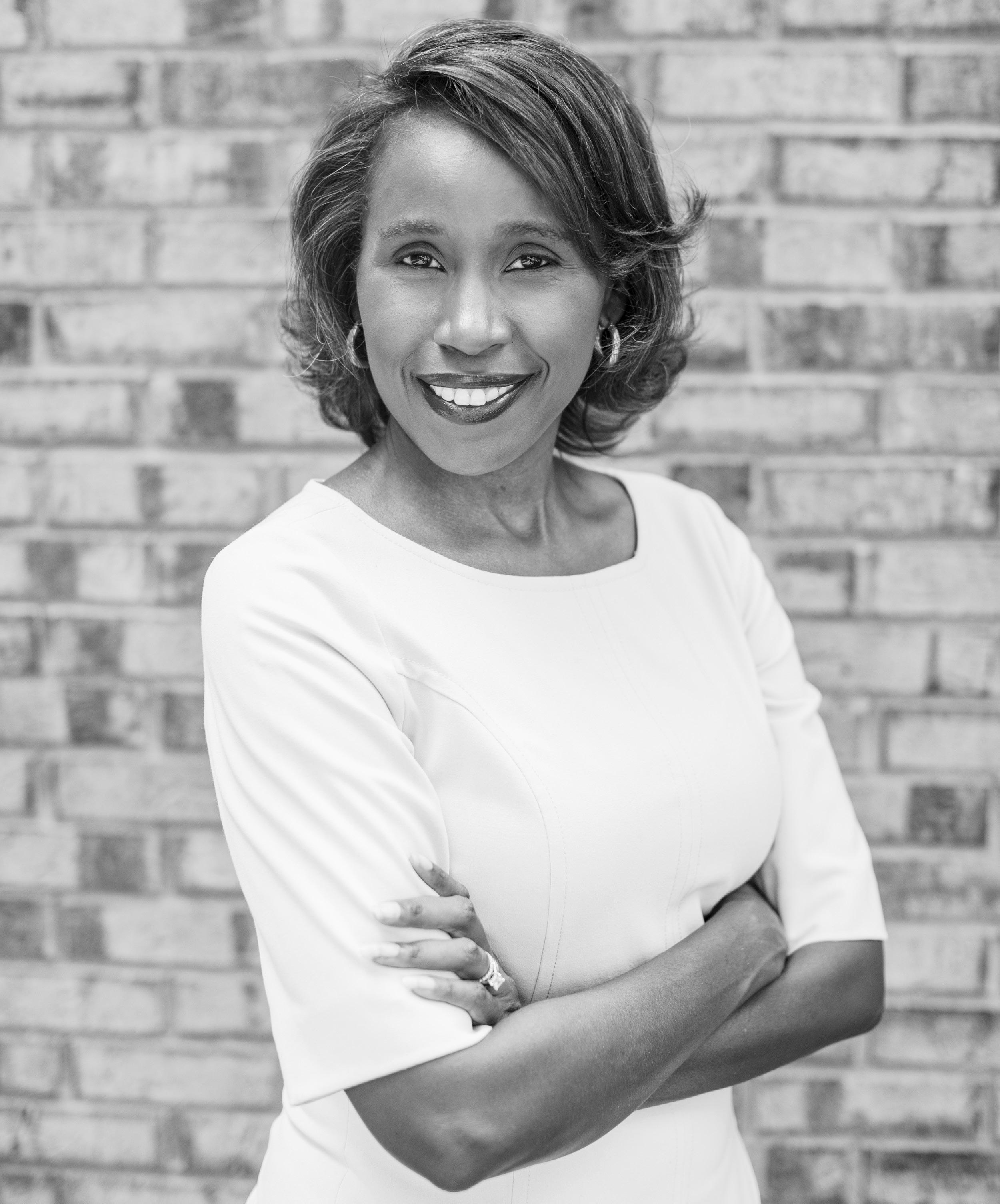
Dynamic, Energetic, Results-Oriented Corporate Trainer & Speaker, Ms. Brownlee Provides Thought Leadership in The Areas of Antiracism, Leadership, And Individual & Organizational Effectiveness.
Q: Can you share with our audience about your Fortune 500 corporate experience in project management and business strategy consulting?
DB: I started my career in the telecom industry and transitioned into management consulting after obtaining my MBA. As a business strategy consultant, I managed and supported large IT projects primarily in the media and entertainment sector. These roles were a natural fit for my academic and professional training (math, industrial engineering, business, project management) and provided invaluable real-life experience (and tons of hilarious anecdotes) for my next chapter – speaking, writing, and training.
Q: Why did you decide to become an entrepreneur?
DB: After about a decade of traditional corporate experience, I gravitated to the role of trainer/facilitator. This new role would afford me the opportunity to leverage my subject matter expertise but now instead of doing the work, I’d be teaching and guiding others. At this point in my career, I’d developed enough expertise to now consciously choose the type of work that I wanted to do, and I truly loved facilitating and training (which I’d done frequently during my work as a business strategy consultant), so I dove in headfirst. I’d also grown accustomed to a significant level of autonomy working with a high performing consulting team, so I wasn’t eager to transition back into a traditional, highly structured corporate setting. I knew I was an amazing trainer, so I decided to hang my own shingle and give it a shot. 18 years later I’m so glad I did.
Q: Tell us about what led to the writing of your book “Unwritten Rules About Managing Up”
DB: Most people tell me that it’s so hard to find a publisher. In my case, my publisher (Berrett-Koehler) found me. I’d been speaking on the general topic of “managing difficult bosses/personalities” for nearly a decade when a publisher reached out to me to tell me they wanted to attend my talk at an upcoming conference. I wrote the book pulling on many years of experience as a project manager having to satisfy and navigate many different senior leader personalities. I conducted a survey as part of my book research and was shocked to receive over 1100 responses in a few short weeks. There was a ton of interest in the topic. I definitely feel that managing up/managing challenging stakeholders is a real problem that doesn’t get discussed enough in public settings.
Q: What led to your decision to become an executive speaker?
DB: After focusing most of my entrepreneurial career in training, about five years ago I decided to pivot to focus more so on speaking. It was a slight pivot with tremendous upside. I’d essentially be taking some of the most exciting parts of my training session (usually the stories and anecdotes) and just repurpose them into a 1-2 hour talk (instead of a 5-6 hour training event). It made the events more exciting and less labor intensive. With two small kids at home, that slight shift in my business model made it easier for me to conduct an event out of town in the morning and still make it back for afternoon carpool.
Q: What is it about your job that most excites you?
DB: In the past few years, I’ve become much more of a writer. While
I’ve been published in many outlets over the years, I’ve been a Forbes Careers Senior Contributor for more than two years now, and it’s been quite thrilling actually. It’s such an honor to be able to participate in the national discourse on current events, trends, etc. as well as interview many leading voices and thought leaders on such a wide range of topics.
Q: What advice would you give to young women who want to purse their dream and start a business?
DB: I think that starting a business can sound glamorous, but it’s often harder than you think so I’d advise one to definitely pursue your passions but also be strategic and practical. Save at least enough to support yourself while the business is getting off the ground for the first year. Optimize your business model to maximize profitability (e.g., targeting corporations vs. individuals or developing offerings for groups vs. individuals, etc.). Remember that just because you’re great at something doesn’t mean that you can run a successful business doing it. Monetizing a skill or hobby isn’t the easiest thing in the world. That said, there are often great ways to turn a unique skill or talent into a profitable business. You just have to be methodical and strategic in determining what that business model should look like.
Q: Can you tell our audience one of your most memorable moments your career?
DB: I think that the first time I was quoted in The Wall Street Journal back in 2012 was pivotal for me. My business is focused around my subject matter expertise and credibility as a thought leader so my bio is everything. While I’d conducted training events and talks in several countries and I certainly knew my stuff, there’s a certain confidence that develops when you begin to be cited in major, well-respected publications. That specific article led to an appearance on CNN. Then over the years, I received citations in many publications like FastCompany, the Economist, Redbook, etc. and published articles in Working Mother, Entrepreneur, HuffPost and Forbes. In many ways it was my very first citation in The Wall Street Journal that boosted my confidence and allowed me to begin to truly view myself as a thought leader.
Q: Can you tell us how you manage your work life balance?
DB: I think that one of the biggest mistakes people make is allowing everyone else to dictate their calendar (then trying to find time for our personal priorities with what is left over). Instead, I try to flip the script and focus on my key commitments, then work everything else around those. One of my best moves though was deciding to work for myself. While entrepreneurship can be all consuming (particularly in the early years), it does typically offer tremendous autonomy and flexibility. I think that if one parent has tons of flexibility, it makes running a household (with children in particular) much easier. While I was single with no kids when I started my business in 2003, years later with a family I was really grateful to have the flexibility that entrepreneurship provides.


Kate is a speaker, author, and Emmy Award winning talk show host. Kate’s interviewed over 16,000 people, including U.S. Presidents, Fortune 500 CEOs, and Hall of Fame athletes.

Elinor is the CEO of Smooth Sale. She’s also an International Best-Selling and Evergreen Author, Top 1% Influencer, Inspirational Speaker.

Andrea Simon is a writer and photographer based in New York City. She has worked as an editor, writer, and manager on diverse projects, and was the co-owner of an editorial/production company that specialized in health-related educational materials.

MILLEN LIVIS is International Holistic Financial Independence mentor, International best-selling author, investor, and entrepreneur.

Dr. Janice McLean DeLoatch is a passionate advocate for entrepreneurs and women in the entertainment industry. She created the Women Songwriters Hall of Fame to honor women whose work represents the heritage and legacy of the world’s music songbook. She serves as the Founder, Chief Executive Officer, and Chairman. Janice is also a Tv Host, Radio Personality, Entrepreneur and Author.

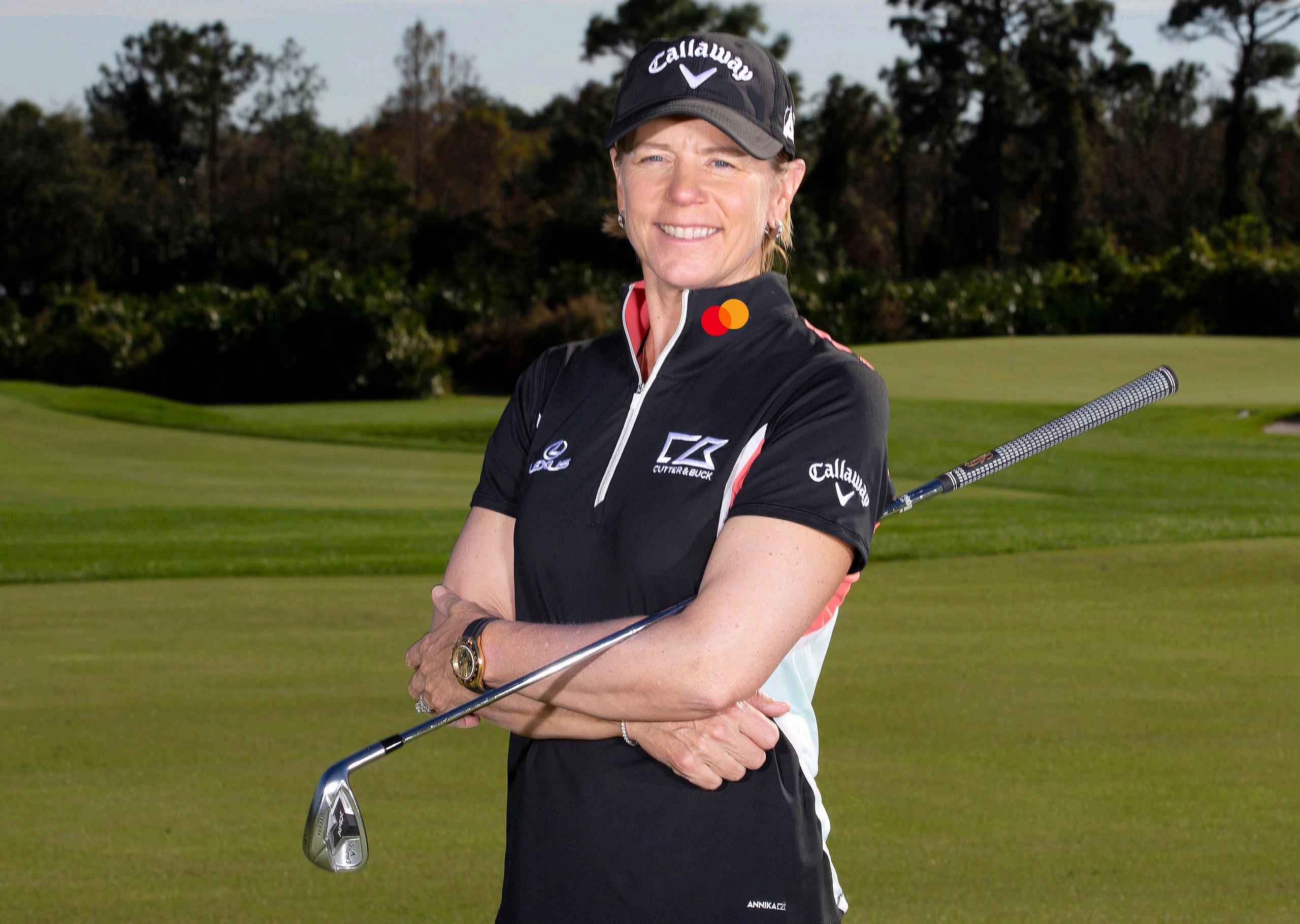

Annika is often regarded as the greatest female golfer of all-time. During her 15-year, Hall-of-Fame career, she rewrote the LPGA and Ladies European Tour record books, won countless awards, and changed the way women’s golf was played, viewed and covered.
She amassed over 90 worldwide victories, including 72 on the LPGA and 10 Major Championships. Annika holds a record number of Rolex Player of the Year awards (eight) and Vare Trophies for the lowest scoring average in a season (six). As the only female to break 60 in an official event, she has been nicknamed “Ms. 59.” Perhaps most notably, Annika received worldwide media attention
when she became the first woman in 58 years to play in a PGA TOUR event at the 2003 Colonial Invitational. Annika stepped away from professional golf after the 2008 season to focus on her family and the ANNIKA brand of businesses, which include the ANNIKA Collection of high-end women’s golf apparel and ANNIKA Course Design. In 2007, she created the ANNIKA Foundation, which provides golf opportunities at the junior, collegiate and professional levels while teaching young people the importance of living a healthy, active lifestyle through fitness and nutrition.
The Foundation annually conducts six major tourna-


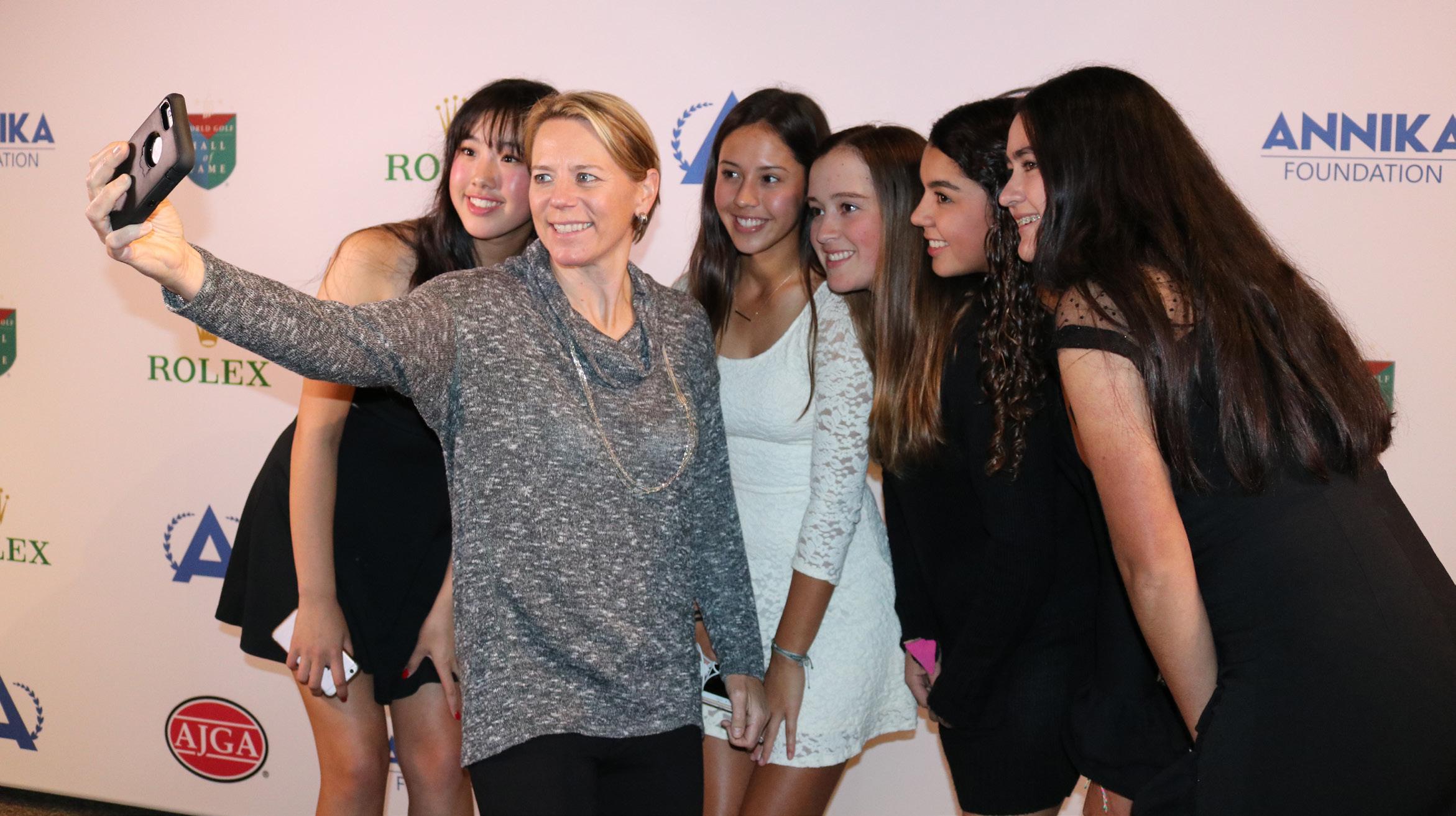
ments in the United States, Sweden (2), China, Argentina and New Zealand for aspiring junior girls along with the ANNIKA Intercollegiate presented by 3M, a college tournament featuring 12 top Division I schools. It has annually enjoyed the strongest field in all of college golf since its inception. With the support of Stifel and the Haskins Commission, the Foundation created the ANNIKA Award presented by Stifel in 2014, which is given annually to the best collegiate female golfer.
Her global success in golf and knowledge of business has enabled her to become the first and only female golfer to create a successful brand of businesses, as featured in Duane Knapp’s book BrandStrategy, Inc. Annika’s brand has also been featured in Brandweek, the New York Times, Fortune Magazine, SportsBusiness Journal, Success Magazine, USA Today, and Wine Spectator to name a few non-golf publications.
Annika still tops the LPGA’s All Time Money List despite not competing since the 2008 season. She represented Europe as a player in eight Solheim Cups, as a vice-captain three times and captained the European team in 2017. Annika has received many accolades throughout her life. She was the recipient of the Patty Berg Award in 2003 for her contributions to women’s
golf. She was the Associated Press Female Athlete of the Year from 2003-2005, and the Golf Writers Association of America Female Athlete of the Year in 1995, 1997 and from 2000-2005. In 2008, Annika joined Arnold Palmer as only the second Ambassador of the United States Golf Association. She and Jack Nicklaus were named Global Ambassadors by the International Golf Federation to help with golf’s successful bid for inclusion in the 2016 Olympic Games. Annika won the USGA’s prestigious Bob Jones Award in 2011, which is presented annually to someone with distinct character on and off the course. In 2013, she was named the First Lady of Golf by the PGA of America. The following year the LPGA, in partnership with Rolex, created the Rolex ANNIKA Major Award. It recognizes the player who, during a current LPGA season, has the most outstanding record in all five major championships. In 2015, Annika was named the top female athlete of all-time in her home country of Sweden. In 2016 Annika received the KPMG Inspire Greatness Award from the KPMG Women’s Leadership Summit advisory council, with the support of the PGA of America and the LPGA. In 2016 Annika received the Lifetime Achievement Award for her contributions to the business of golf at the HSBC Golf Business Summit. She is also the
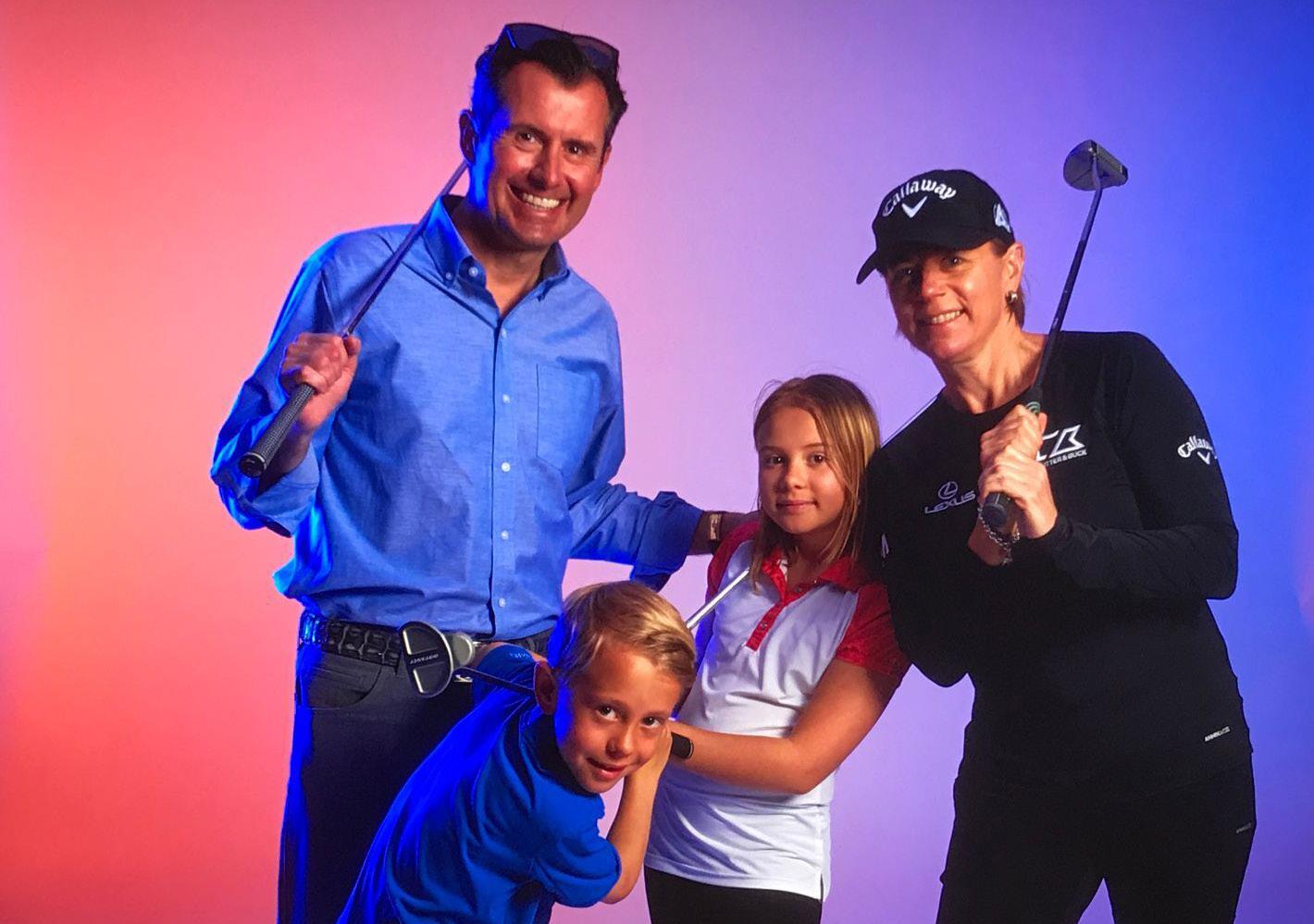
first female golfer and only the third female in sport to receive the Presidential Medal of Freedom.
Annika is a very popular motivational speaker and many corporate executives, CEOs and meeting planners utilize her talents to entertain important clients, reward top performing employees, and build camaraderie amongst their teams. Annika is a driven, leader with a vast network of contacts throughout the world of business, sports, and entertainment.
In addition to expanding her brand and growing the game, Annika and her husband, Mike McGee, have two children, Ava (9/1/09) and Will (3/21/11). Annika represents world-class companies like 3M, AHEAD, Callaway, Cutter & Buck, Cabot Saint Lucia, Golfing World, Lexus, Mastercard and Rolex. Her Twitter handle is @ Annika59 and Instagram handle is @annikas59. For more information: www.annikafoundation.org.
Q: You started playing Golf at a young age, what
inspired you to pursue it professionally?
AS: As a kid, I loved all sports. I played soccer, badminton, did downhill skiing and my first love was tennis. I didn’t start playing golf until the age of 12 and was introduced to it because my parents played a lot. My sister, Charlotta and I would ride my parents’ pull carts like a horse and get ice cream at the turn. I didn’t take it seriously until the age of 16. That’s when I focused on golf, rather than tennis.
Fellow Swede, Liselotte Neumann won the US Women’s Open in 1988 and that really inspired me. If she could do it from our small country, why couldn’t I? I continued to work hard and went to the University of Arizona on a golf scholarship and after two years there I decided it was time to turn professional and give it a shot.
Q: For those in our audience not familiar with the Annika Foundation, tell us what kind of opportunities it provides for young women.
AS: We started the ANNIKA Foundation in 2007 to
provide golf opportunities at the junior, collegiate and professional levels while teaching young people the importance of living a healthy, active lifestyle through fitness and nutrition. It has partnered with key organizations to promote healthy, active lifestyles for children. Some initiatives are SPARK, the Florida Hospital for Children in support of its Healthy 100 Kids initiative and The First Tee in development of the Nine Healthy Habits curriculum for children.
The Foundation annually conducts six major golf events for aspiring junior girls. They are the award-winning AJGA tournament, the ANNIKA Invitational presented by Rolex at the World Golf Village in St. Augustine, Fla.; the ANNIKA Invitational at Mission Hills, the first all-girls junior tournament in China; the ANNIKA Invitational in Europe; and the ANNIKA Cup, a team event for the top juniors in Sweden. In partnership with The R&A, the Women’s Amateur Latin America, and the ANNIKA Invitational Australasia at the famed Royal Wellington Golf Club in Wellington, New Zealand.
With the support of Stifel, the Haskins Commission and Golfweek, the Foundation created the ANNIKA Award Presented By Stifel in 2014. It is given annually to the best collegiate female golfer. In concert with the award, the Foundation launched the ANNIKA Intercollegiate Presented By 3M, a college tournament featuring 12 of the top Division I schools. This tournament takes place at Royal Golf Club and has had the strongest field in all of college golf since its inception.
Q: Have any of your alumnae gone on to pursue a professional career in Golf?
AS: Each year we have over 600 girls from over 50 different countries compete in our global events. We have had over 60 of our alumnae play on the LPGA Tour, and over 150 on the Symetra Tour.
Q: You’ve accomplished so much as a Professional Golfer, Businesswoman, and mentor to many young women. Has it been a smooth road?
AS: I think the lessons I have learned from golf certainly
apply to life. It teaches you integrity, how to overcome adversity, how to make goals and accomplish them. There are a lot of correlations. Each day brings you new challenges. Some days you get good breaks and some days bad ones. I stepped away in 2008, which in hindsight was a difficult time to start businesses. There have been ups and downs and we have learned a lot. I enjoy working with my husband, Mike on all of our businesses. We have a great team around us, and we have narrowed our focus to the foundation, the ANNIKA Collection of clothing with Cutter & Buck, and golf course design.
Q: What’s one lesson you’ve learned in your career that you can share with our audience?
AS: My dad taught me when I was a young girl that there are no shortcuts to success. It was raining and I didn’t feel like practicing, so I called my Dad to pick me up. As we drove out of the course, we passed the driving range, and there were still kids hitting balls in the rain. My dad turned to me and said that to me. I will never forget that, and it still drives me to this day.
Q: Can you tell us one of your most memorable moments in your career?
AS: I have been fortunate to have a lot of very memorable events of which I’m proud. I would say shooting a 59 in 2001, playing against the men on the PGA TOUR in 2003 at Colonial, and being inducted into the World Golf Hall of Fame.
Q: What advice would you give to young women who want to succeed in the workplace?
AS: I would tell young ladies in the workforce to find their passion. Life is too short to do something you don’t love. Work hard and put in the time. Again, there are no shortcuts to success. Surround yourselves with good people and network as much as possible.
Q: What’s the most interesting thing about you that we wouldn’t learn from your resume alone?
AS: I am a normal Mom and wife. I love to hang with our family and kids. I cook probably six nights a week and love it. I enjoy housework and chores and am constantly busy.

Hello Everyone,
I’m excited to announce the launch of my travel blog titled … TravelDestinations.Me
For those of you who know me, you’re already aware that, along with my bucket list, there are experiences in life that are especially important to me. These are things my wife and I enjoy doing together, like our weekly volunteer work, trying different fine dining restaurants, attending concerts, and checking out headliner comedians.
Personally, as a lifelong musician, I have always enjoyed doing benefit performances. During the holidays, I’m honored and privileged to perform for the elderly and young children who cannot be home for the holidays.
One bucket list item that my wife and I just can’t get enough of is travel. After many years of traveling, I thought it was time to start a blog. Our goal is to visit a minimum of 50 countries (we’re almost there). We’ve had some awesome experiences in countries like Australia, New Zealand, Ireland, Russia, India, Israel, Jordan, Egypt, Cuba, and many others.
Our other travel goal is to tour the USA twice! Our first tour of the US that we have finished has included famous attractions in each state along with Hall of Fames (Football, Baseball, Basketball, Rock n Roll, etc.), attending a Supreme Court session, glacier landing in Alaska, and visiting presidential libraries. In our second go around, we look forward to seeing more of the USA.
So, I thought it would be appropriate to share a series of blogs of my past experiences I have had over the years with you, titled Best Travel Memories
Rich Borell Founder & Publisher

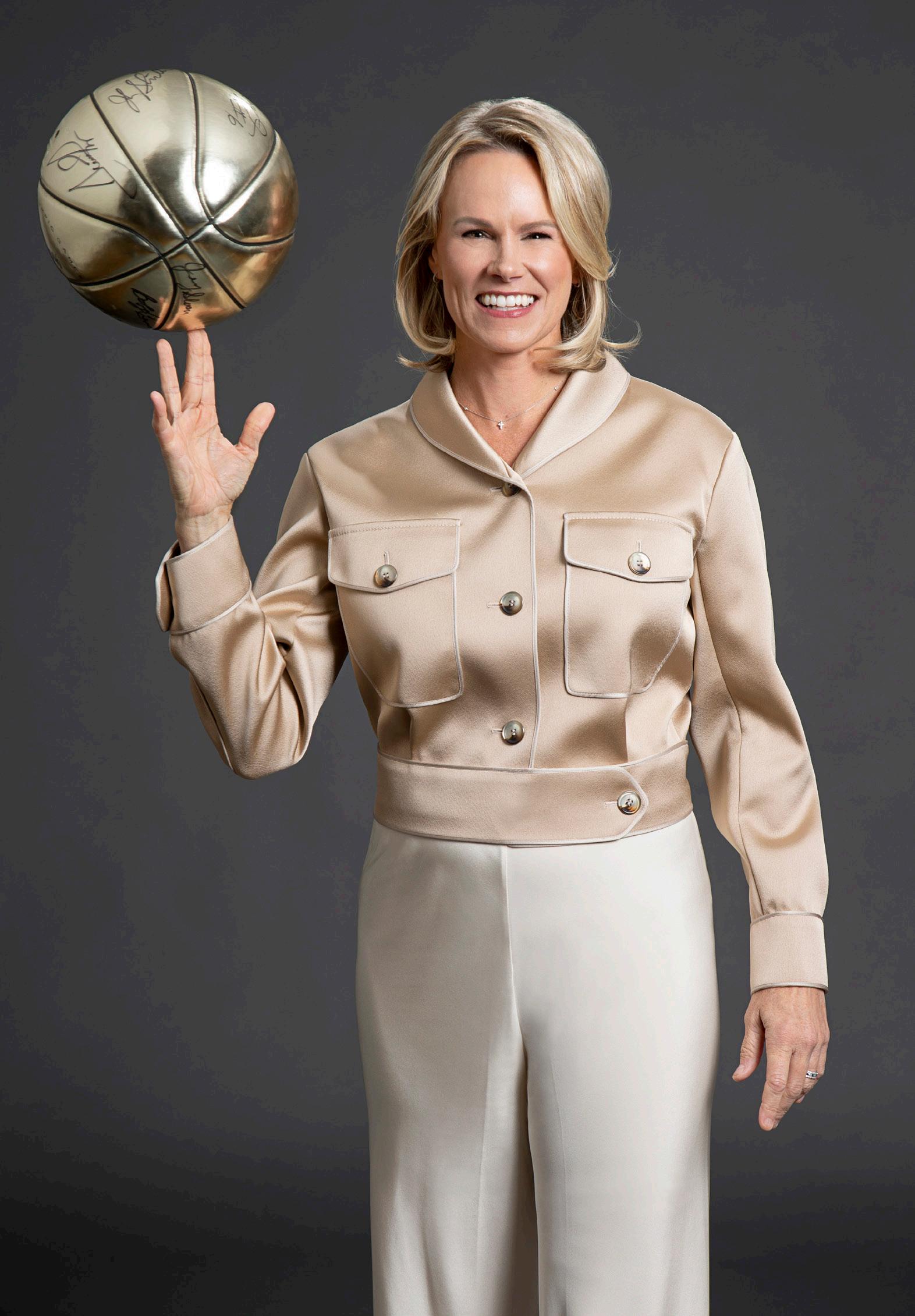
Q: You acknowledge that you’re a trailblazer. For women entering the sports agent field, do you feel that there are any fewer hurdles to overcome than when you started? If so, what are they?
MF: I would say there are fewer hurdles, but they still exist. Visibility matters and I think seeing other women thrive in the space has opened the doors for others and broken down some of the barriers. Overall, I think people are starting to understand the business value of diversity. Sports has been slow to evolve, but now we are seeing women in the front office and on coaching staffs. That’s important, because for today’s athletes that’s now the norm not the exception. We still have a ways to go, but there is a powerful shift happening!
Q: Your website mentions working with big egos. What is the most powerful skill to possess when guiding a talent toward what’s most beneficial in the long run versus what might provide immediate gratification?
Joins Us To Talk About Her Career as a Sports Agent & Motivational Professional
MF: It all starts with the ability to connect with people, and I think you do that by showing up, adding value and shooting straight. In the world of pro sports, it’s easy for athletes to get surrounded by “yes” people. As an agent, you have to be able to tell your clients what they need to hear, not just what they want to hear. Storytelling is a powerful vehicle because it helps show them why it’s important to play the long game. If you give them real examples of the “one and done” who focused on the short-term gain or made bad decisions in the moment, they connect with that. Most athletes made it to this level because of their discipline, so helping them understand they might have to make short term sacrifices for long term gain is something they understand.
Q: If you were still a sports agent today, what do you think you would miss most about the way business was done when you first entered the field?
MF: When I started in the space, there was no social media. It obviously has tremendous advantages in terms of being able to tell your story, connect with your fans, and get deals—but I think most of us can relate to having days where we wish it didn’t exist! It’s definitely an added pressure for them to navigate.
Q: How many of your athlete clients are still your clients today?
MF: I no longer represent clients as a sports agent; however, I am grateful to stay connected with most personally as friends. Today I spend the majority of my time as a speaker, author, podcast host, and founder of the Game Changer Training company.
Q: 60+ keynotes a year! Tell us about your time management, i.e., your Energy Clock–how you balance your personal and work lives?
MF: I don’t love the word “balance” because I think it creates a lot of unrealistic expectations and guilt for people. I am big on energy management more so than time management. Energy management starts with clarity around what matters most to you, and then having the discipline to say “yes” or no” based on the clarity you have created. In my book, The Energy Clock, I walk people through an energy audit to help you get clear on what gives you energy and what drains your energy and how to make the adjustments you need to make. The book was a result of my own experiences being overscheduled, working 24/7, and feeling at times like I wasn’t my best self with the people in my life who mattered most. If you don’t decide where your energy goes, the world decides for you.
Q: Has there been a client with whom you just couldn’t connect? How did you negotiate your separation and what might you have done differently?
MF: Yes, earlier in my career there was one or two but not many thankfully. Whenever you feel disconnected, I see that as a signal to shift from defensive-
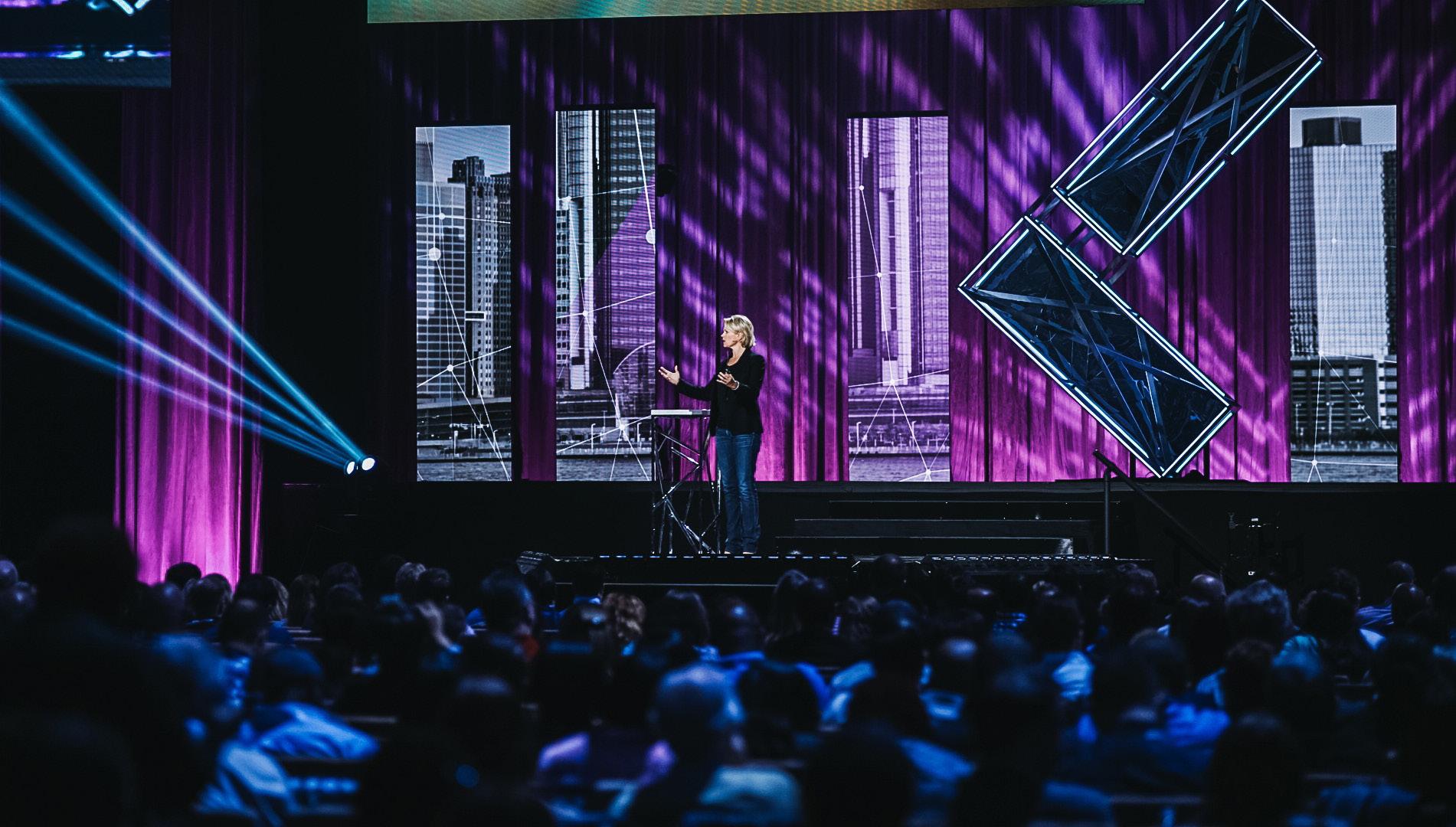

ness to curiosity. It’s easy to get defensive in those moments; it’s much more productive to get curious. Curiosity creates connection. You also have to be willing to embrace difficult conversations so that you can attempt to align on expectations and move forward. And know that sometimes, it’s OK to walk away.
Q: Do you expect your online training to continue post pandemic?
MF: Absolutely. Nothing is more important to me than meeting people where they are and the demand for learning is higher than ever. For individuals, we will continue to offer our virtual group coaching program, Game Changer Leadership Huddles, and we will be launching our first on demand course in 2022! For organizations, we’ll continue to offer both our Game Changer Negotiation Training and The Energized Leader Training virtually and in person.
Q: Who have been a few of your favorite guests on your podcast, Game Changers with Molly Fletcher, and why?
MF: Now this is a tough one! We’ve been blessed with so many amazing guests and there’s nothing better than getting the emails, texts, and comments from listeners about how a conversation impacted them personally. But to answer your question, Matthew McConaughey was special, because he was so engaged, so present and so real. The conversations I’ve had with coaches like Dabo Swinney (Clemson), Tom Izzo (Michigan State) and Geno Auriemma (University of Connecticut) were so enlightening from a leadership perspective—just their authenticity and willingness to share, you really see why they are so successful. I always love getting inside the mindset of world class athletes, like soccer star Carli Lloyd, WNBA champion Candace Parker, NFL Hall of Famer Tony Gonzalez, and World Series champion Dansby Swanson. And given the amount of
“Molly Fletcher leading a Game Changer Negotiation Training™ workshop based off of her experience negotiating over $500 Million in contracts a sports agent.”
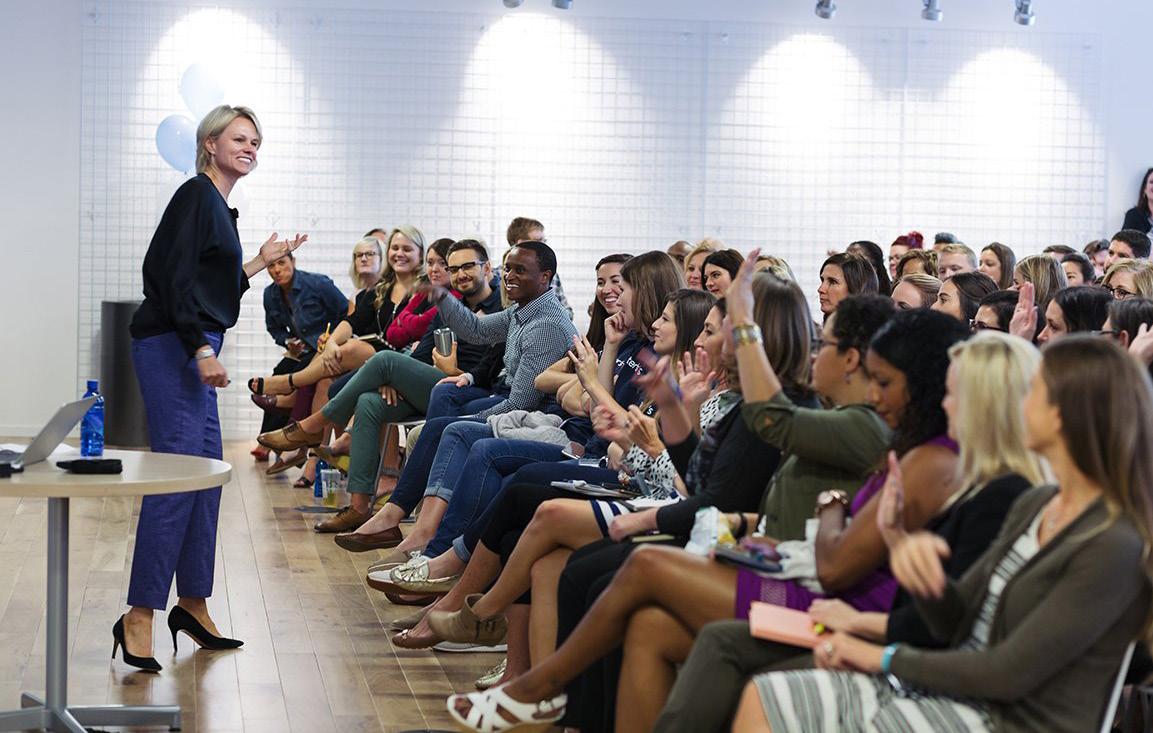
resilience needed in our world right now, I’d also recommend my conversations with Angela Duckworth on grit and Inky Johnson on overcoming adversity. It’s almost like the last one is my favorite because the insight, inspiration, perspective from all our guests is just awesome and to share these conversations with the world is what it is all about! I guess you have to listen to them all!
Q: You have addressed some very noteworthy big businesses. What’s the best way for an individual or small company to access your skills and knowledge?
MF: We work with organizations of all sizes! Beyond keynote speaking and training, there are lots of ways to engage. My podcast, Game Changers with Molly Fletcher, is a great free resource for anyone who wants to up their game. I’ve written five books, most recently The Energy Clock, and we’ll be launching our first on-demand digital courses in 2022. My website mollyfletcher.com is
the best place to start and you can follow me on all the social media channels @MollyFletcher for more free content!
Q: How do you keep your own delivery sharp and which of your programs trains others how to stay on top of their game?
MF: I take the athlete mindset to preparation! I do a lot of reps and spend a lot of time preparing on the front end. Every keynote is customized to address the behavior change we are driving for with the audience—that’s important to me. All of our programs at the core are about helping people up their game—whether that’s a keynote, a digital course, or our negotiation and energy management training. Stay tuned for our first on demand course, coming out in 2022!
